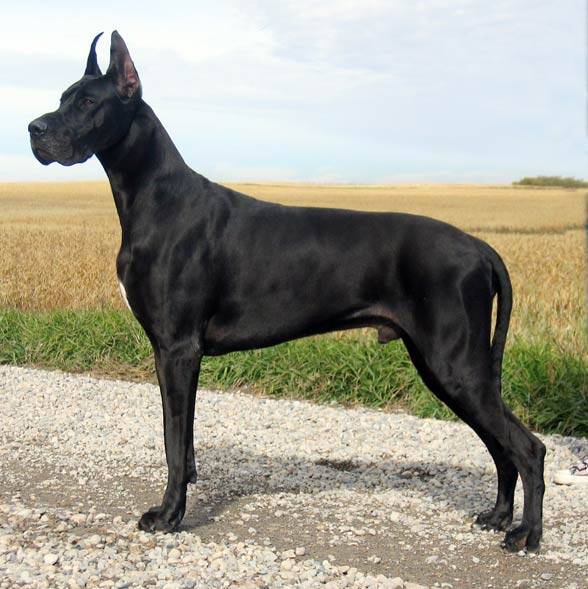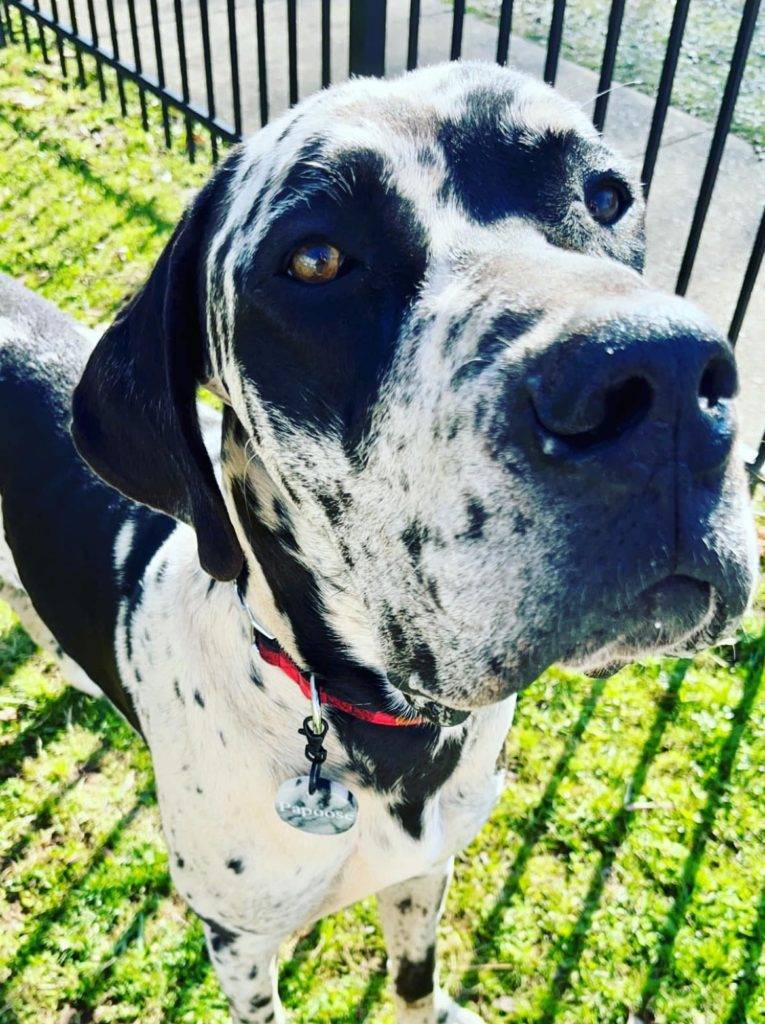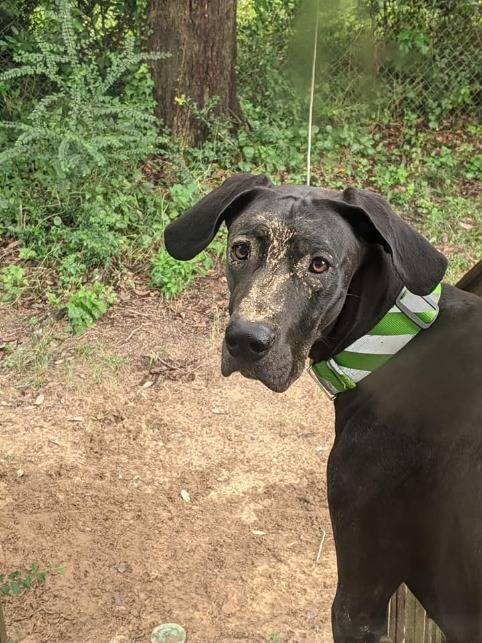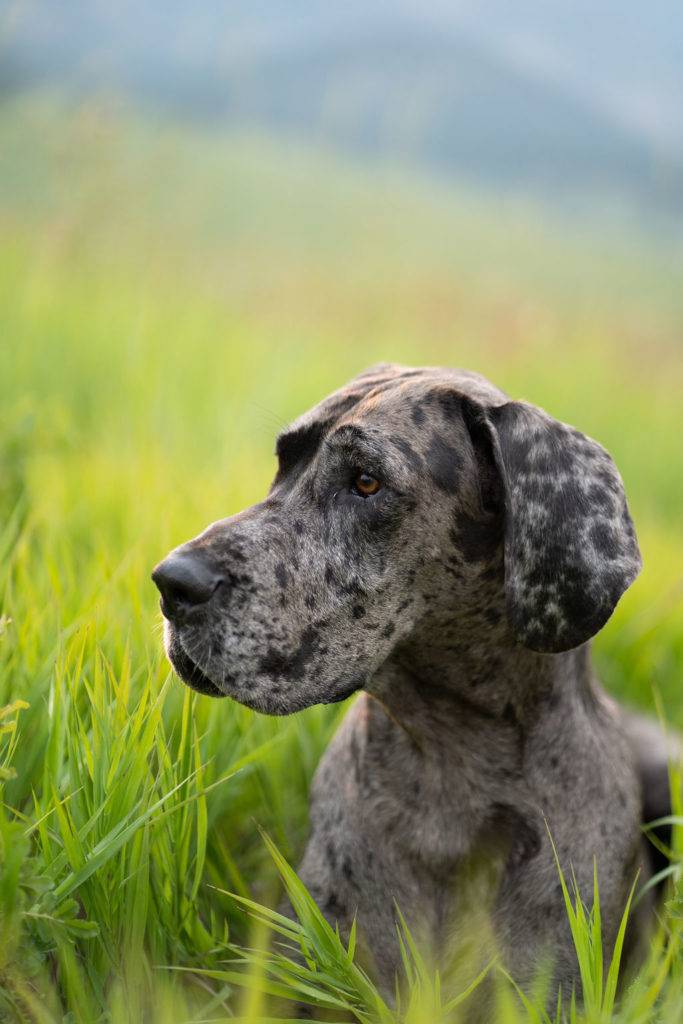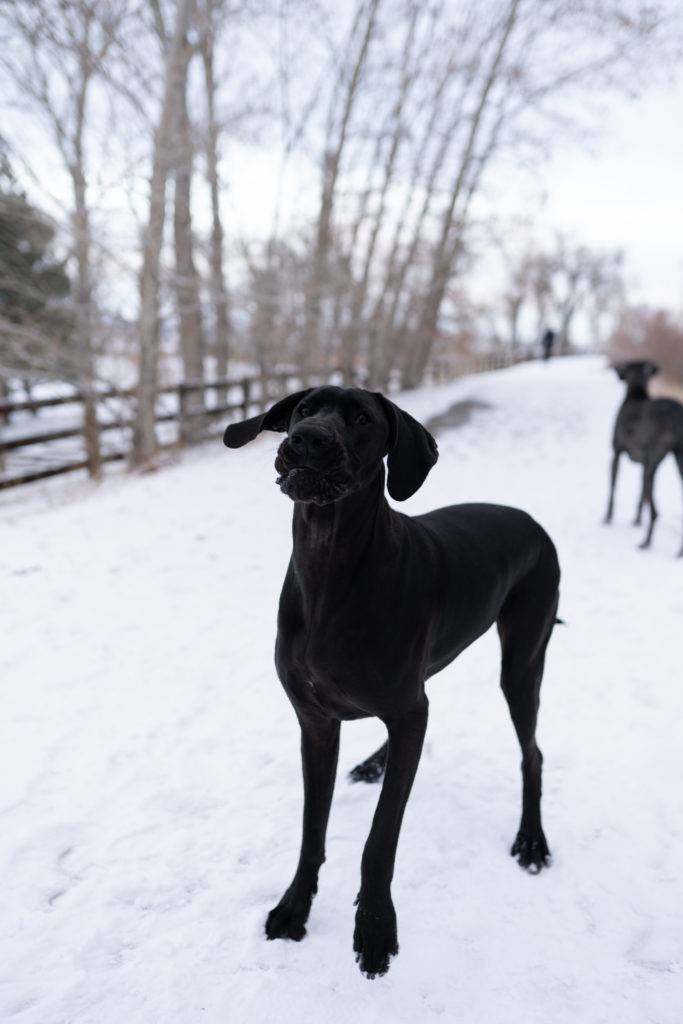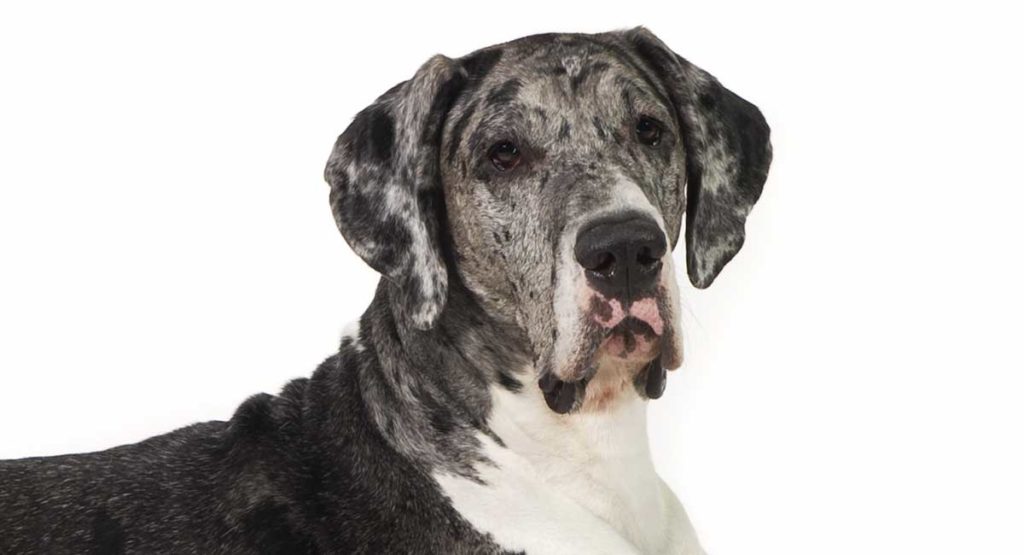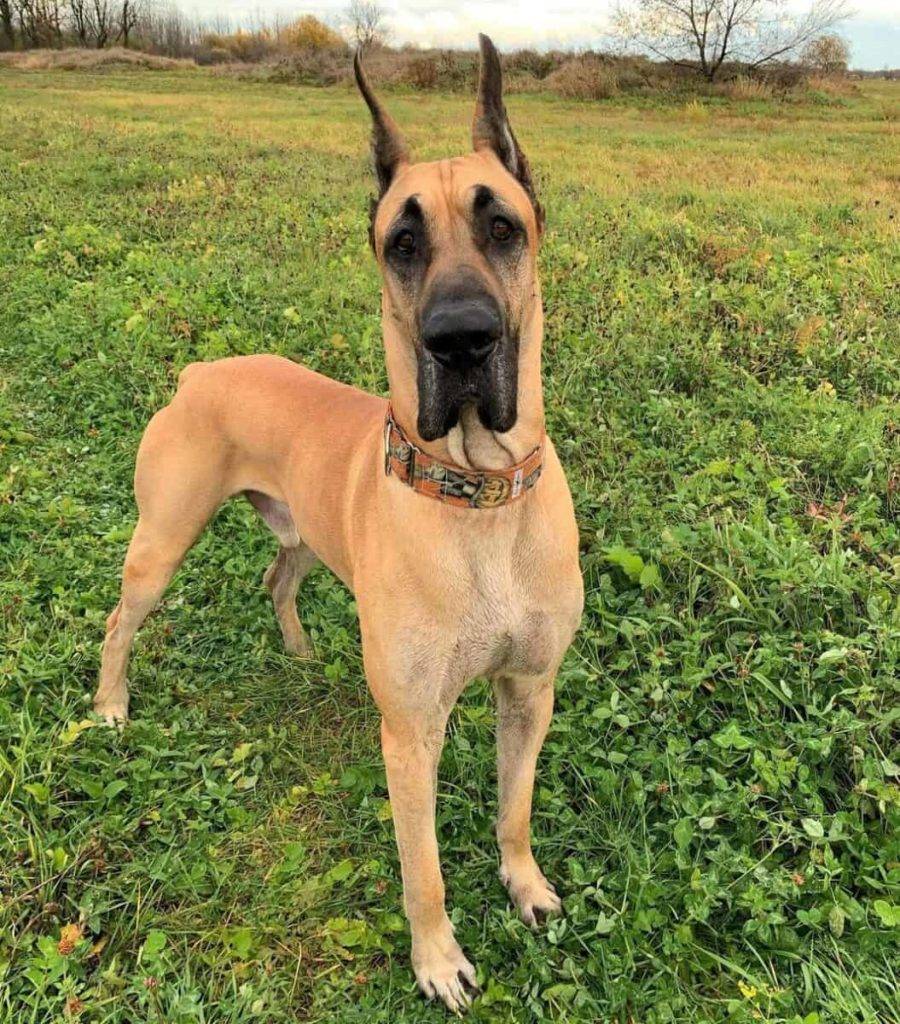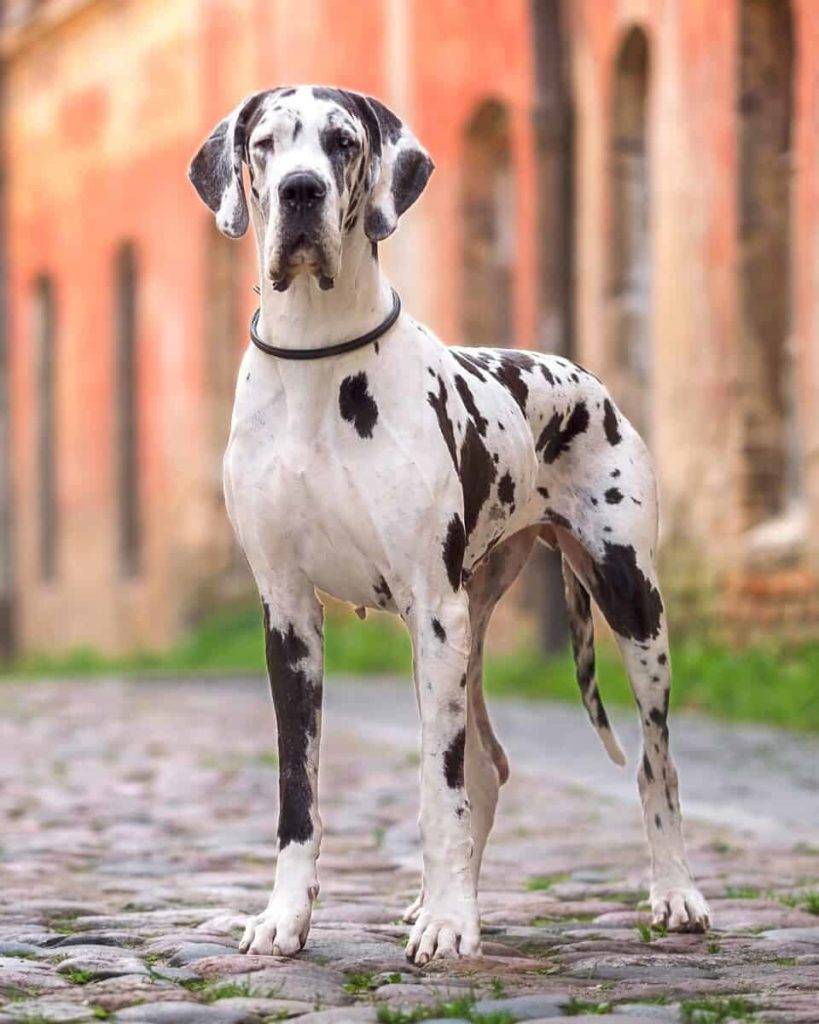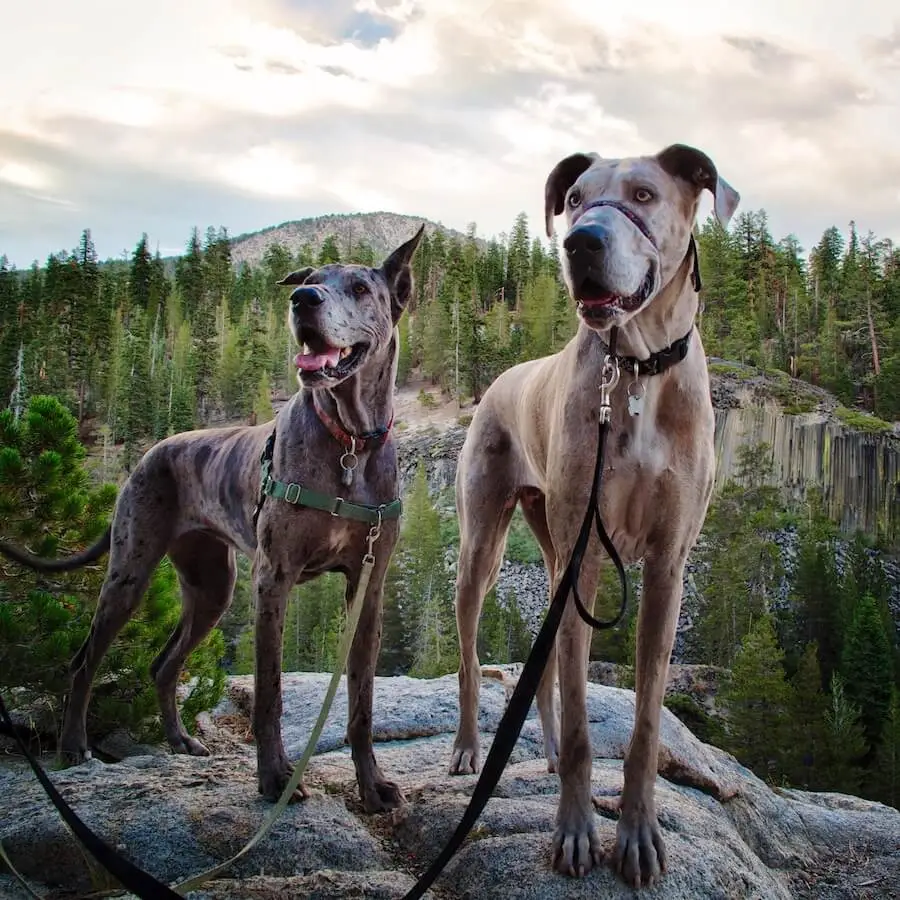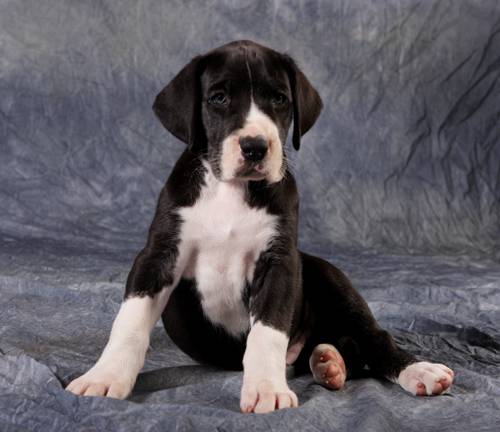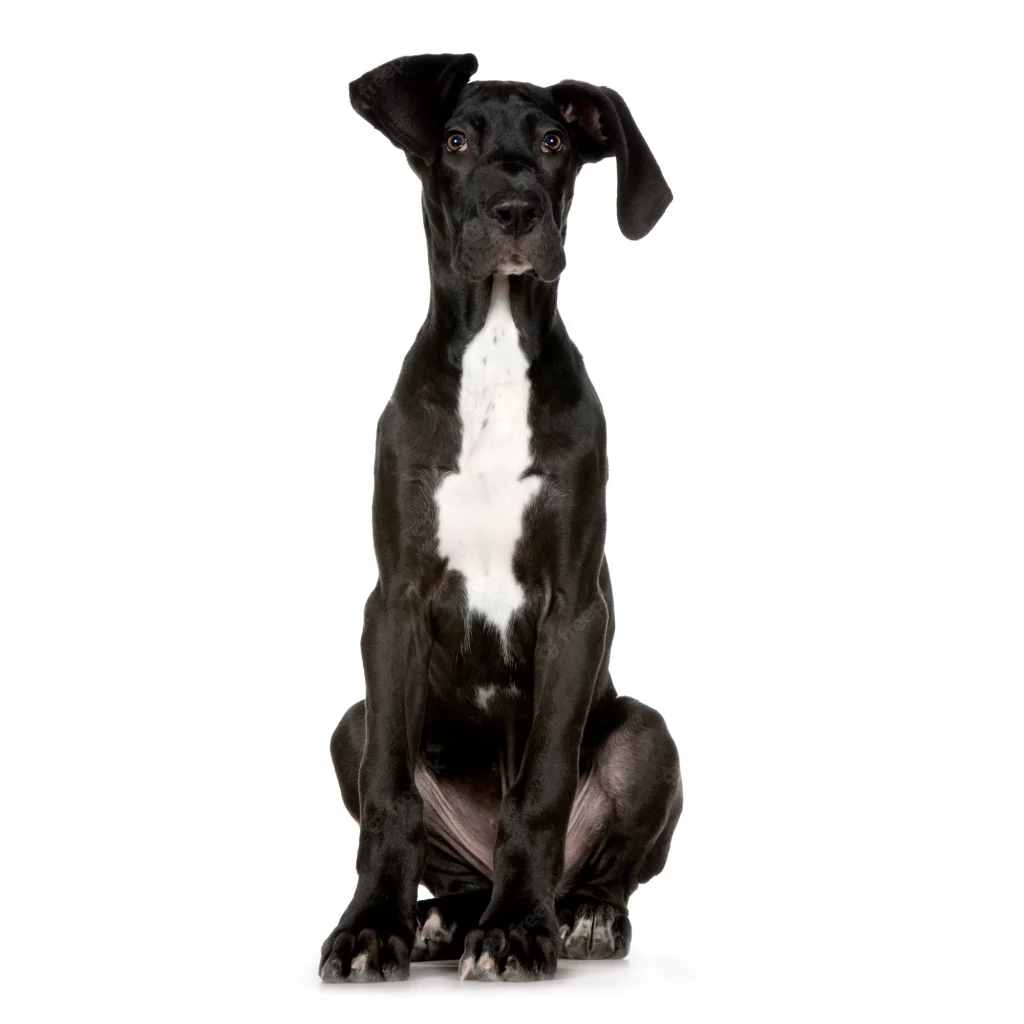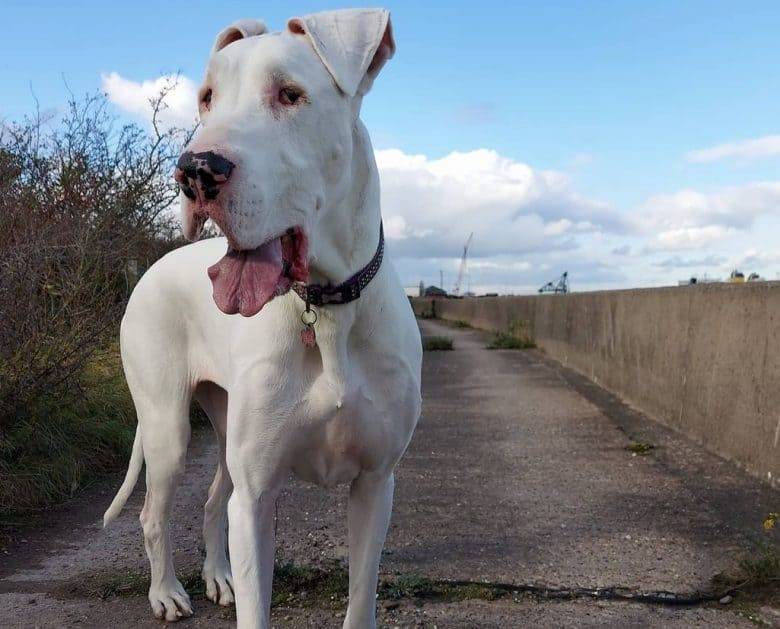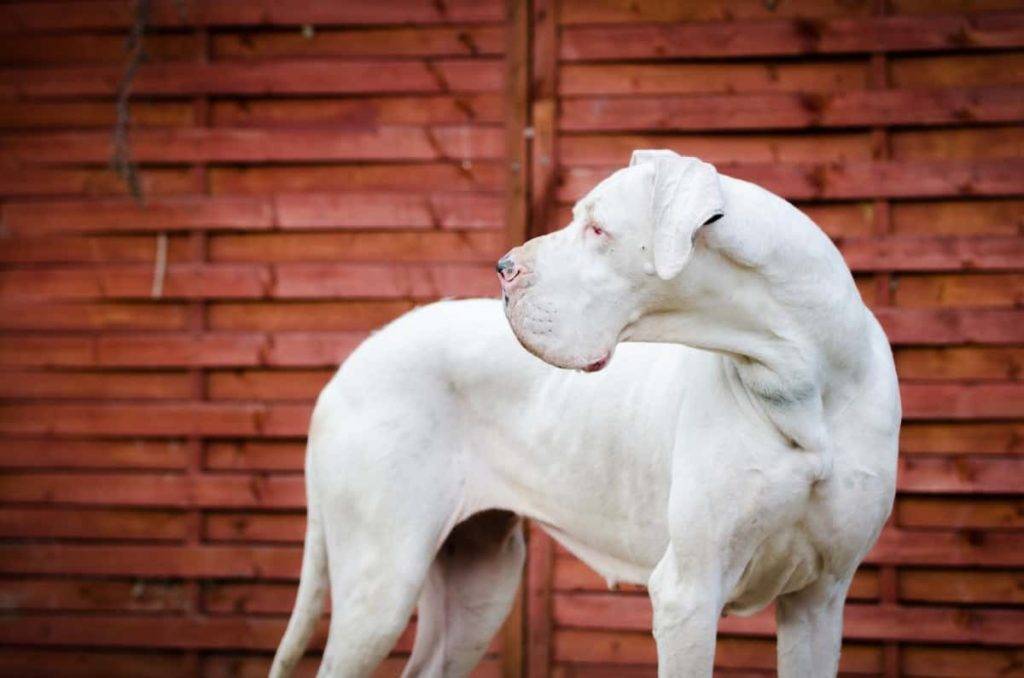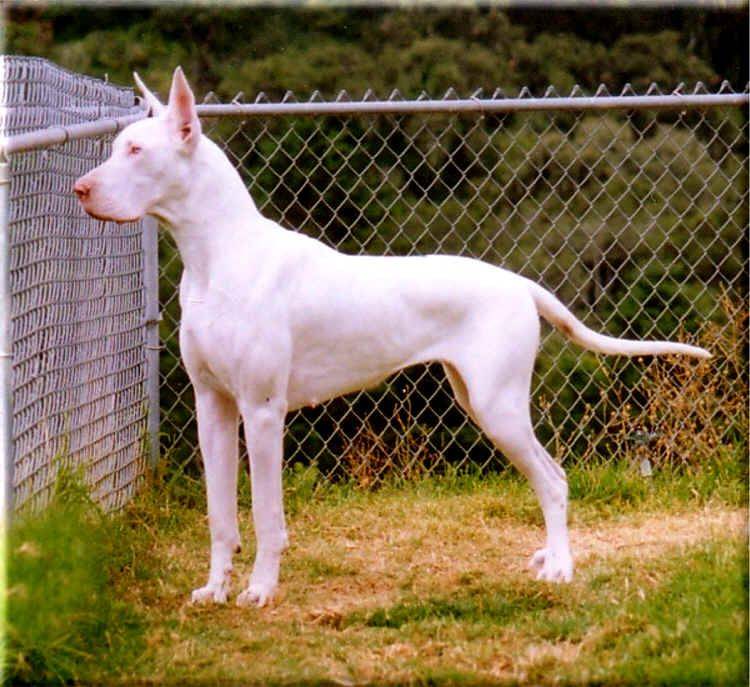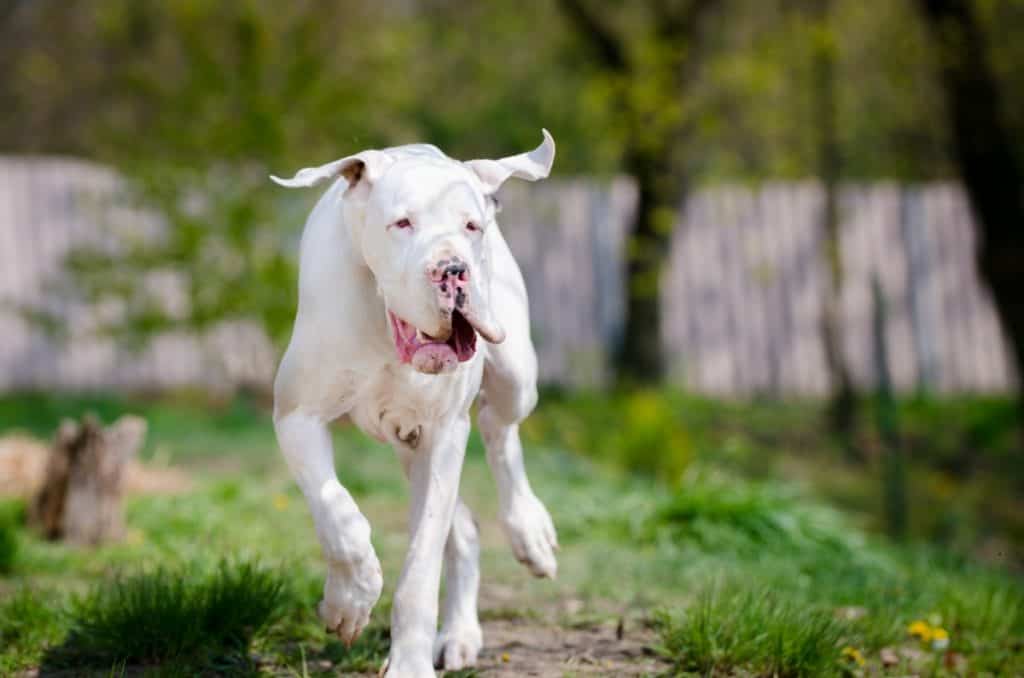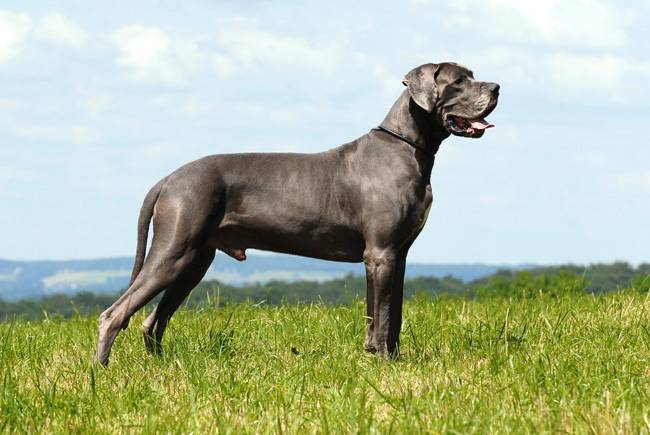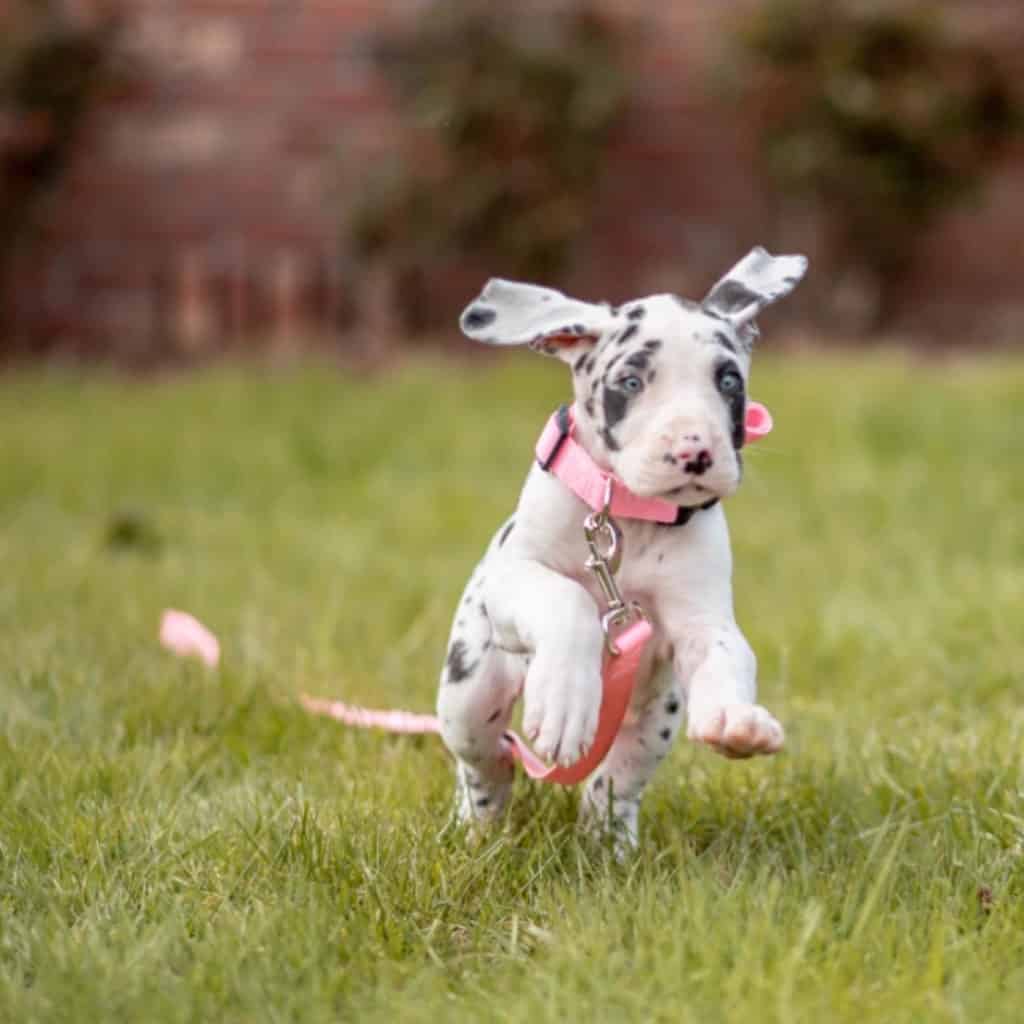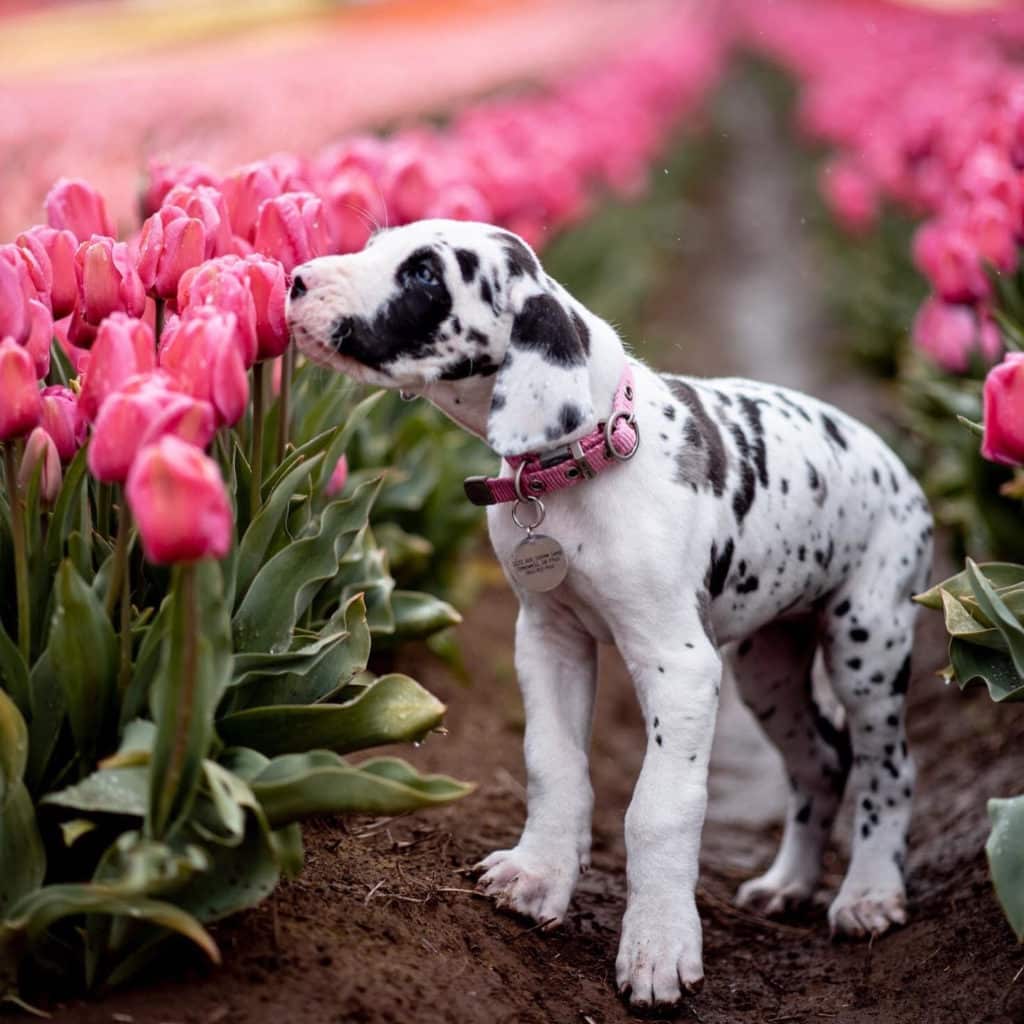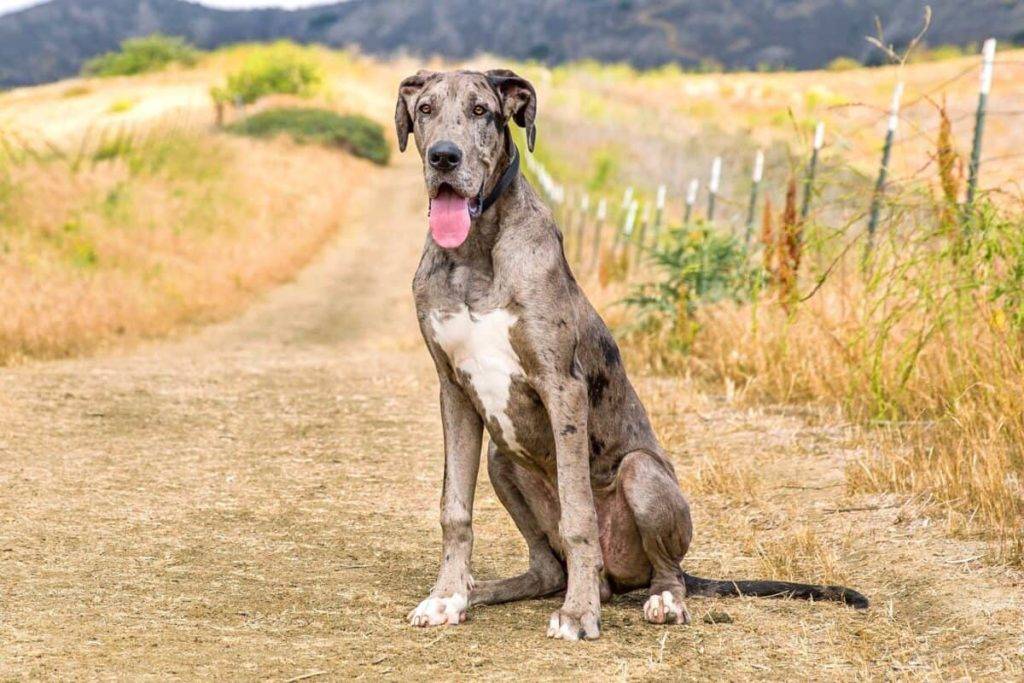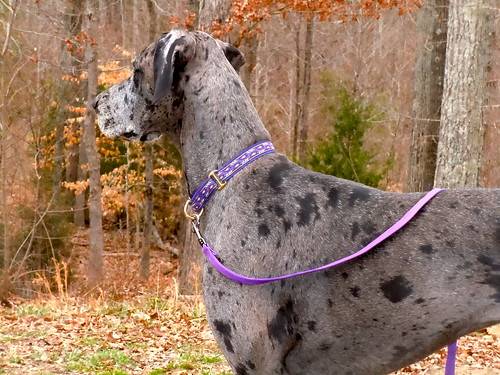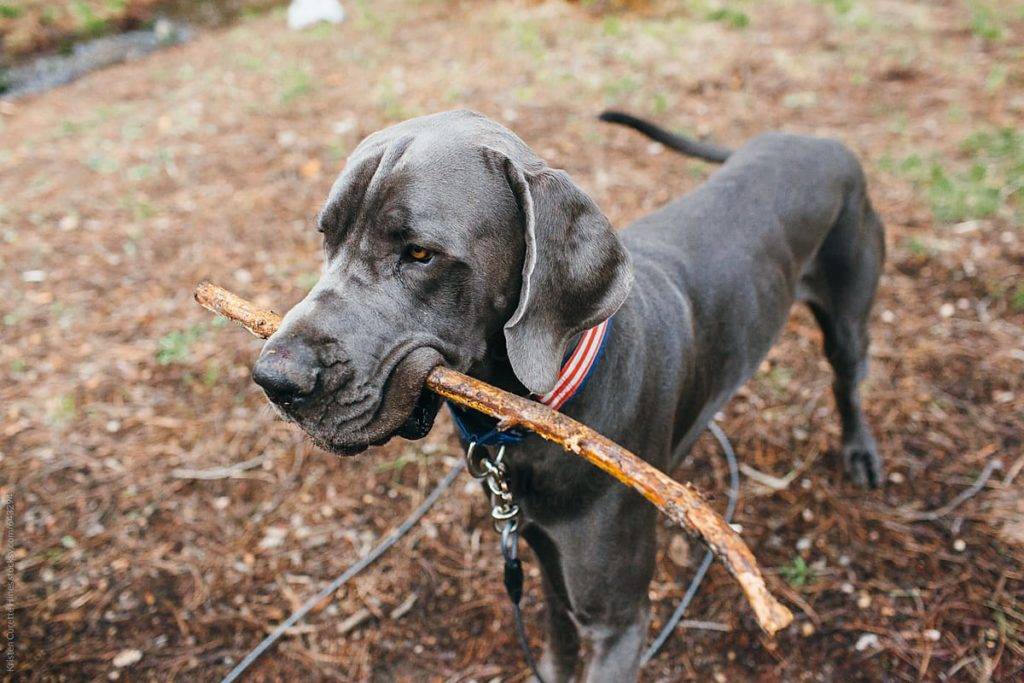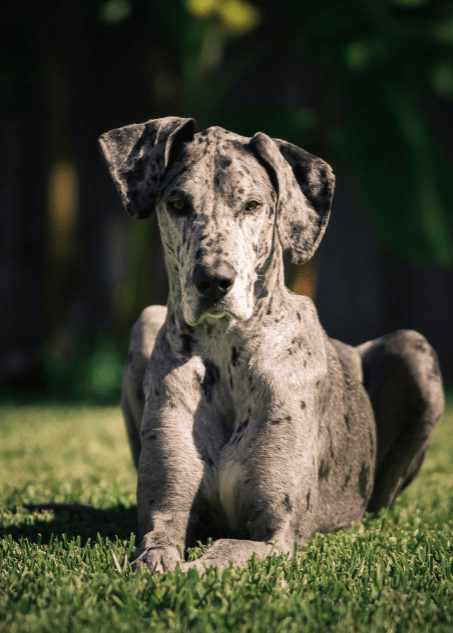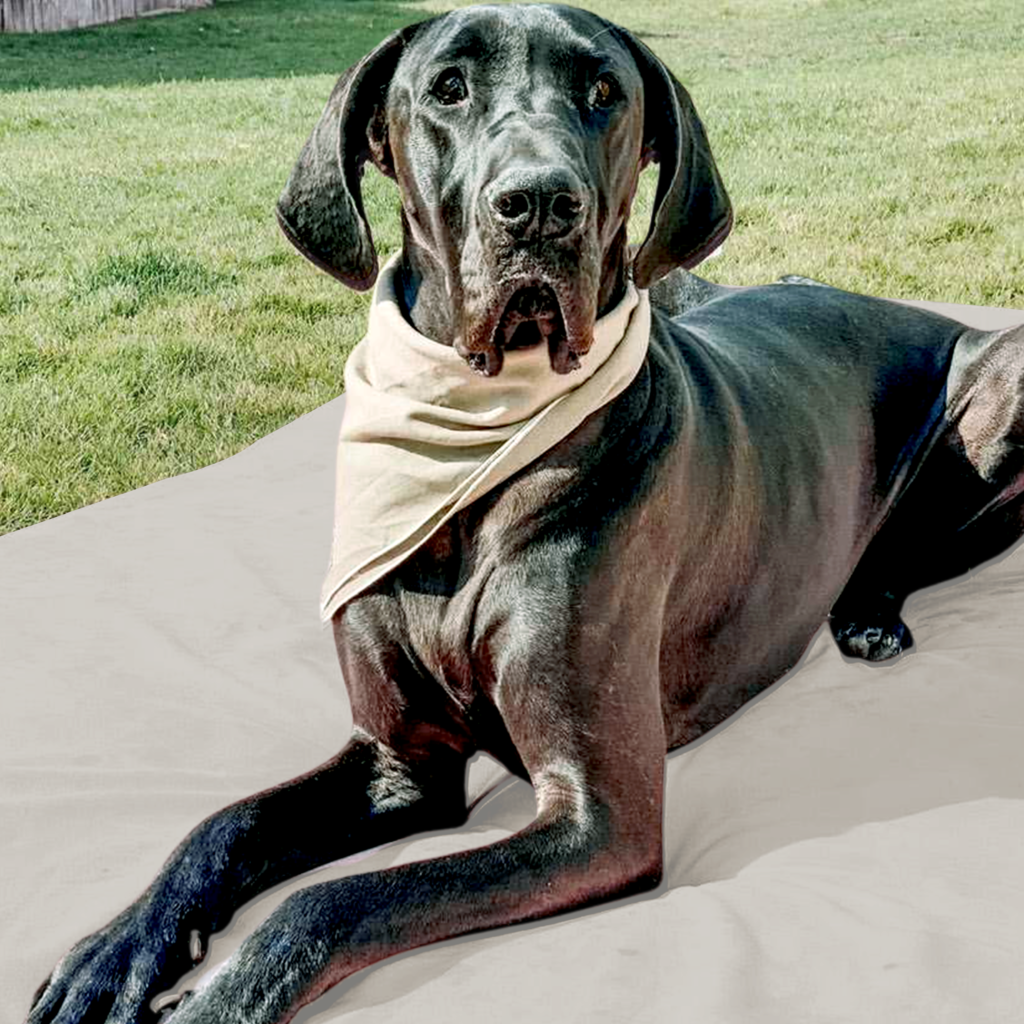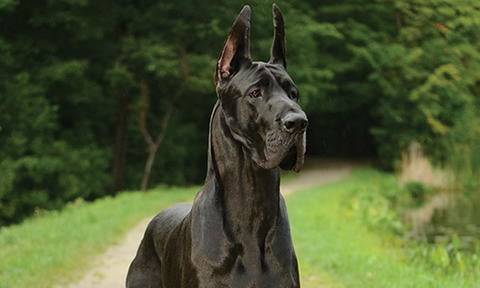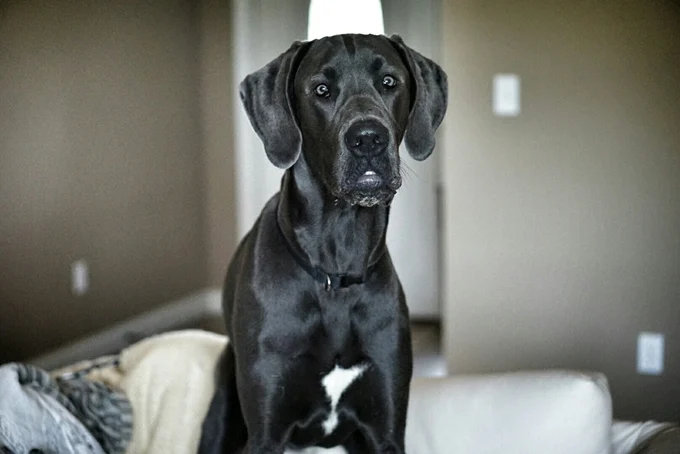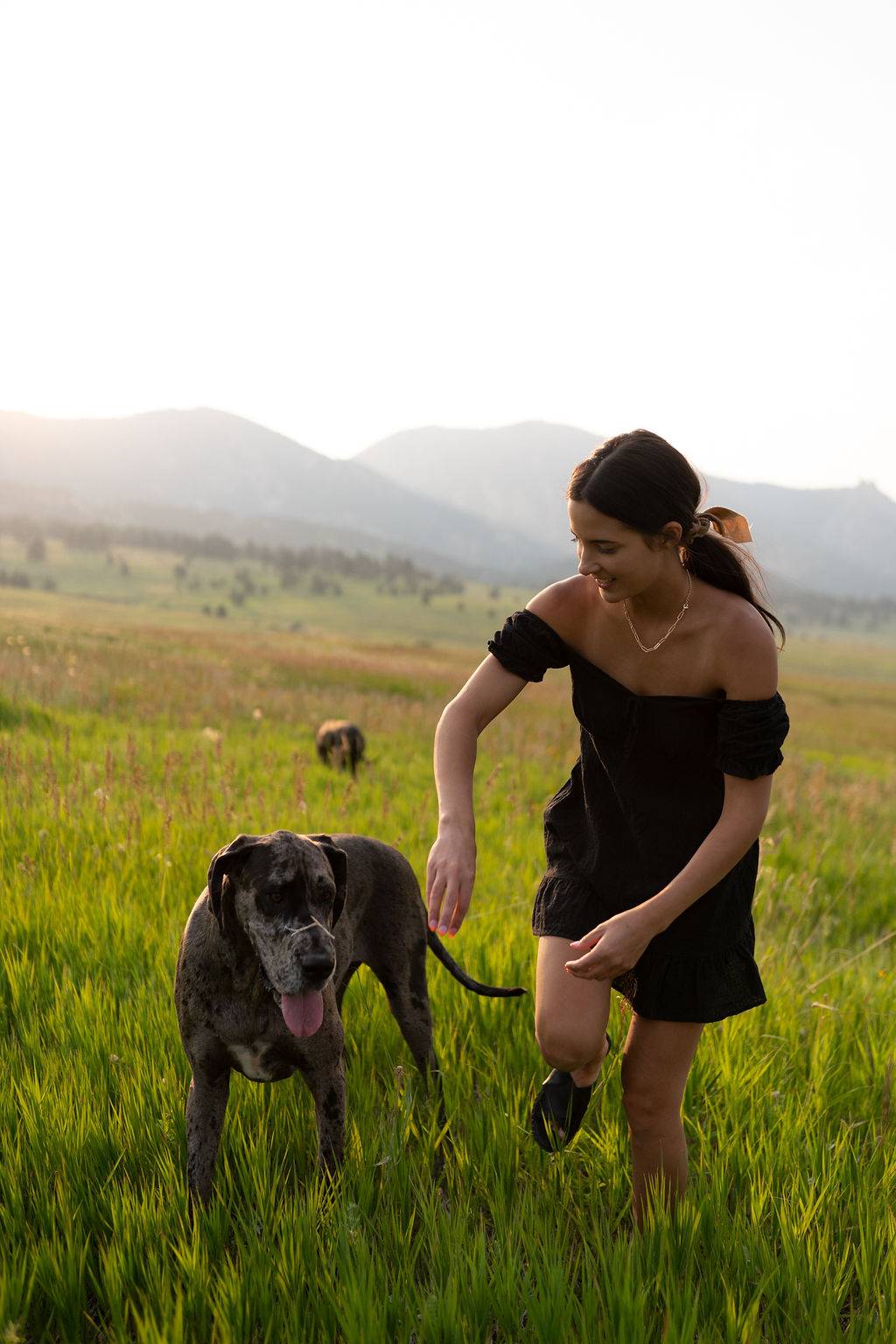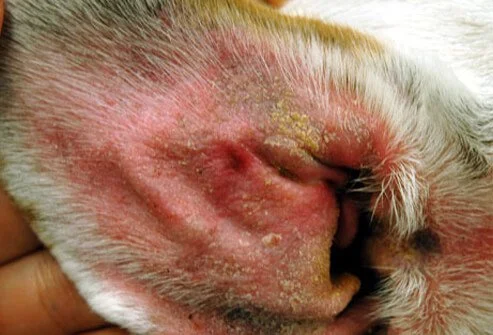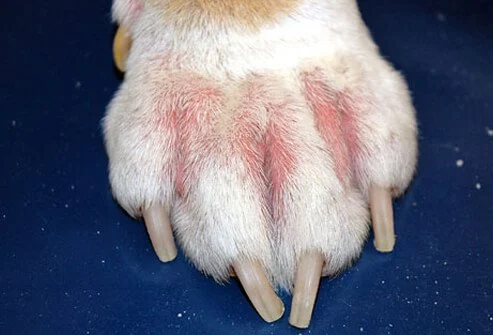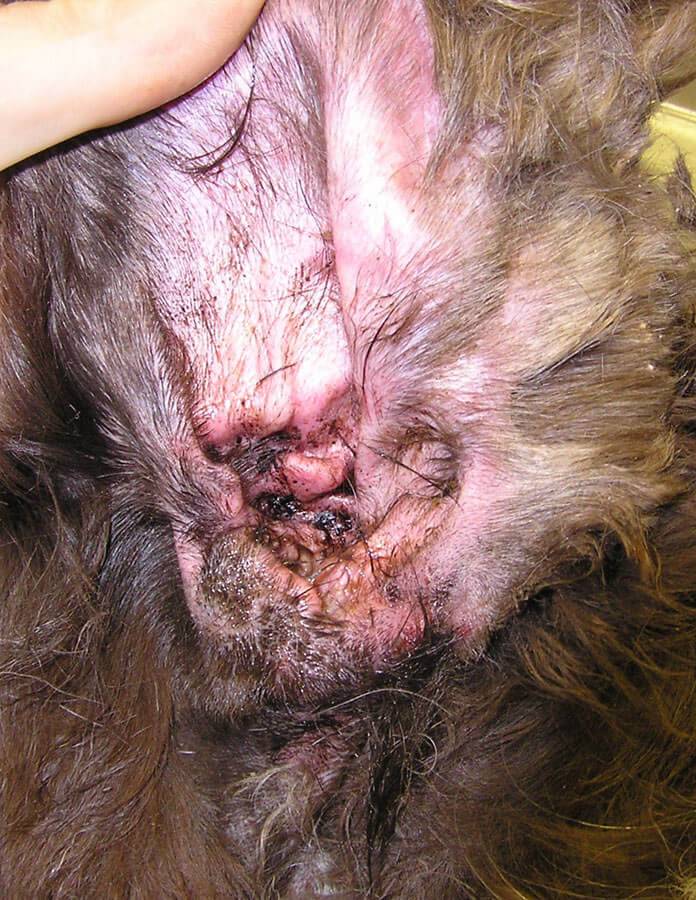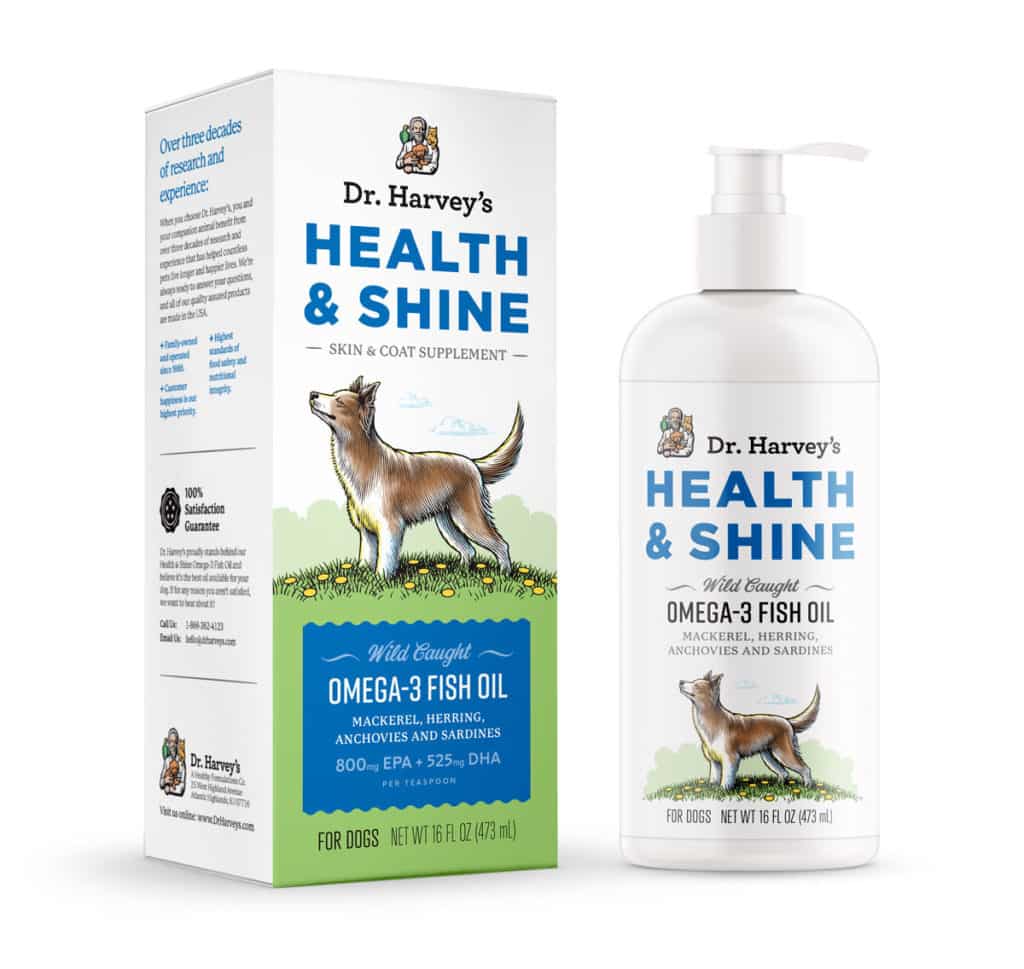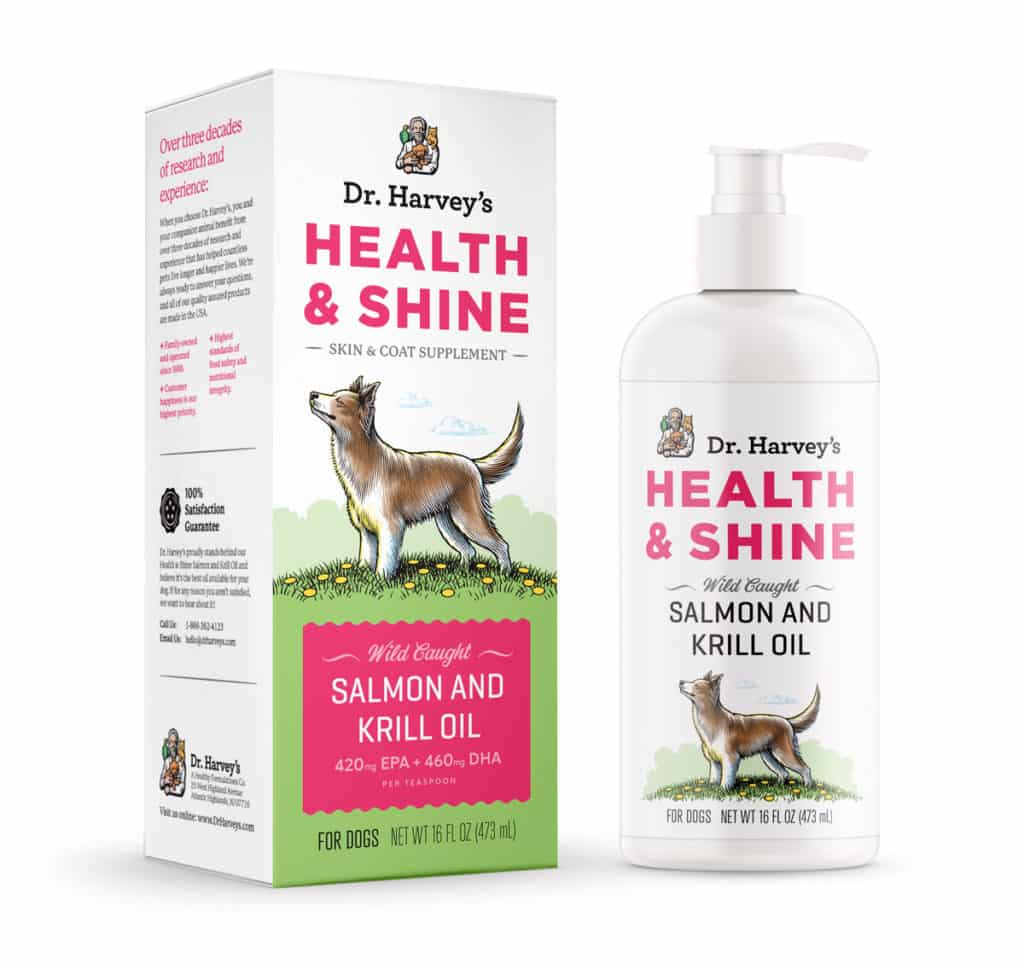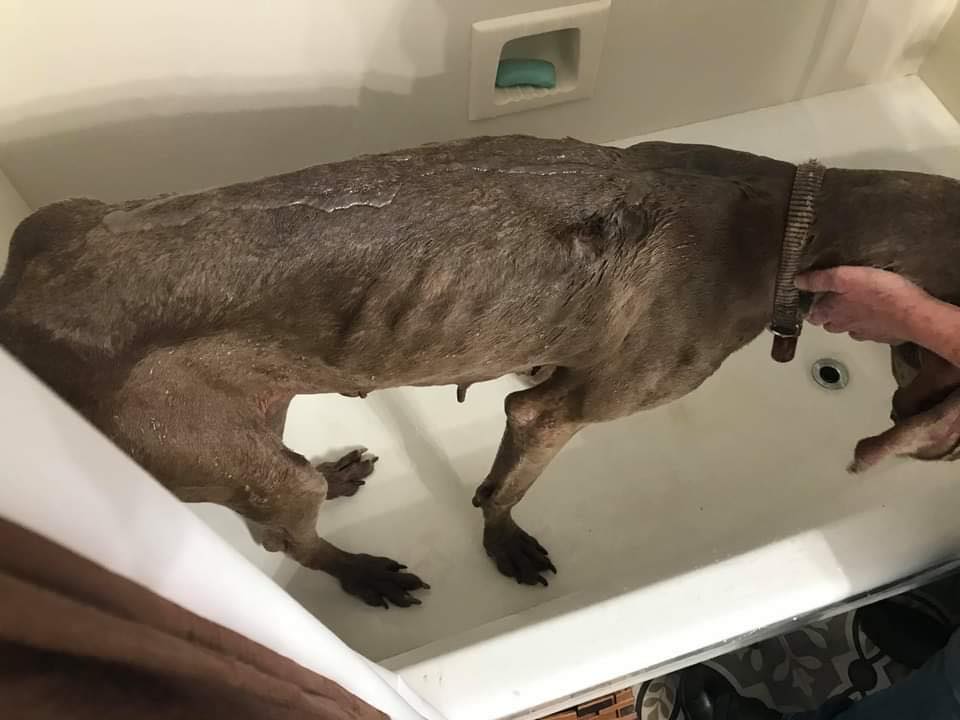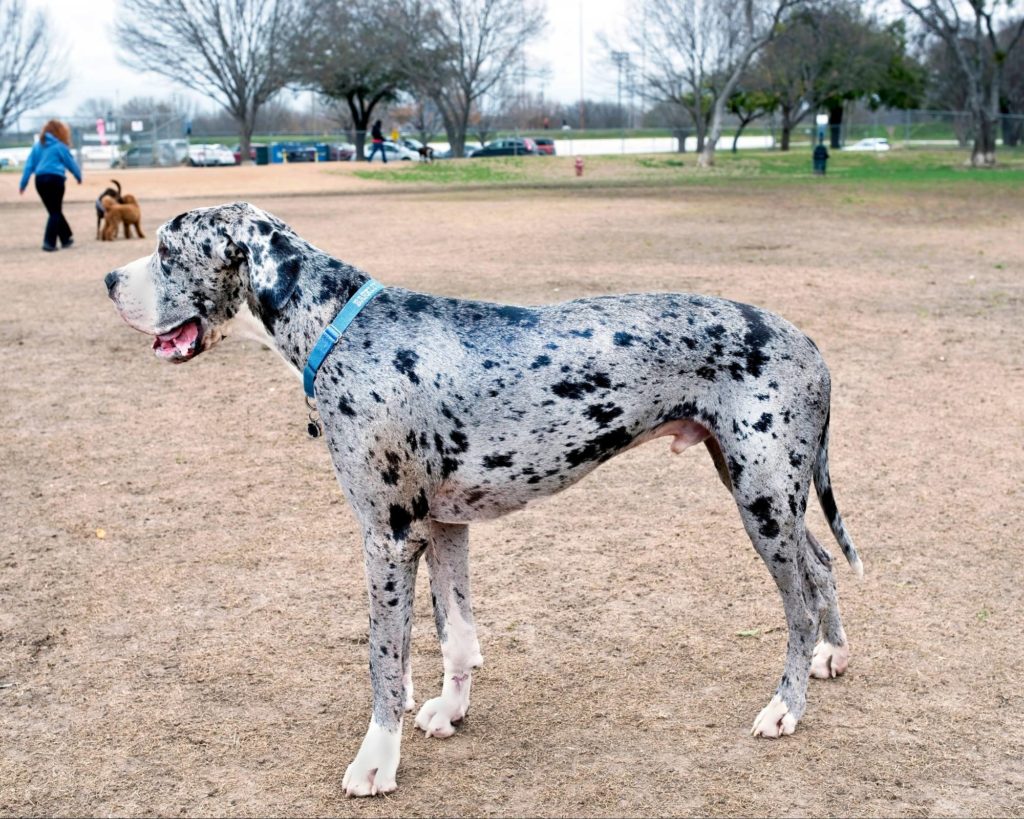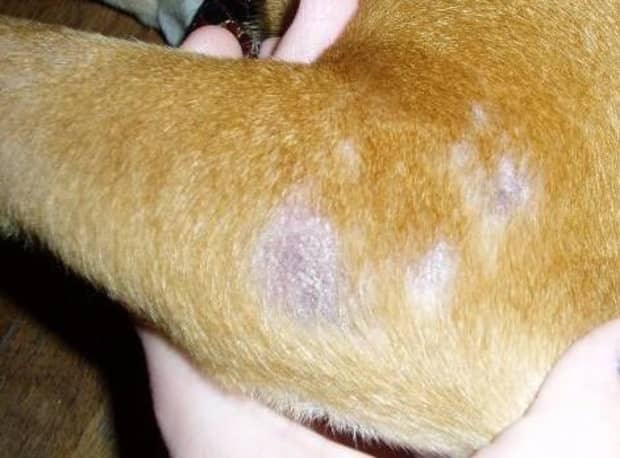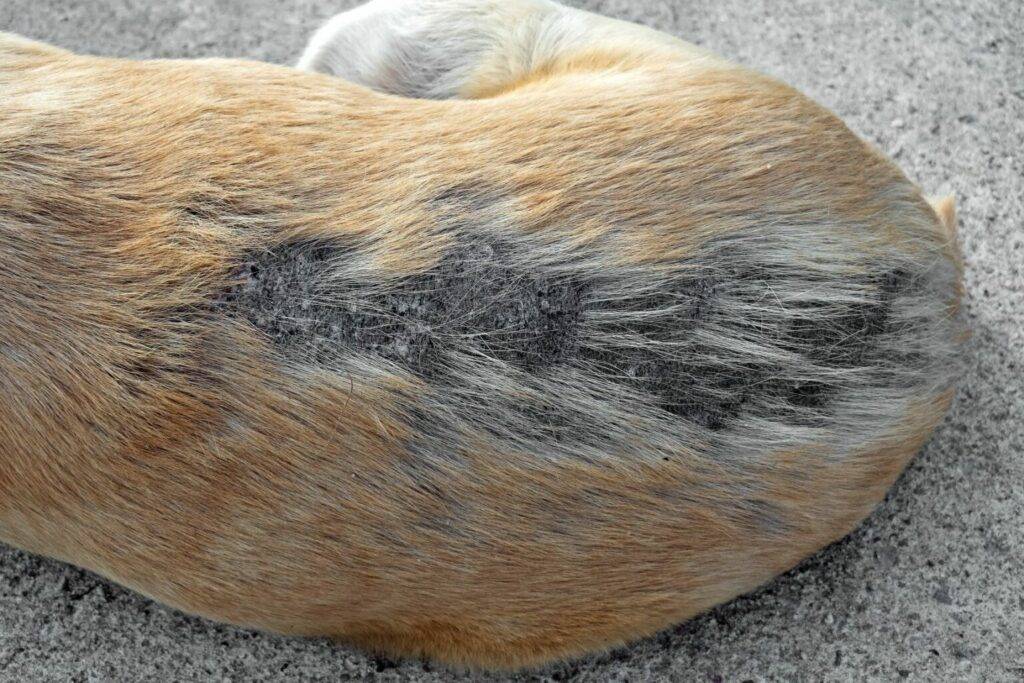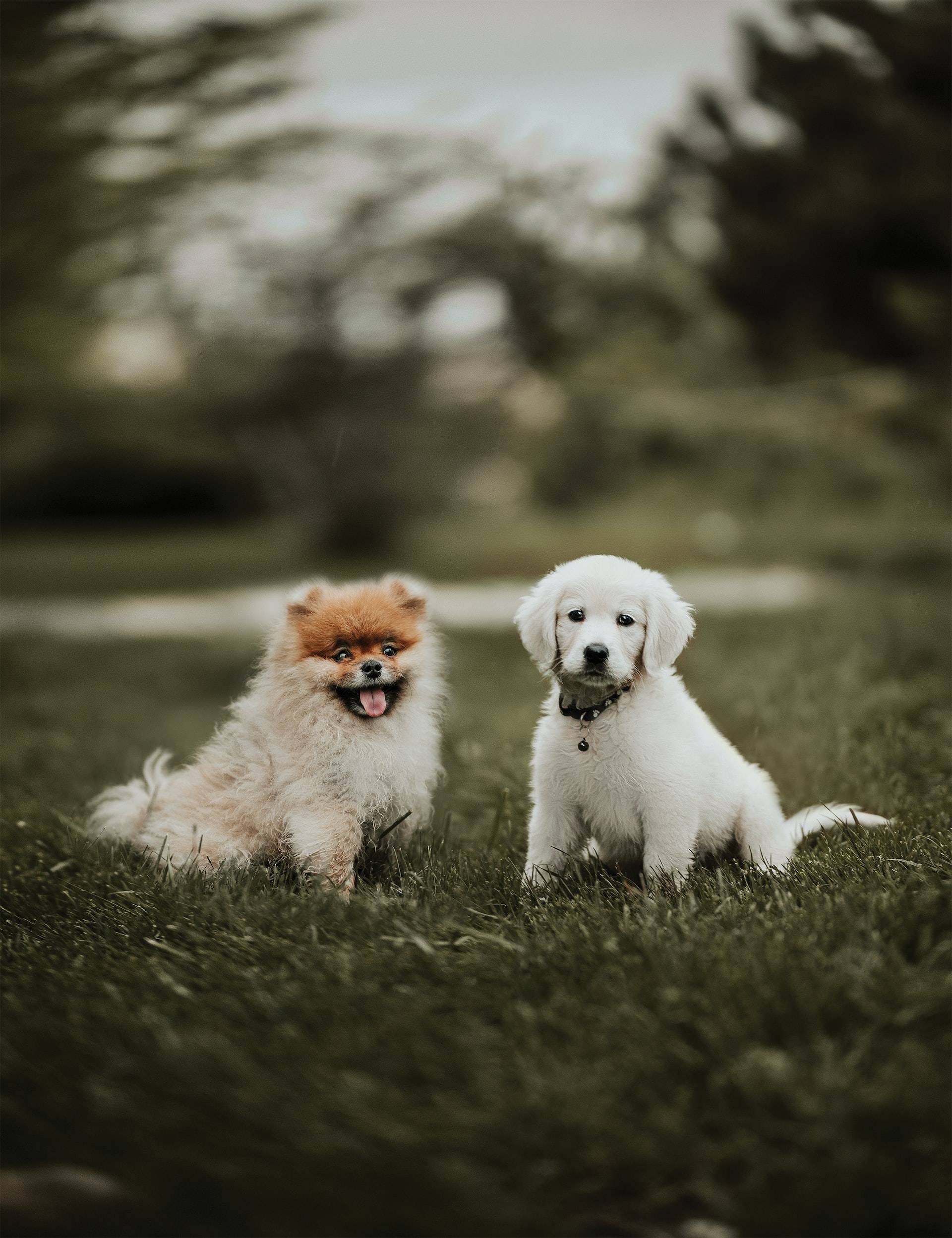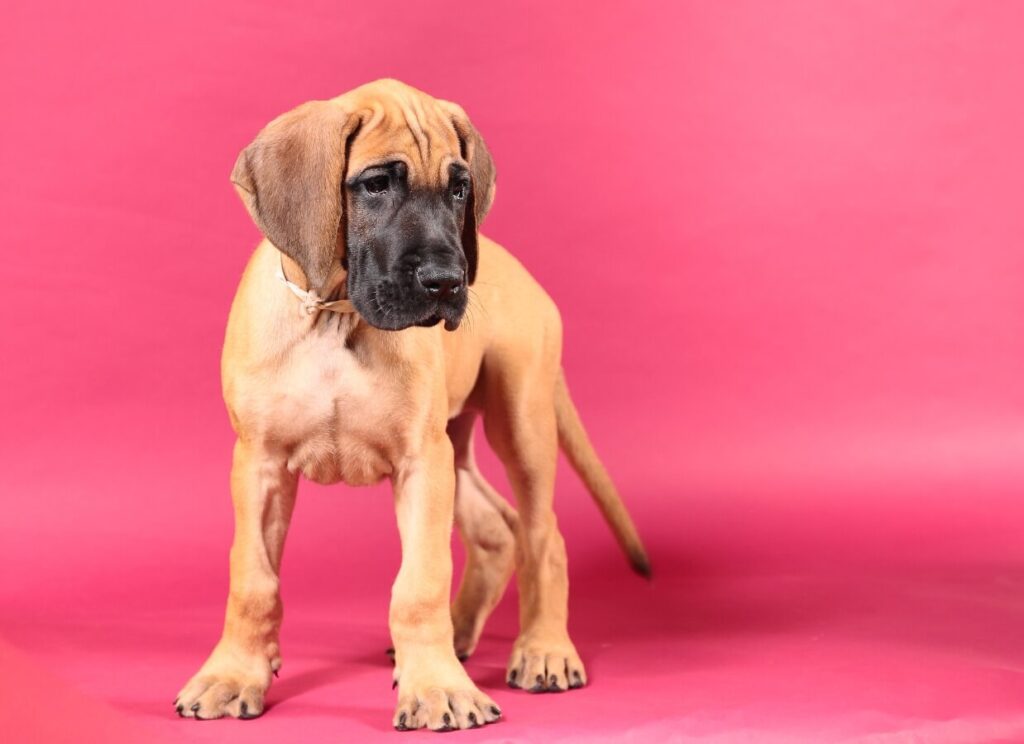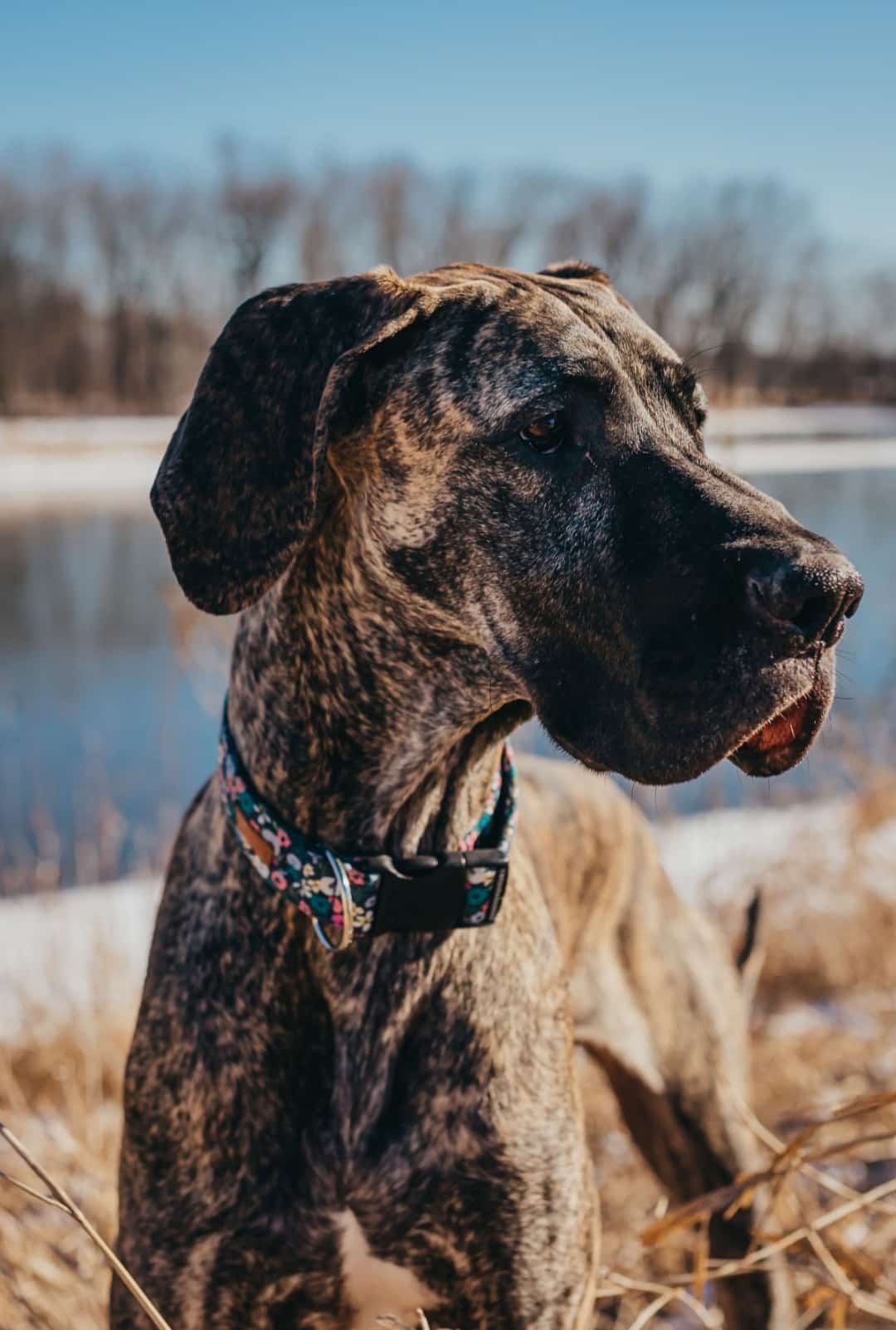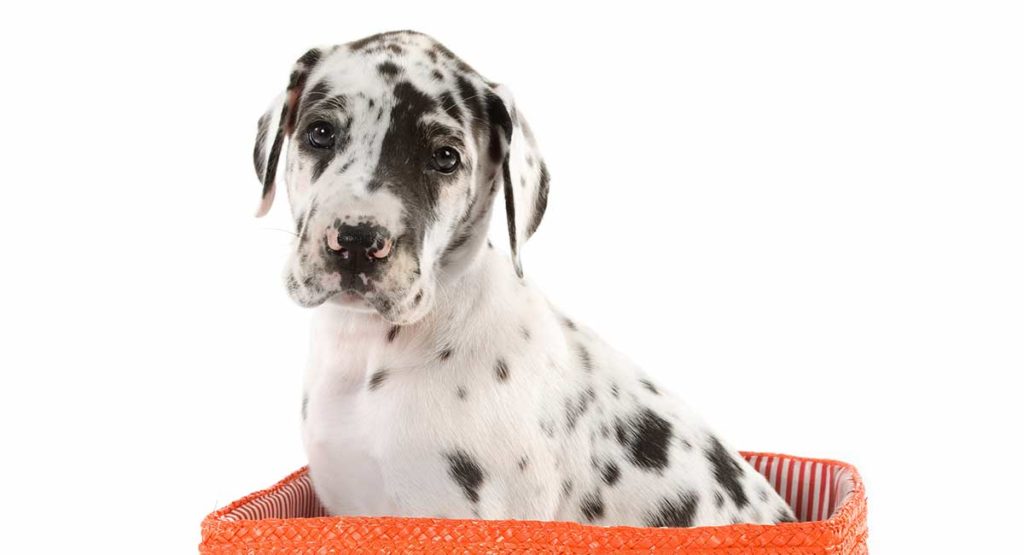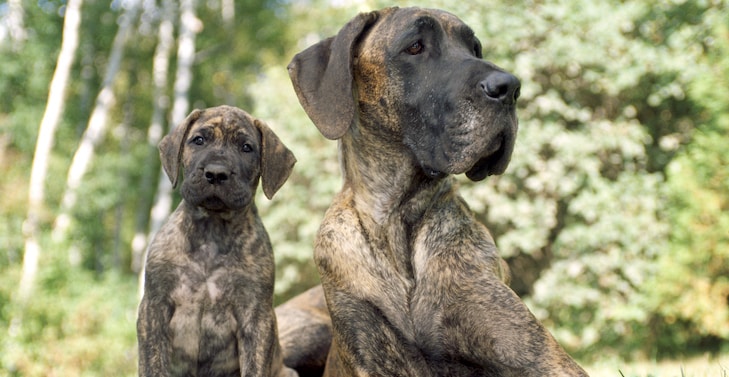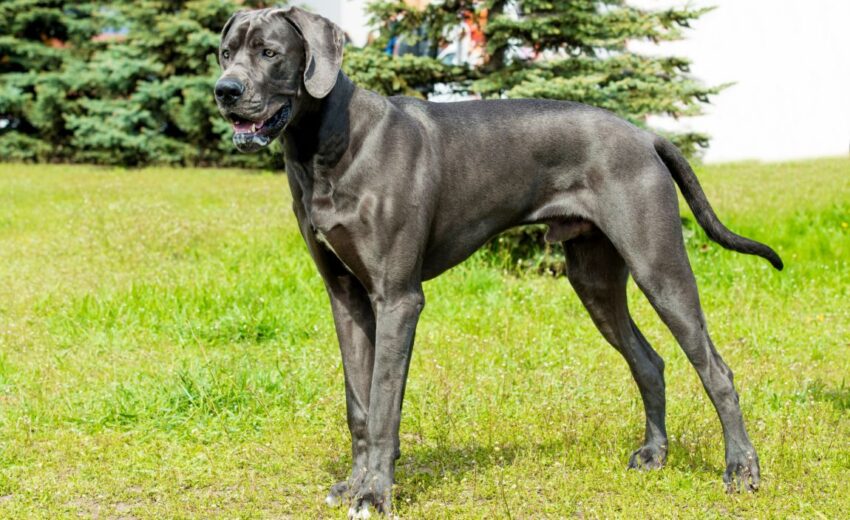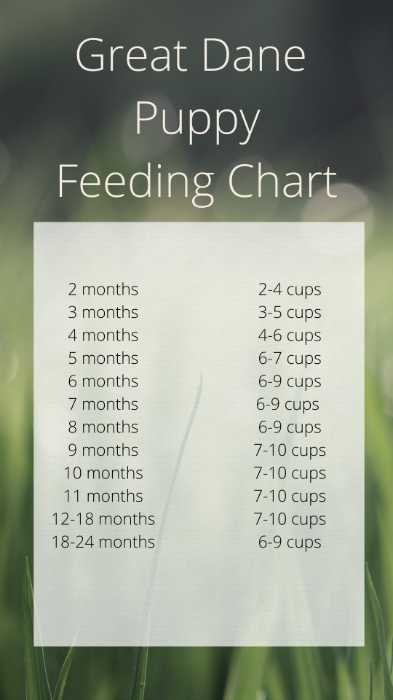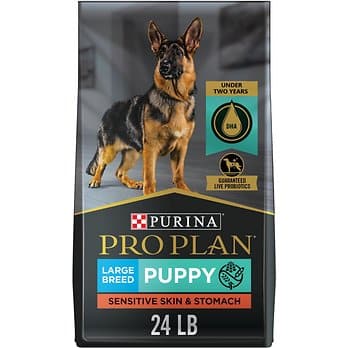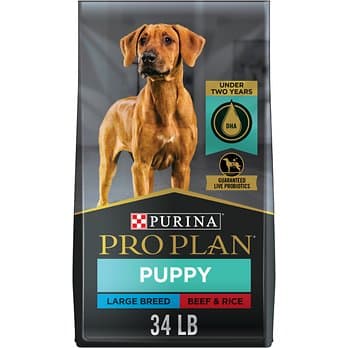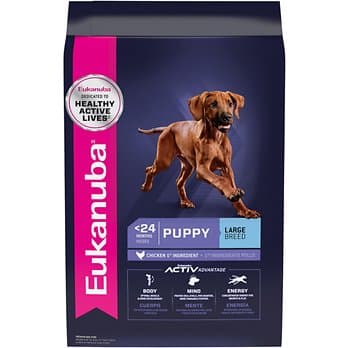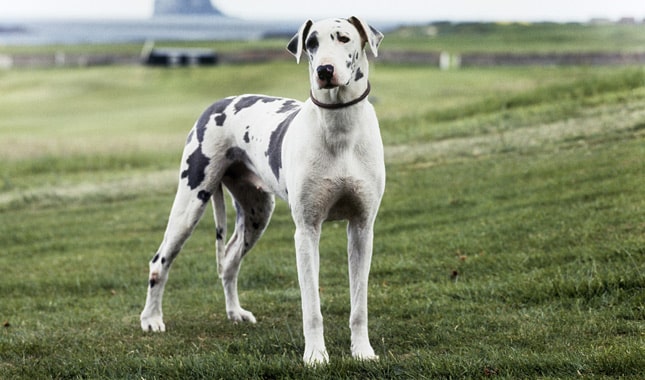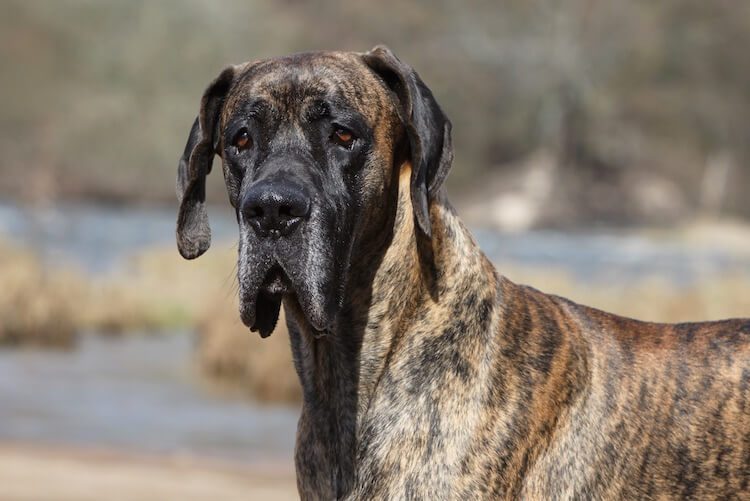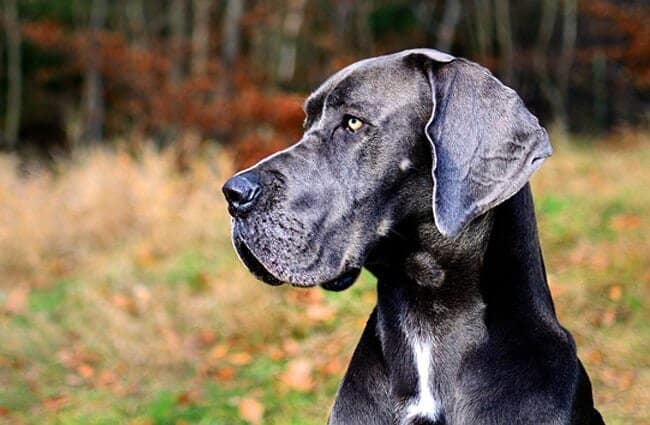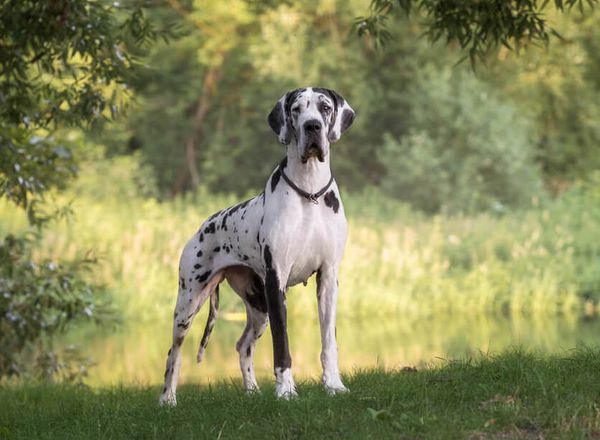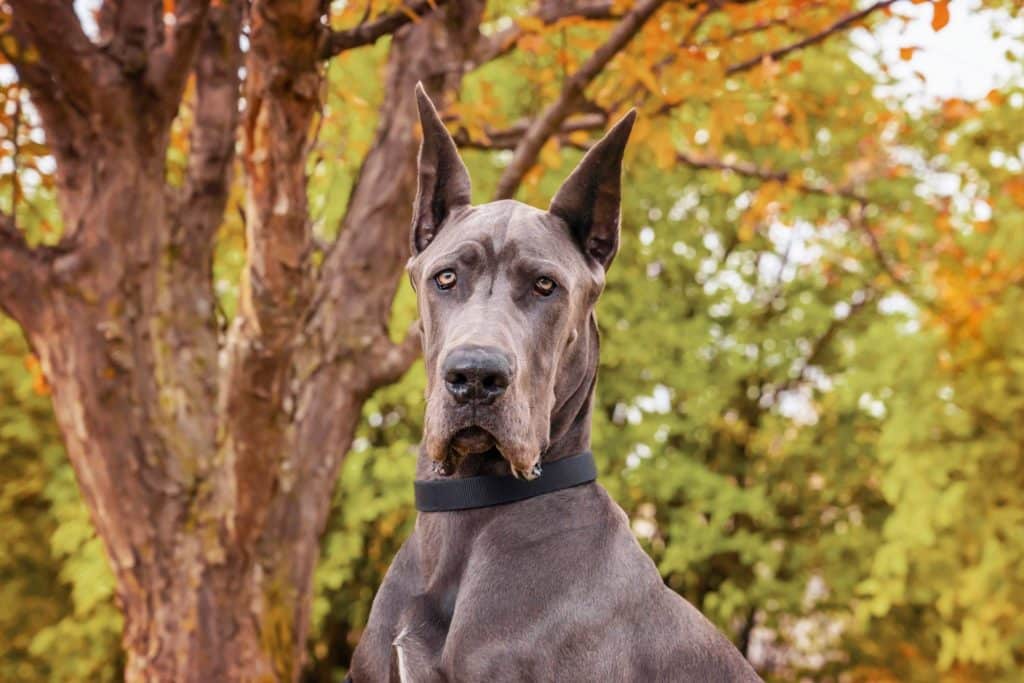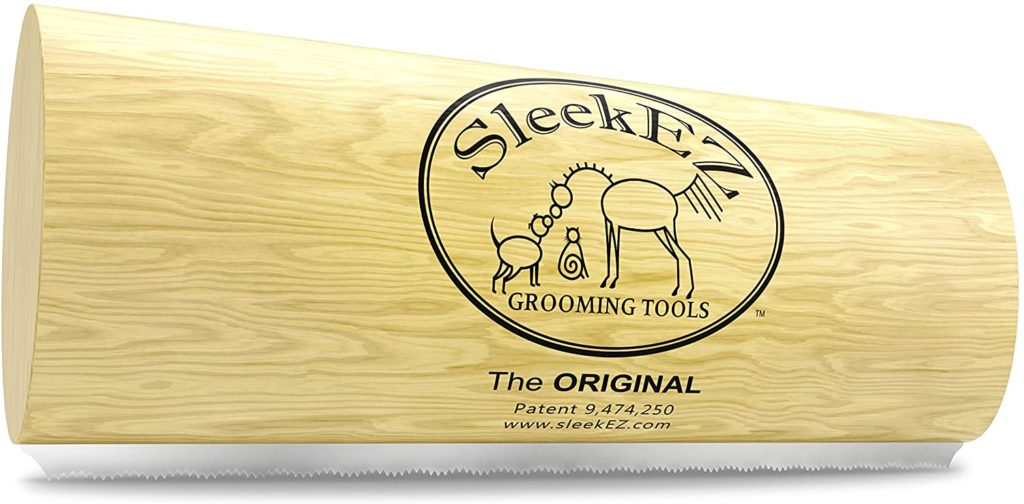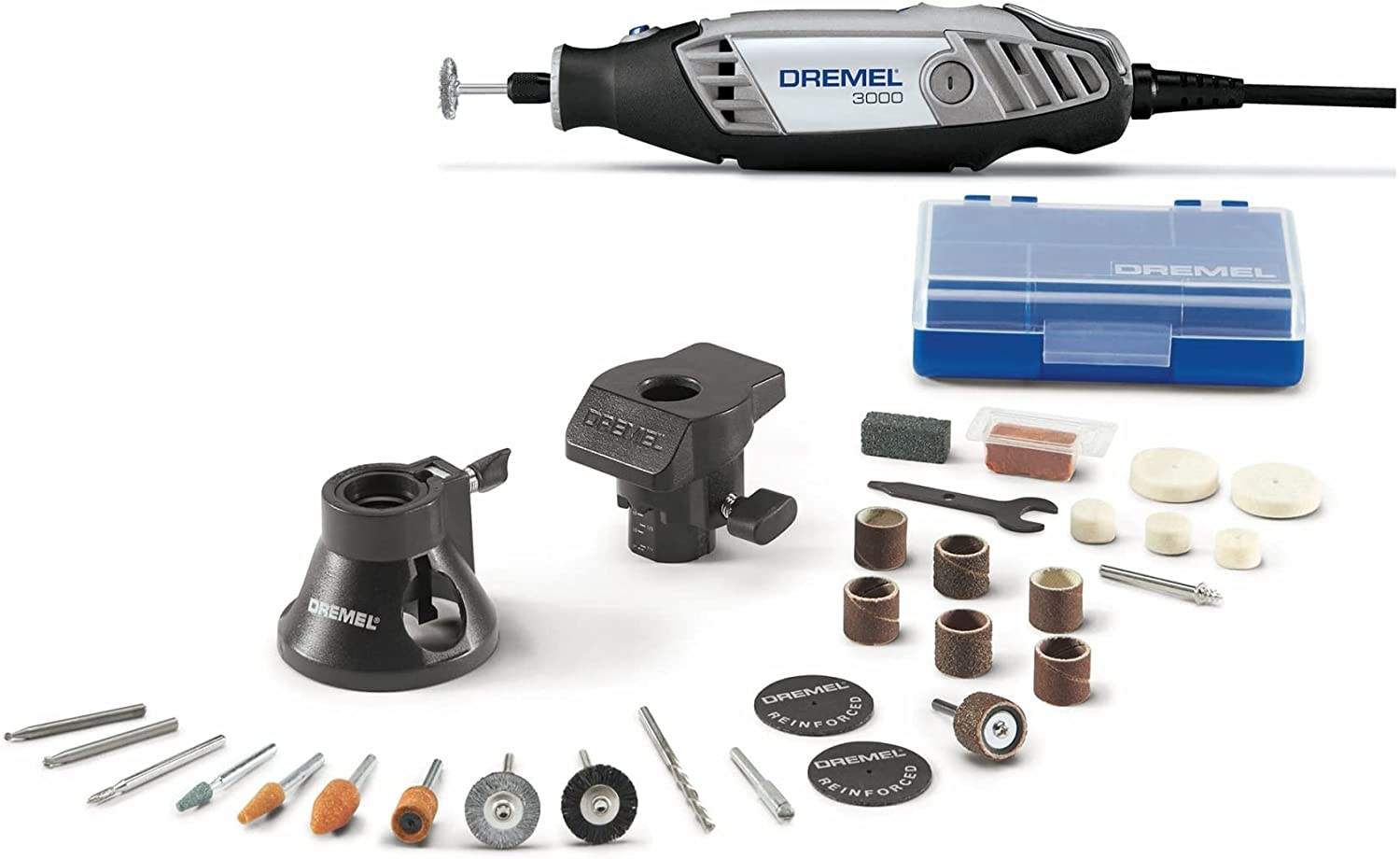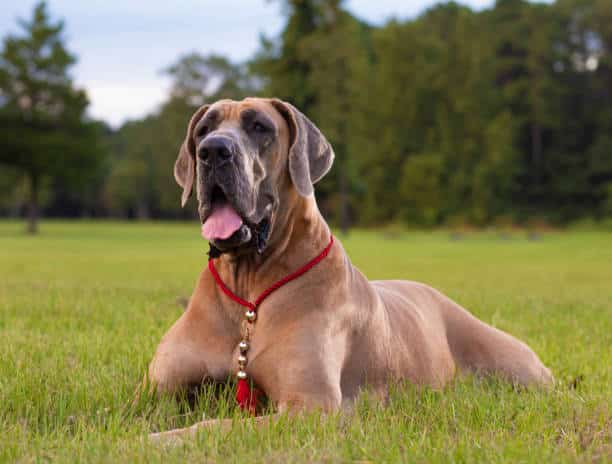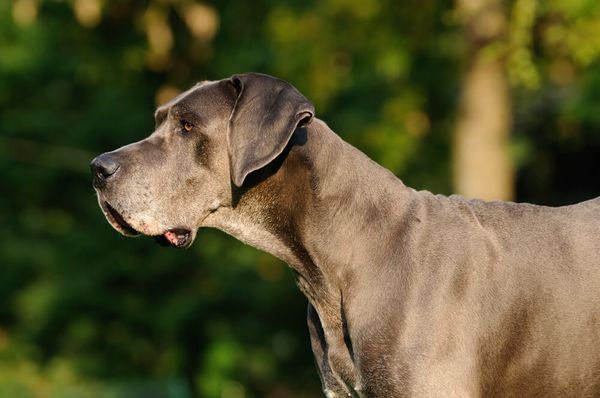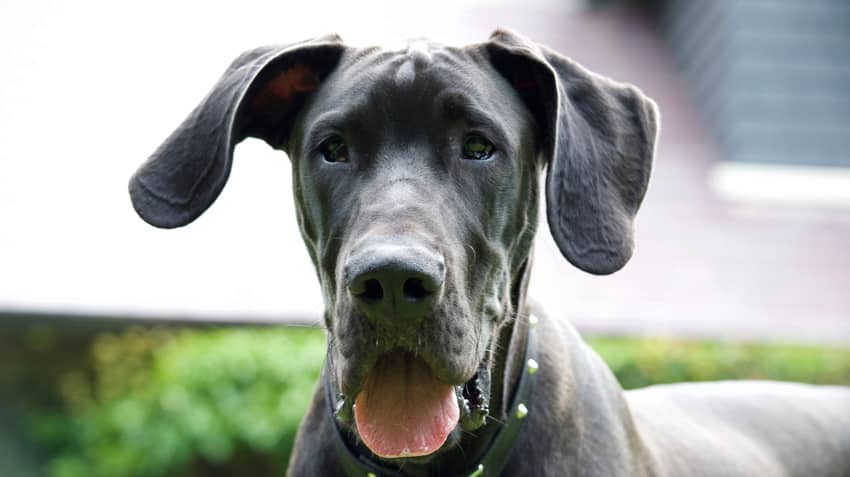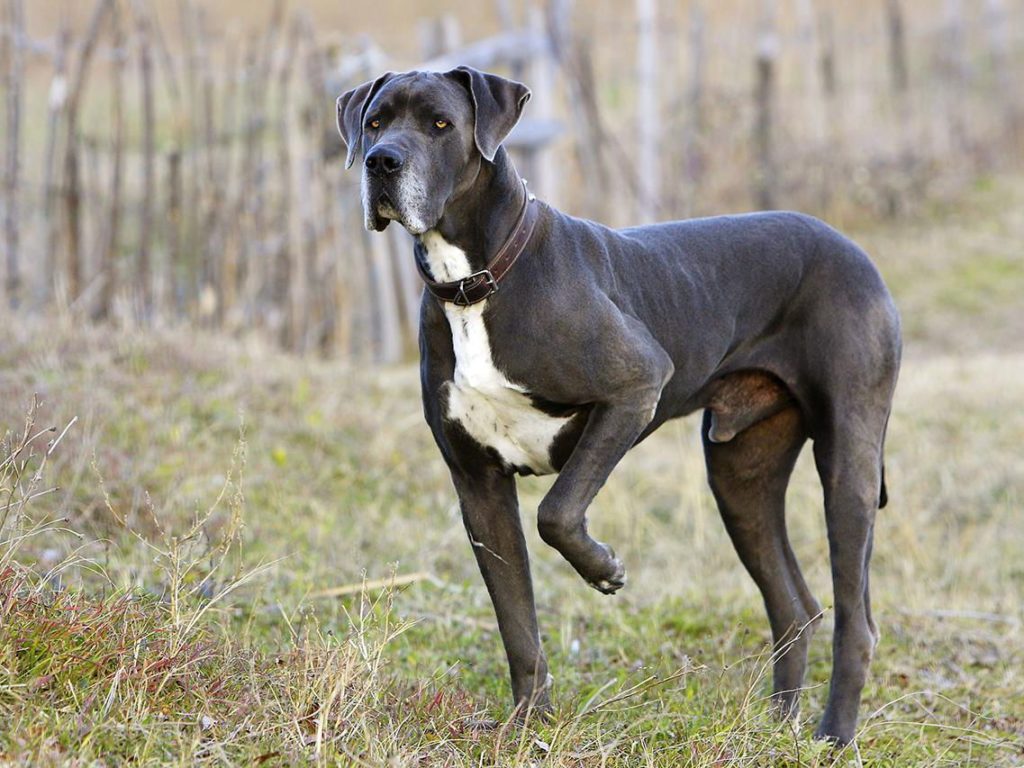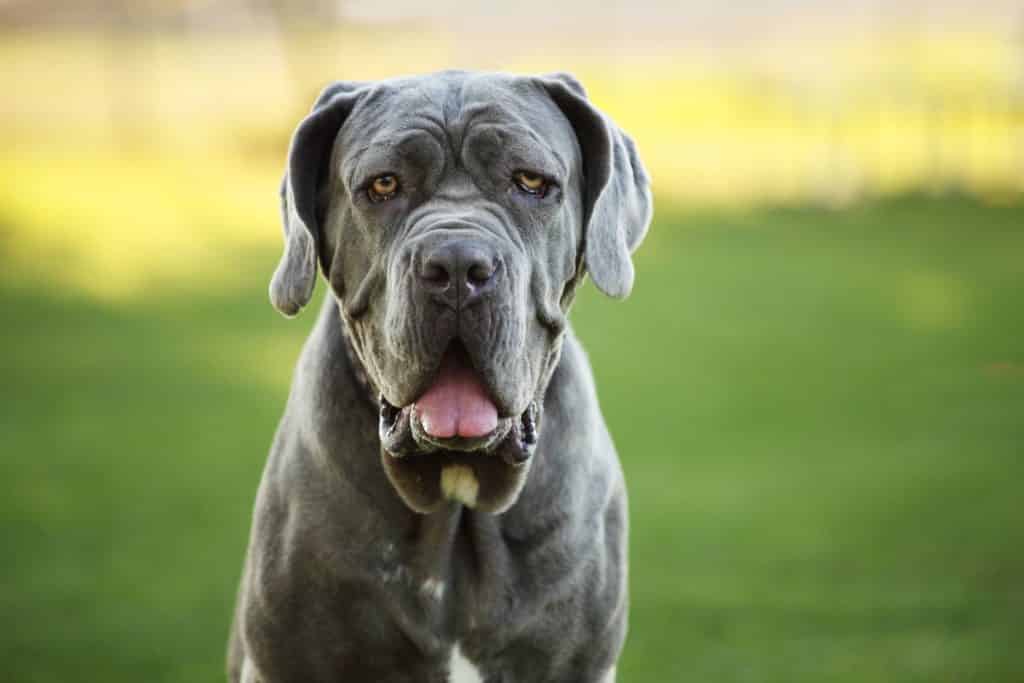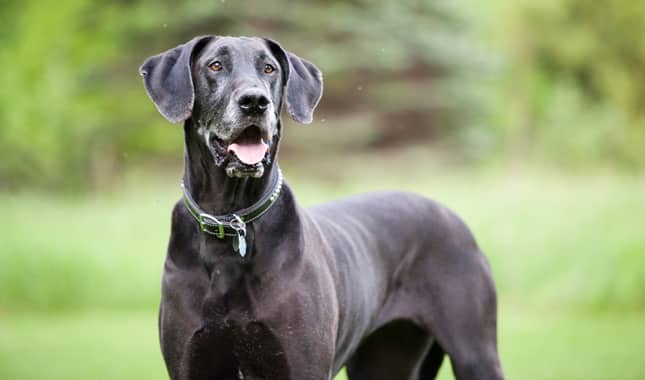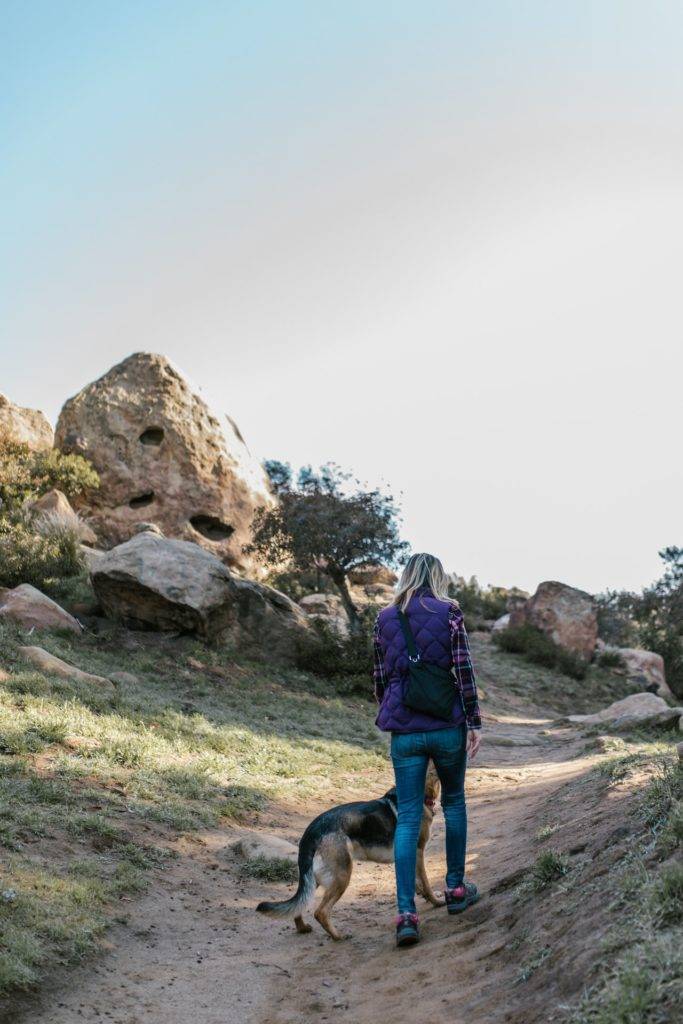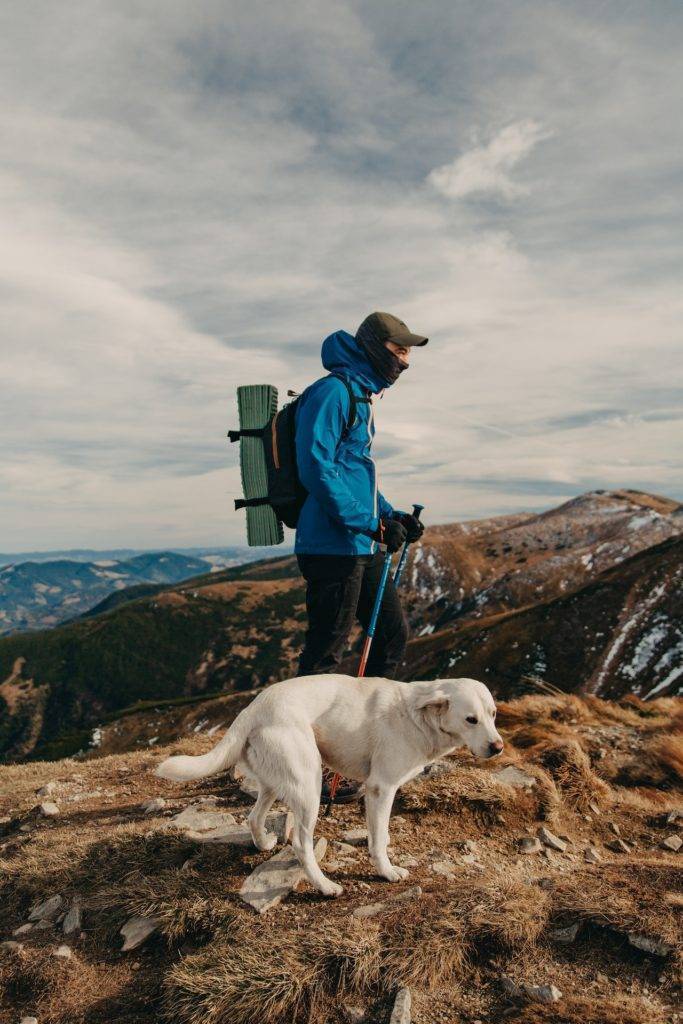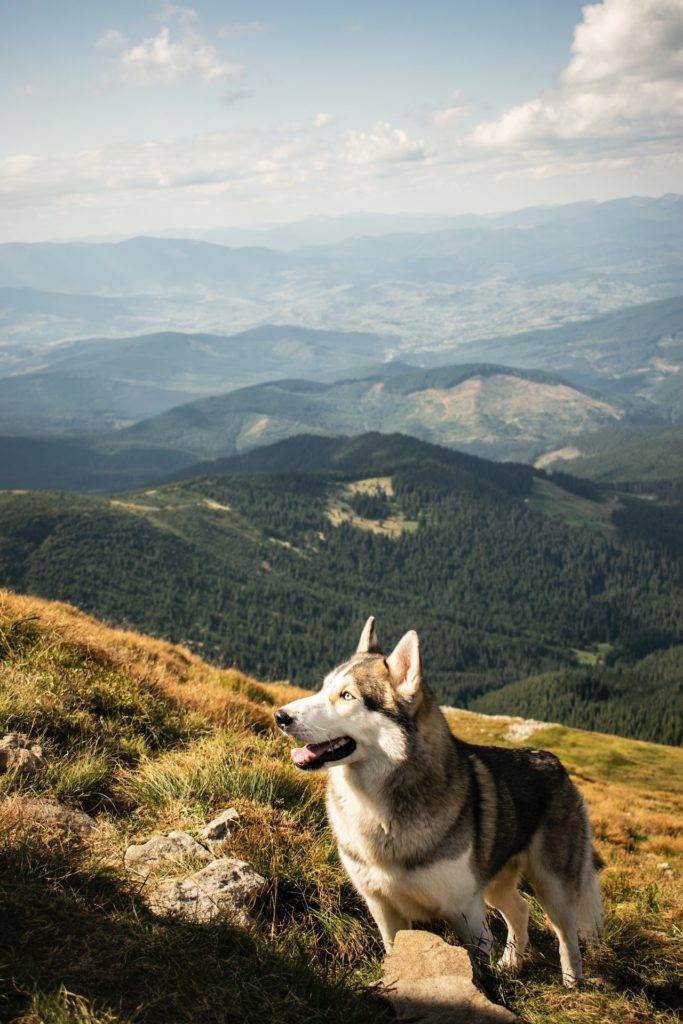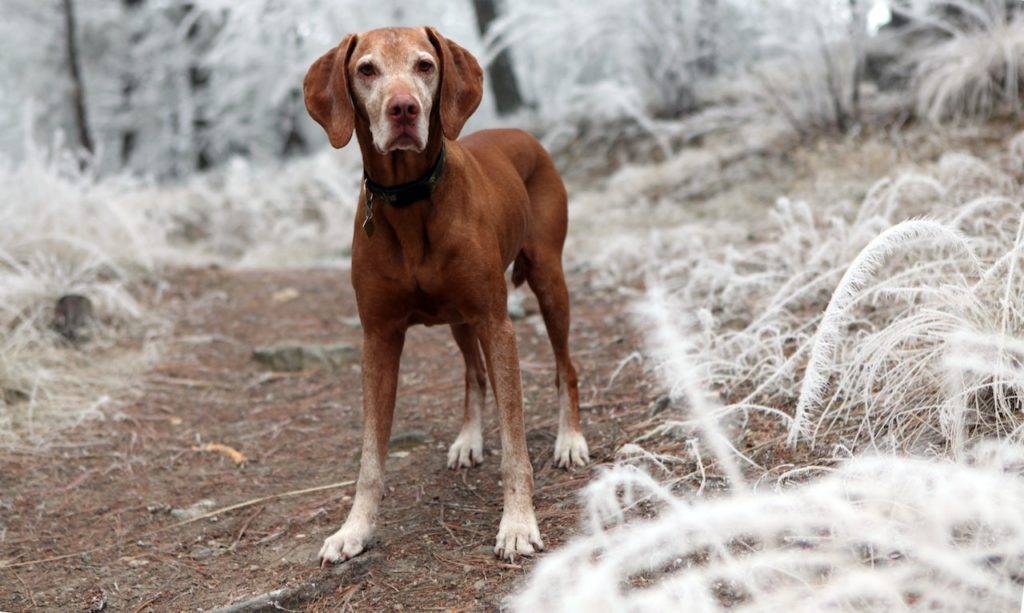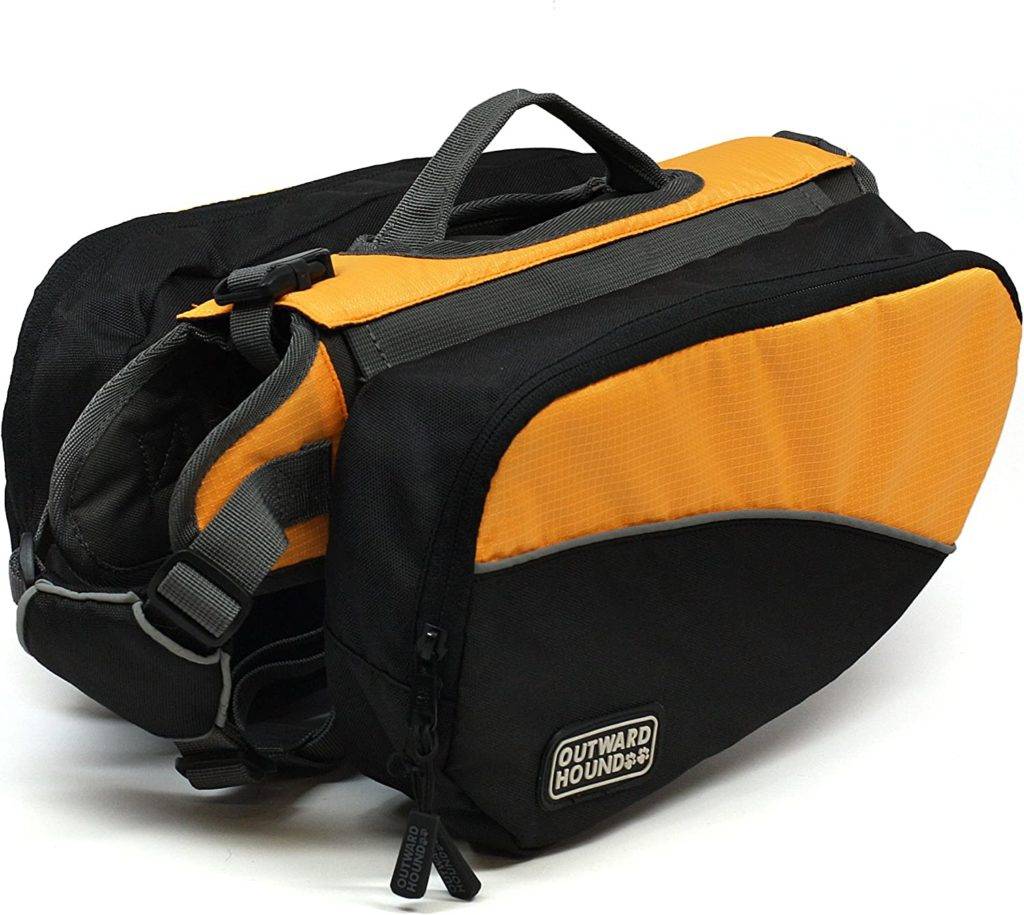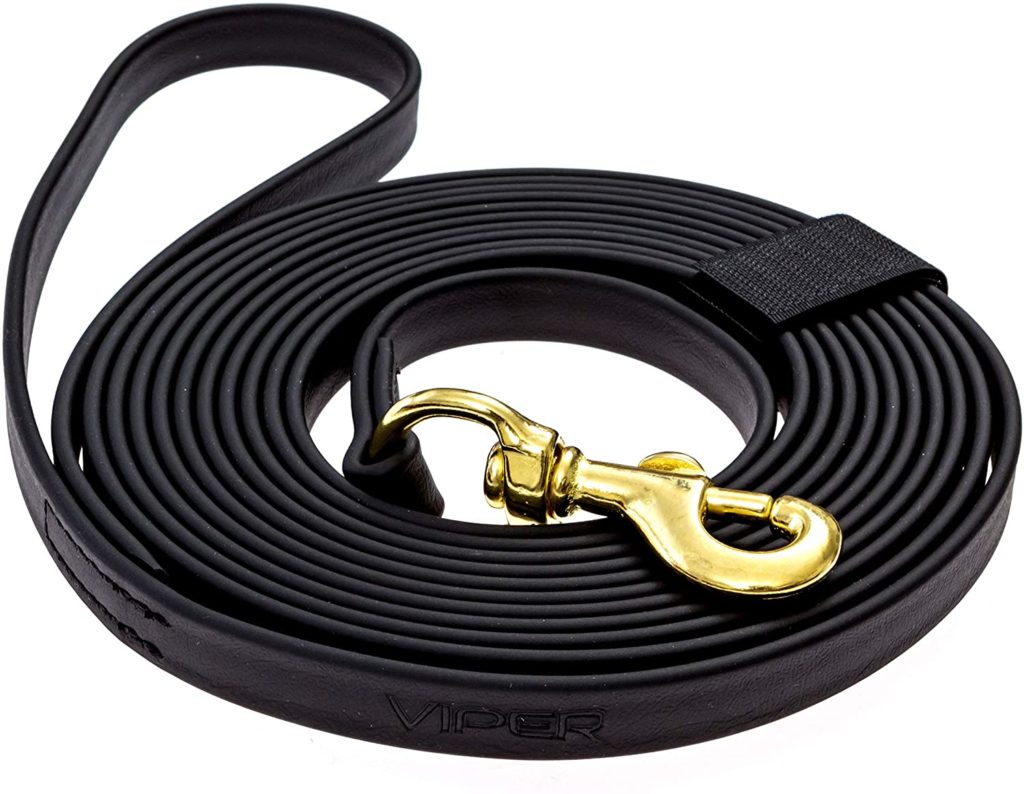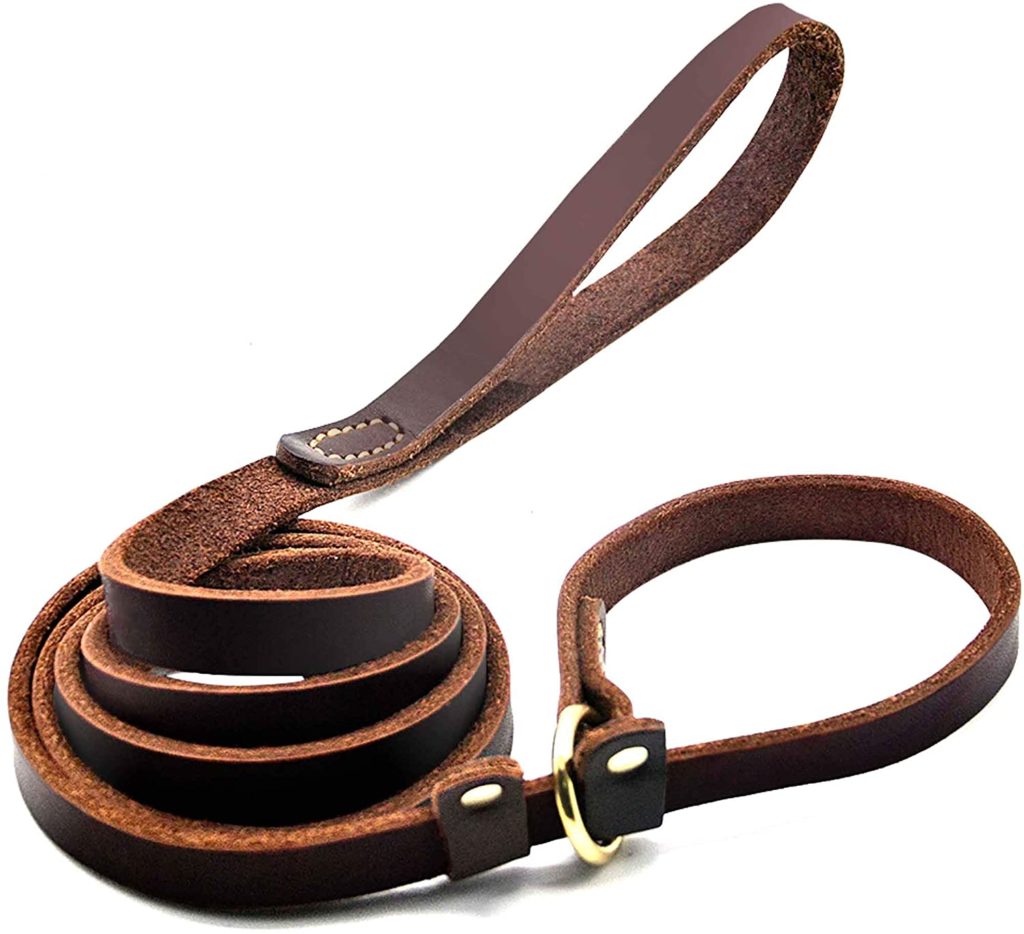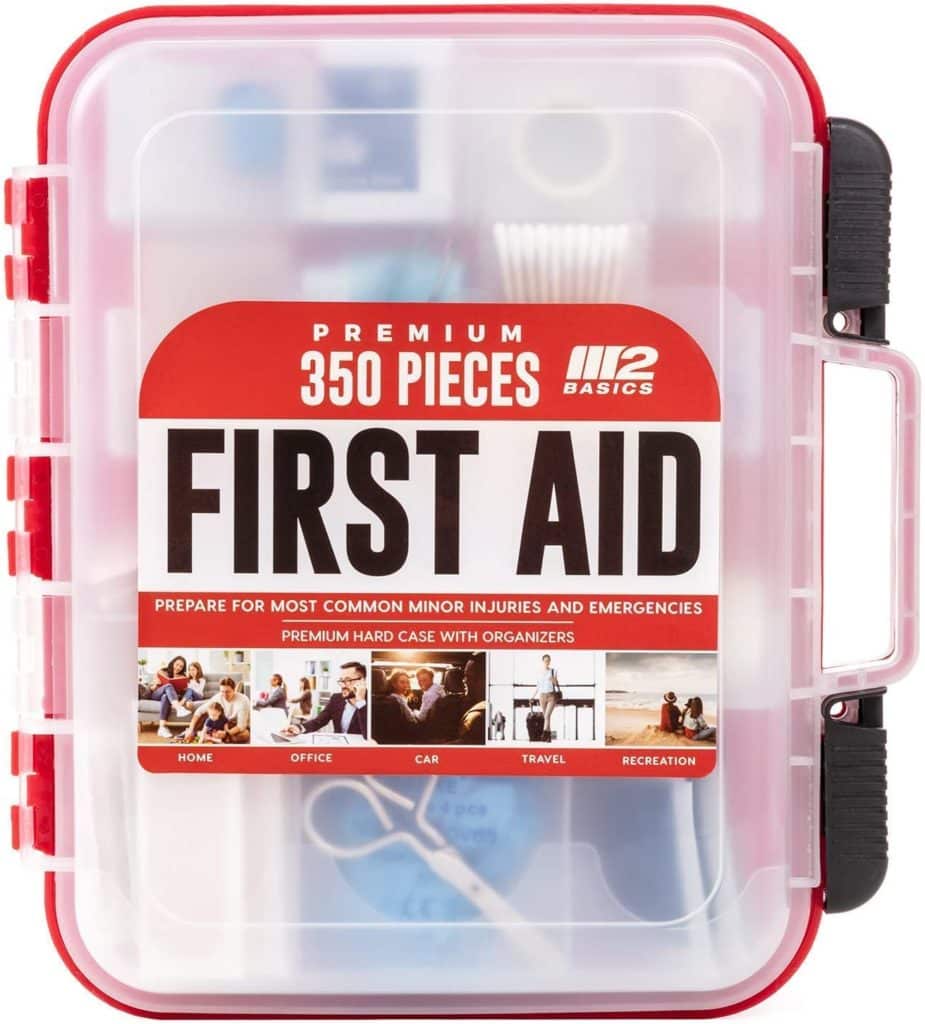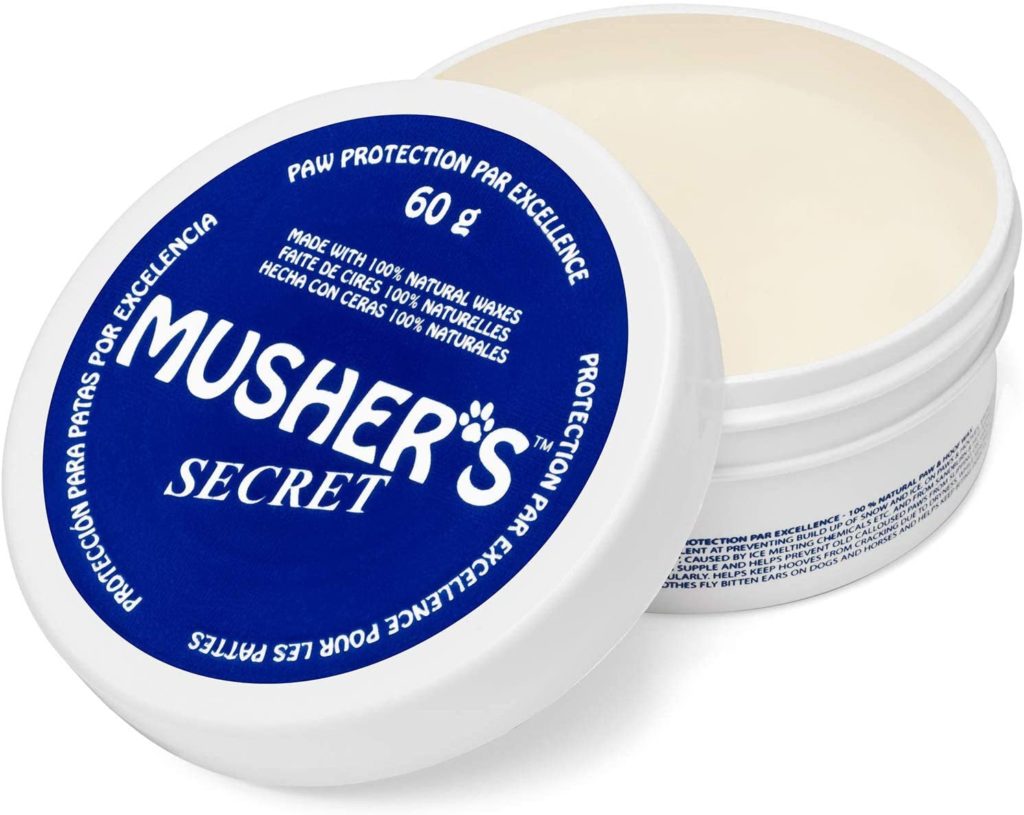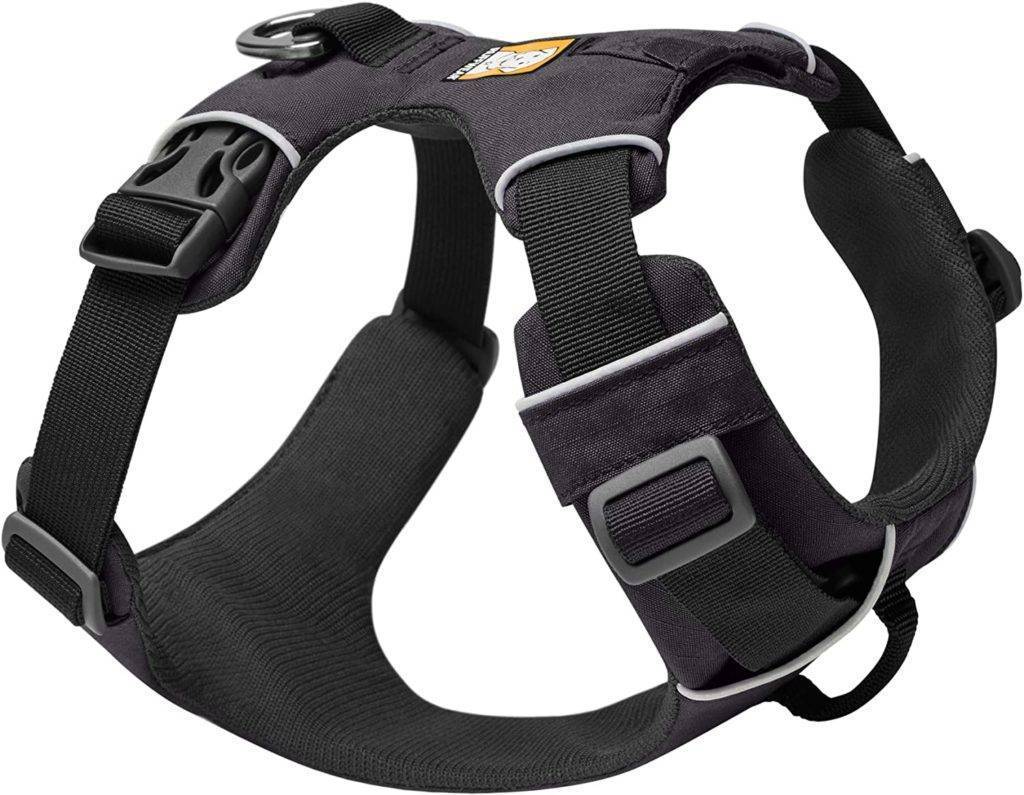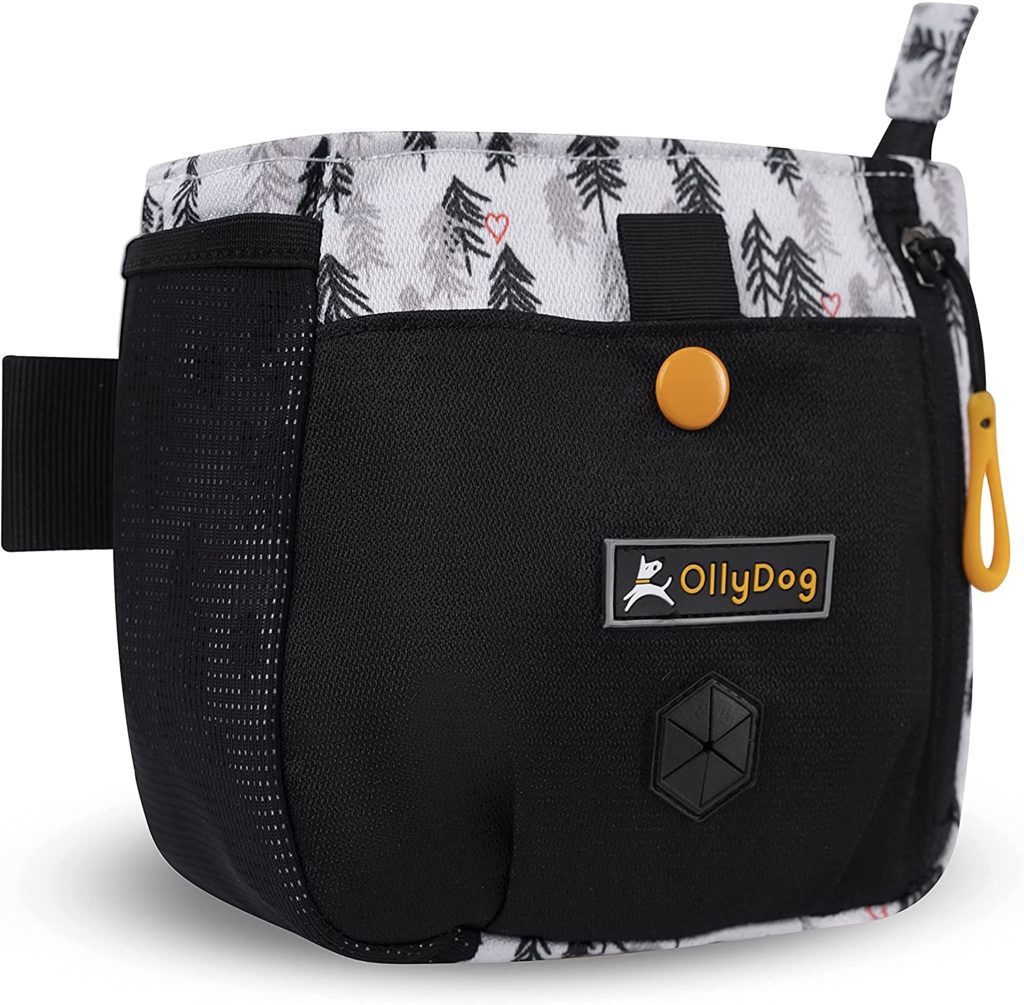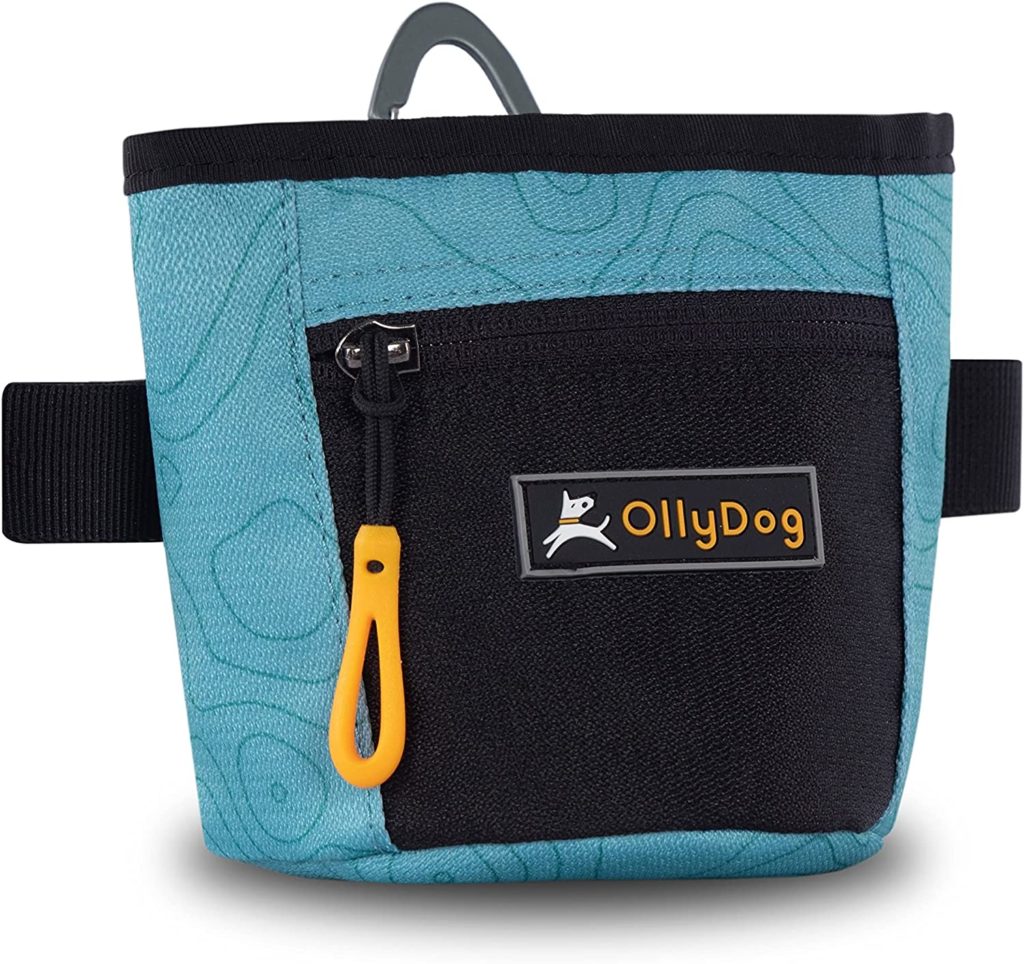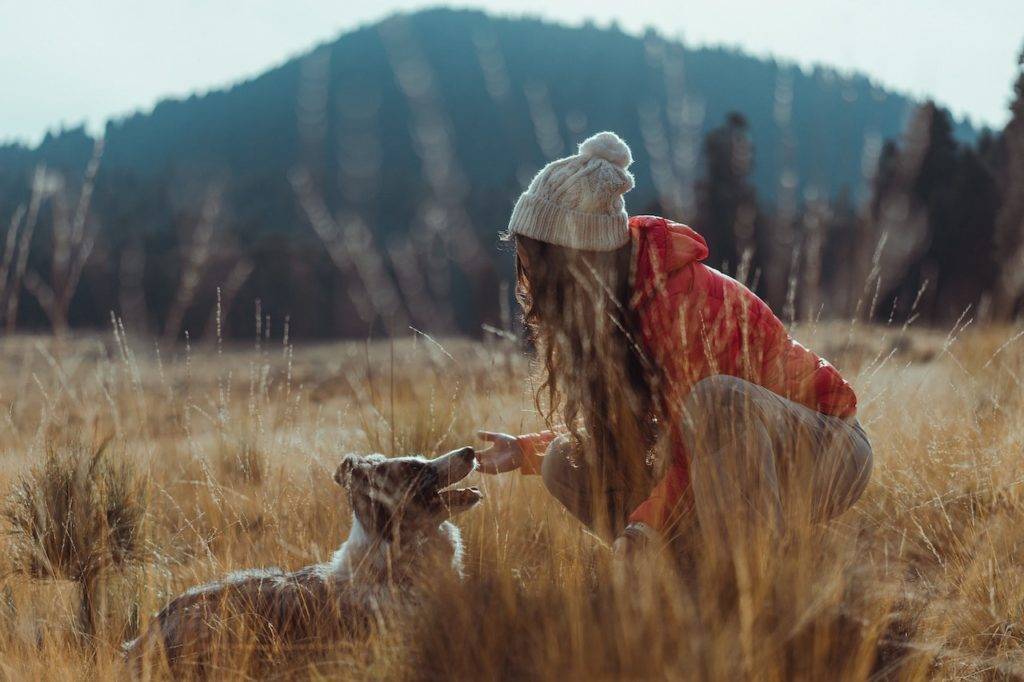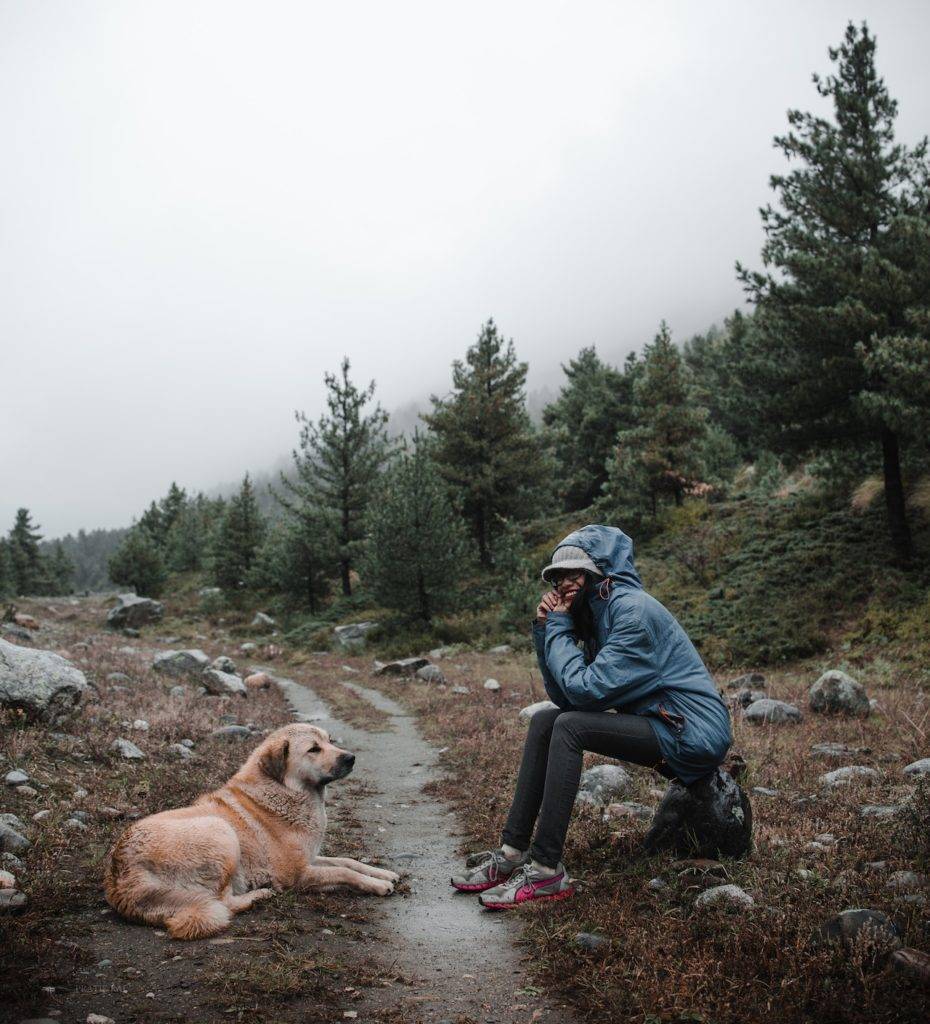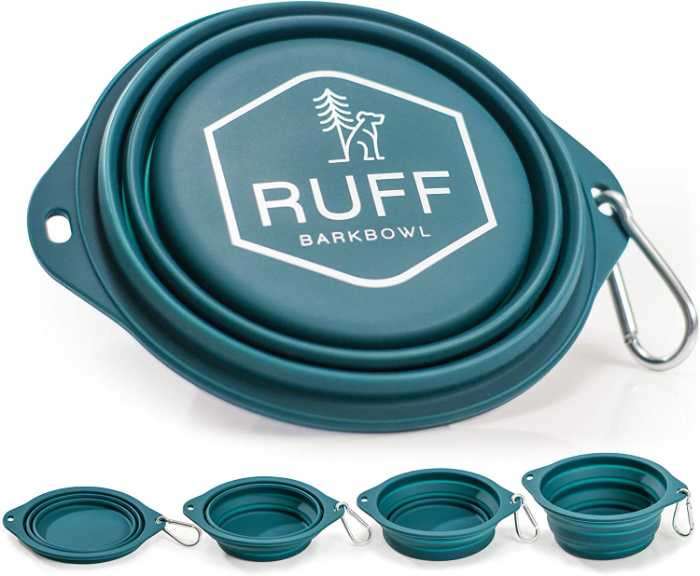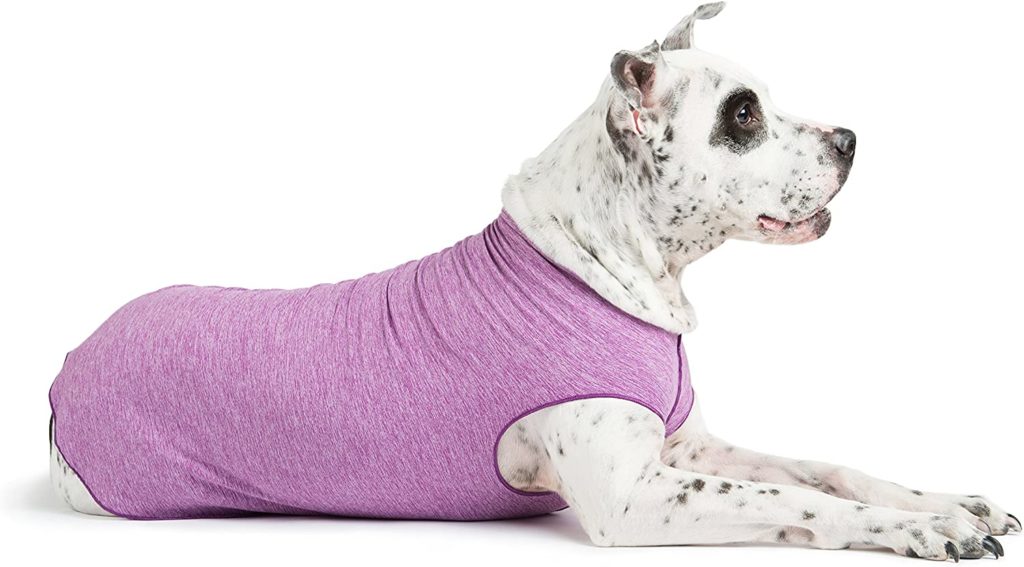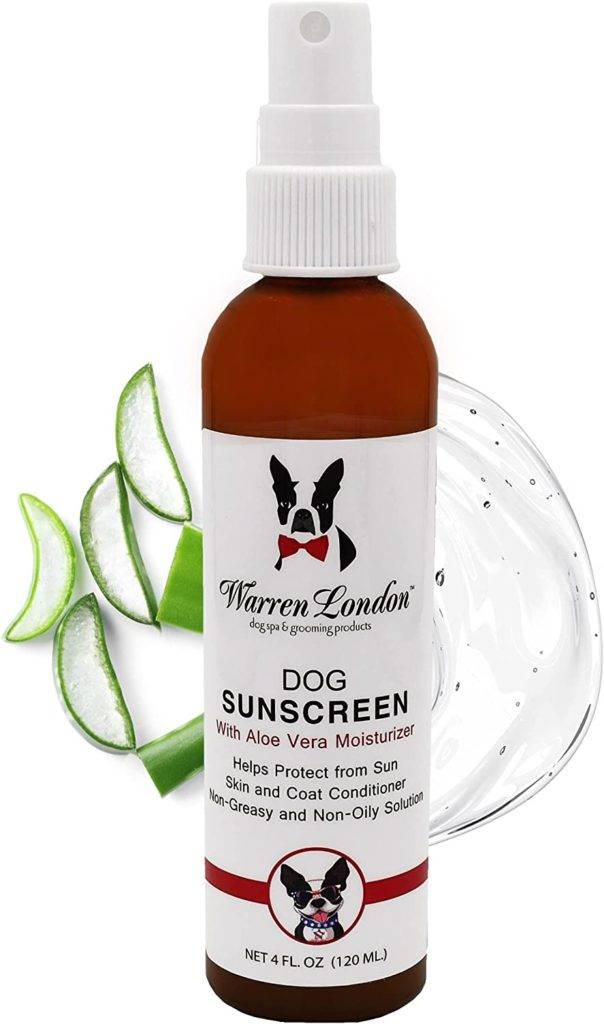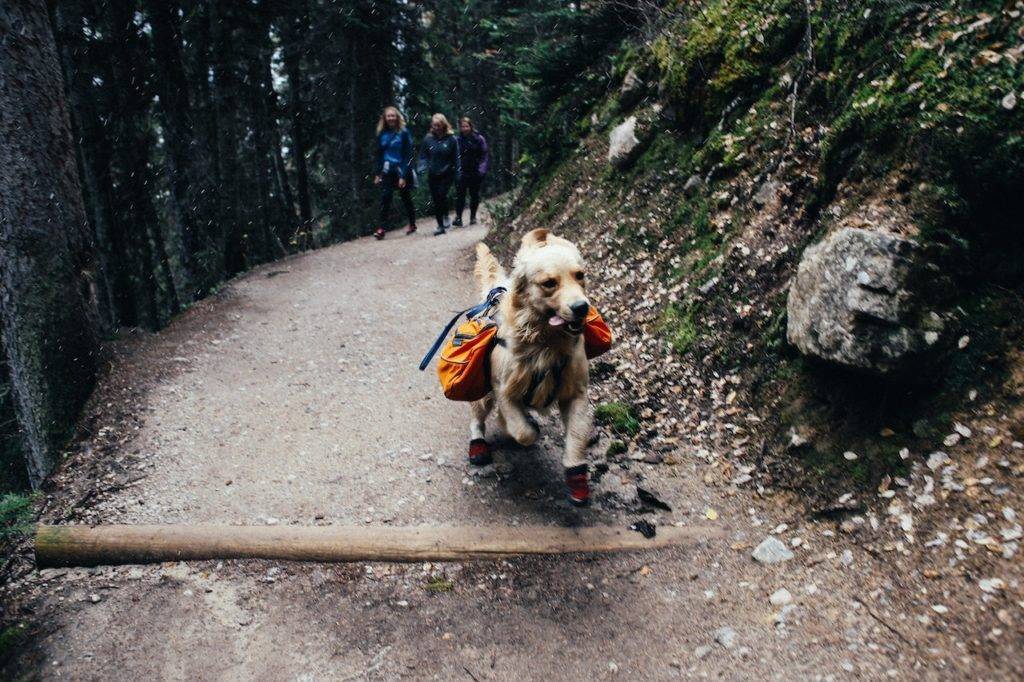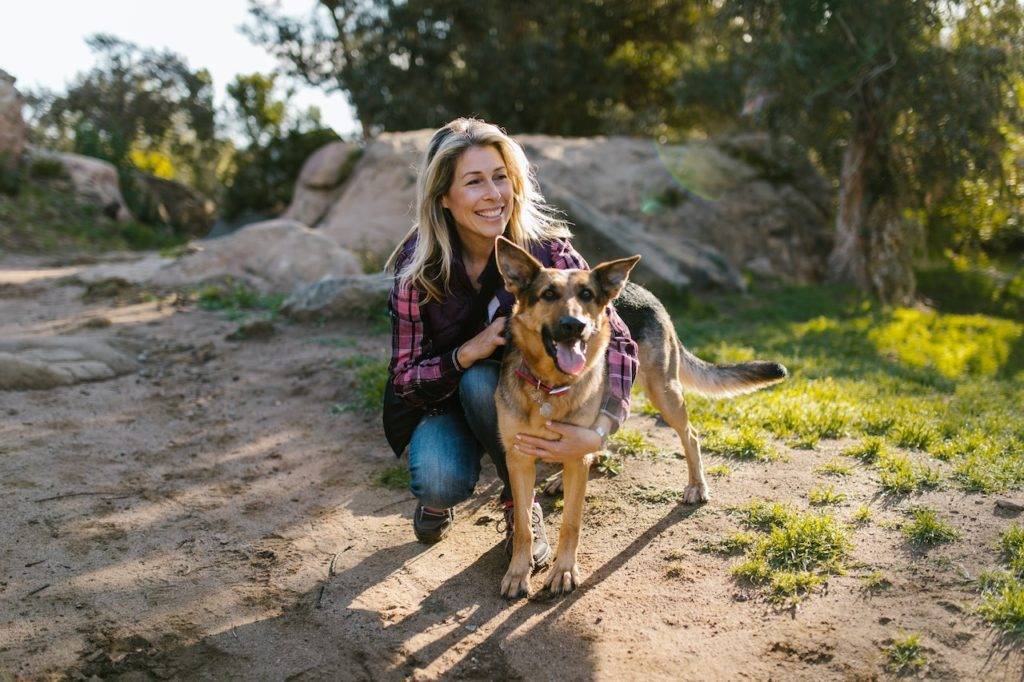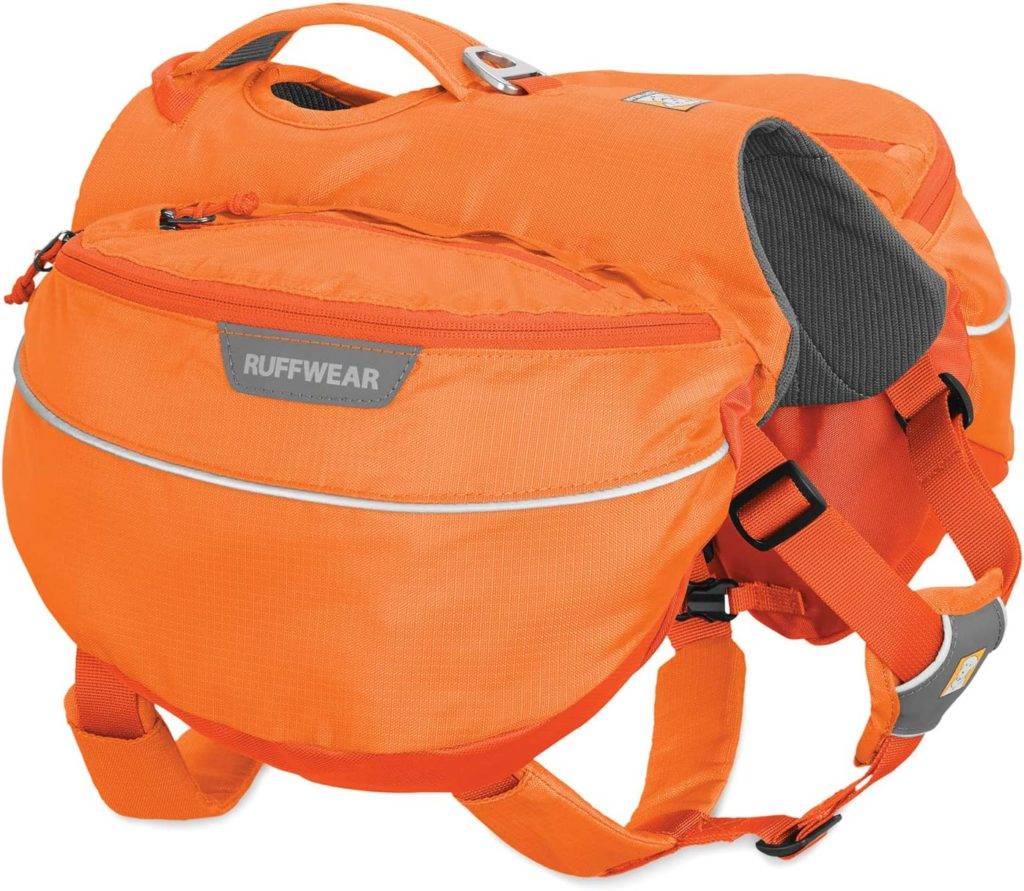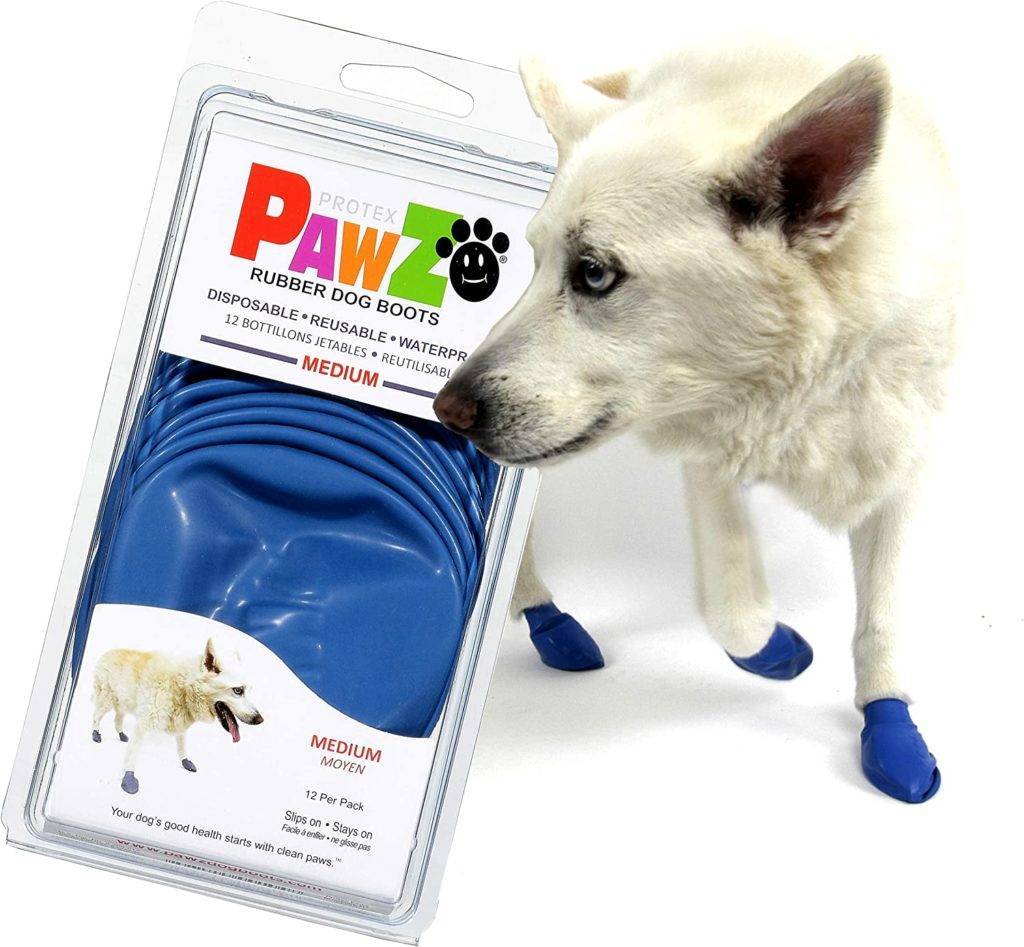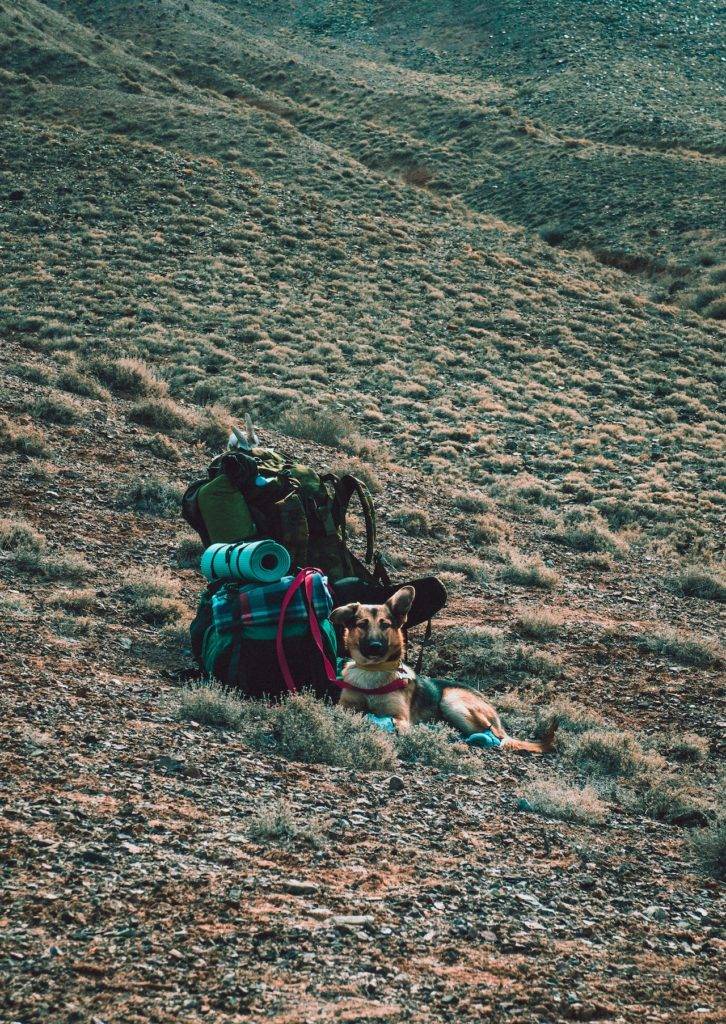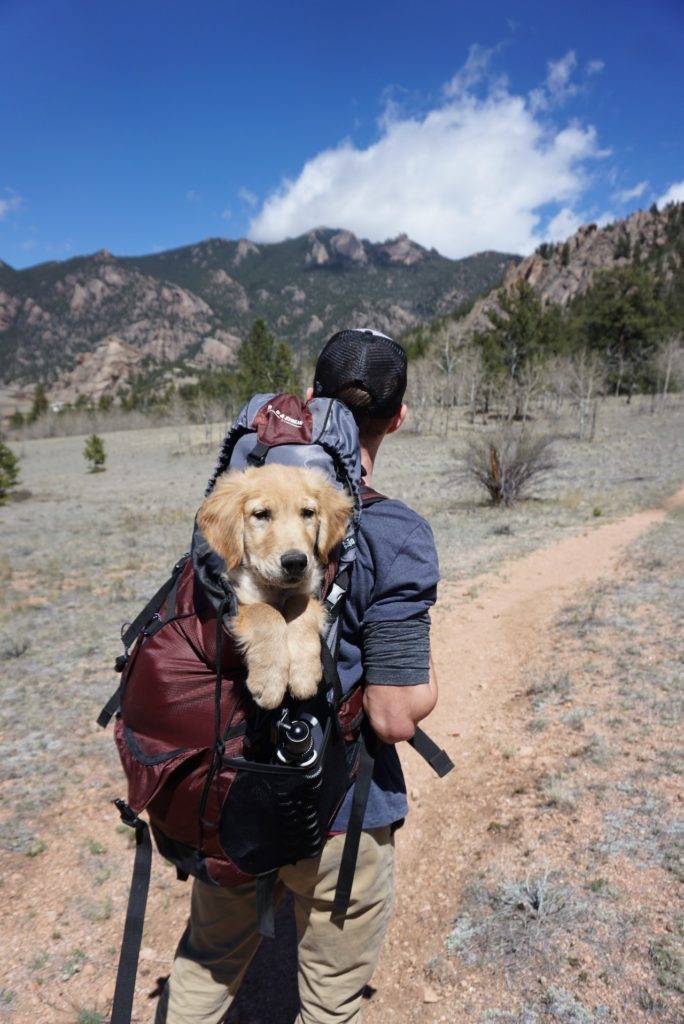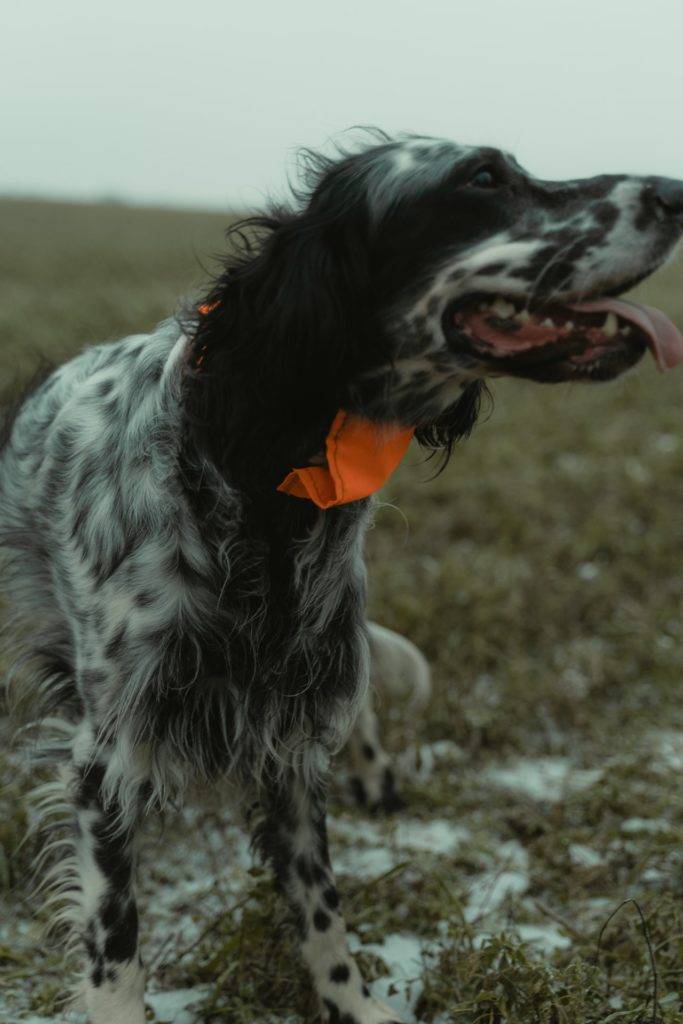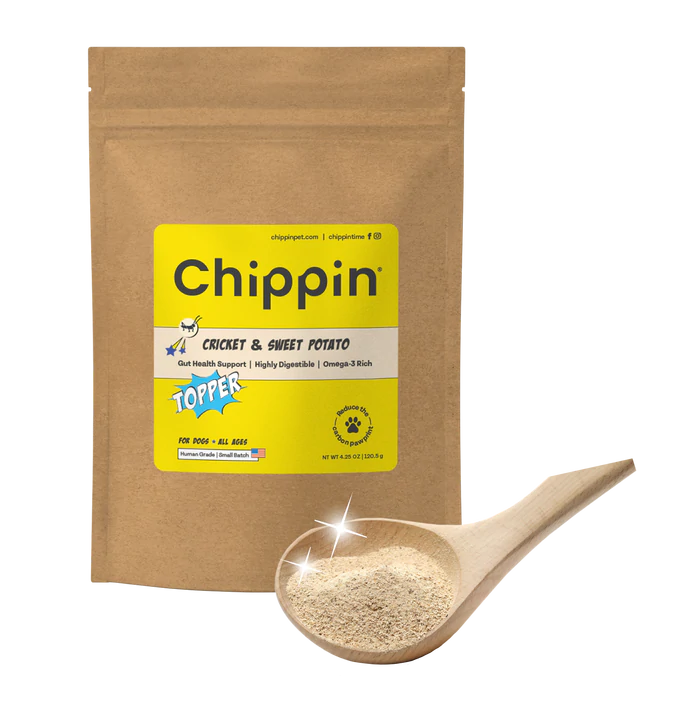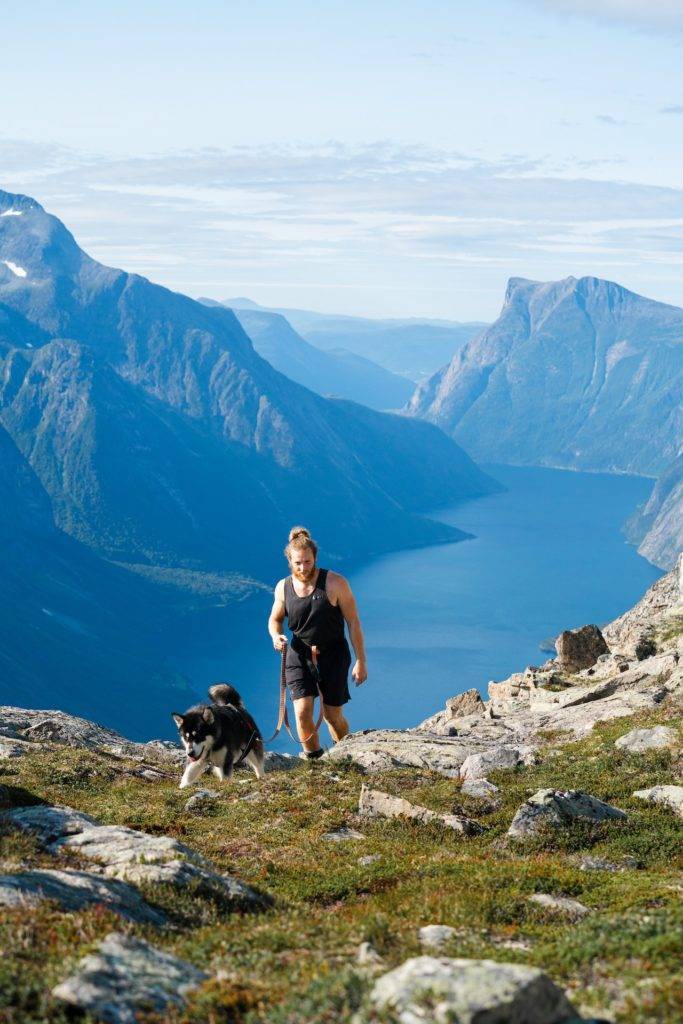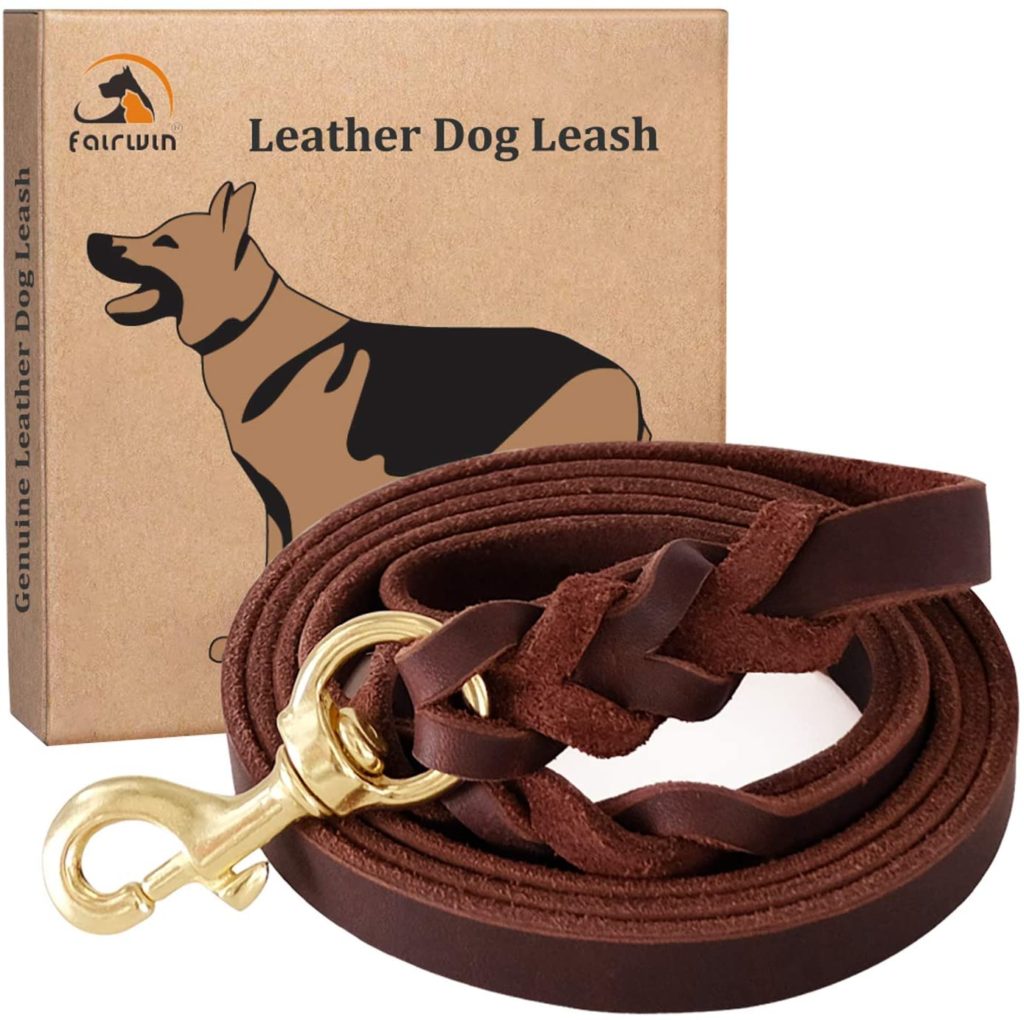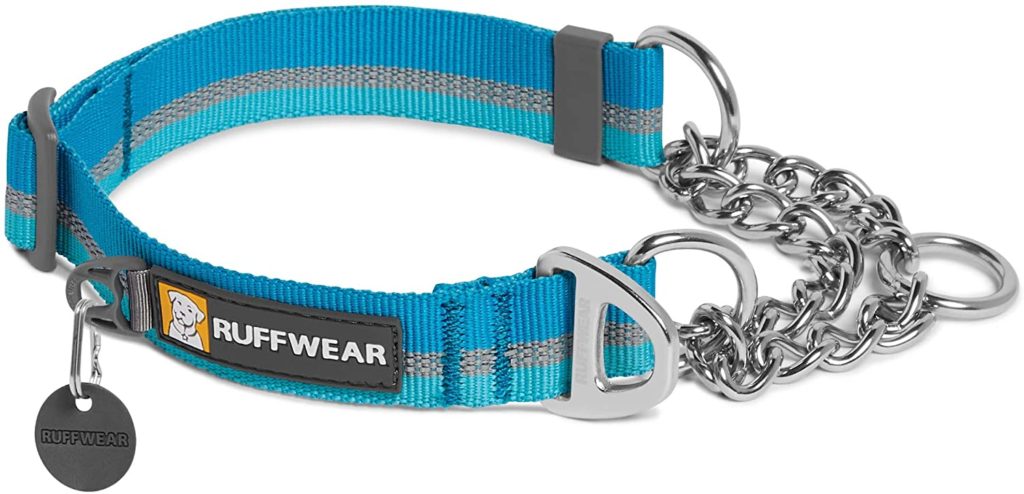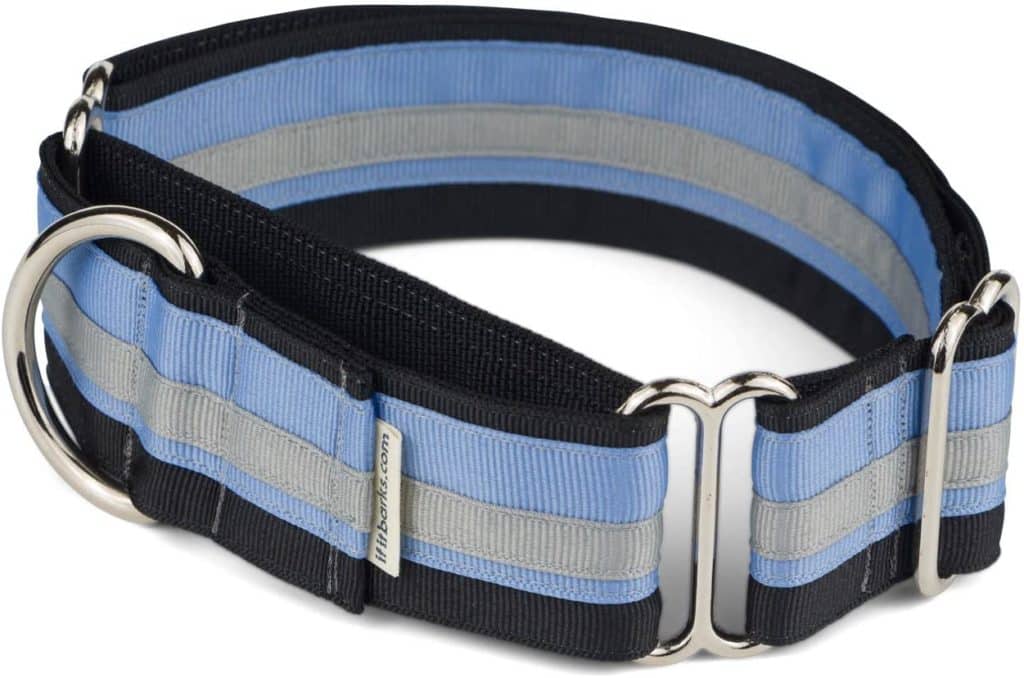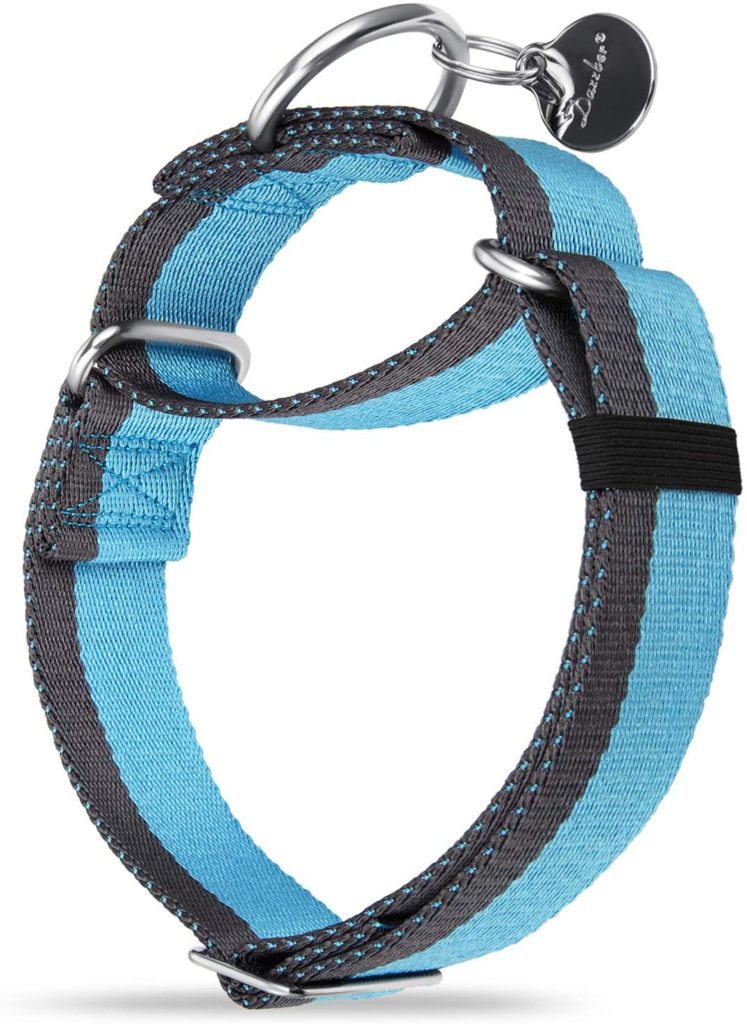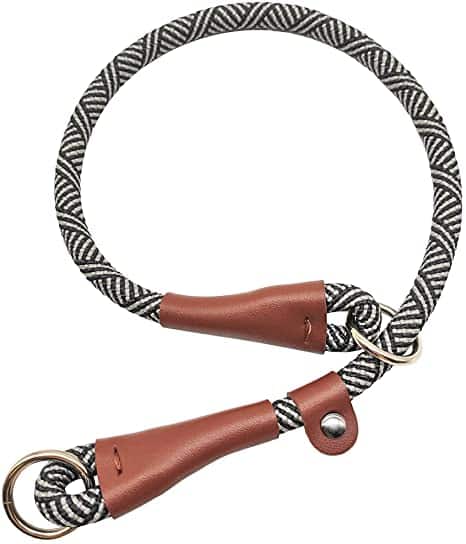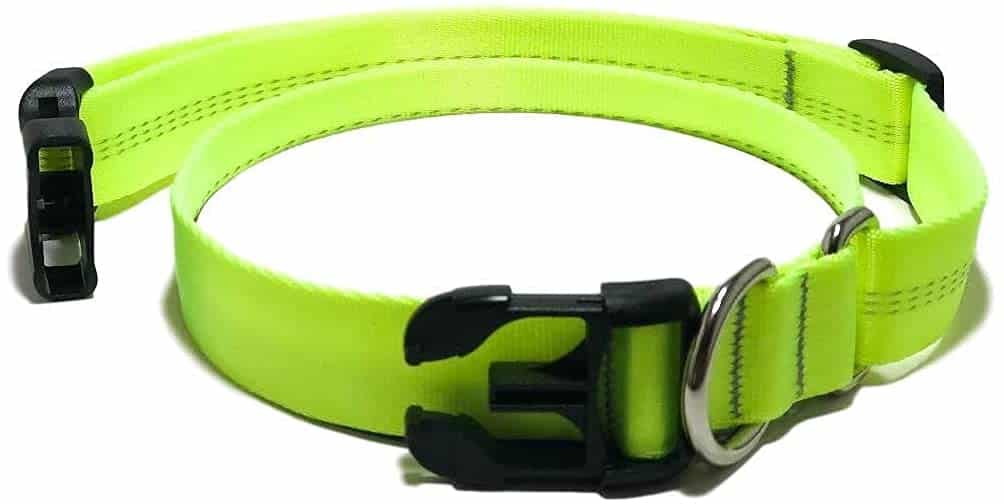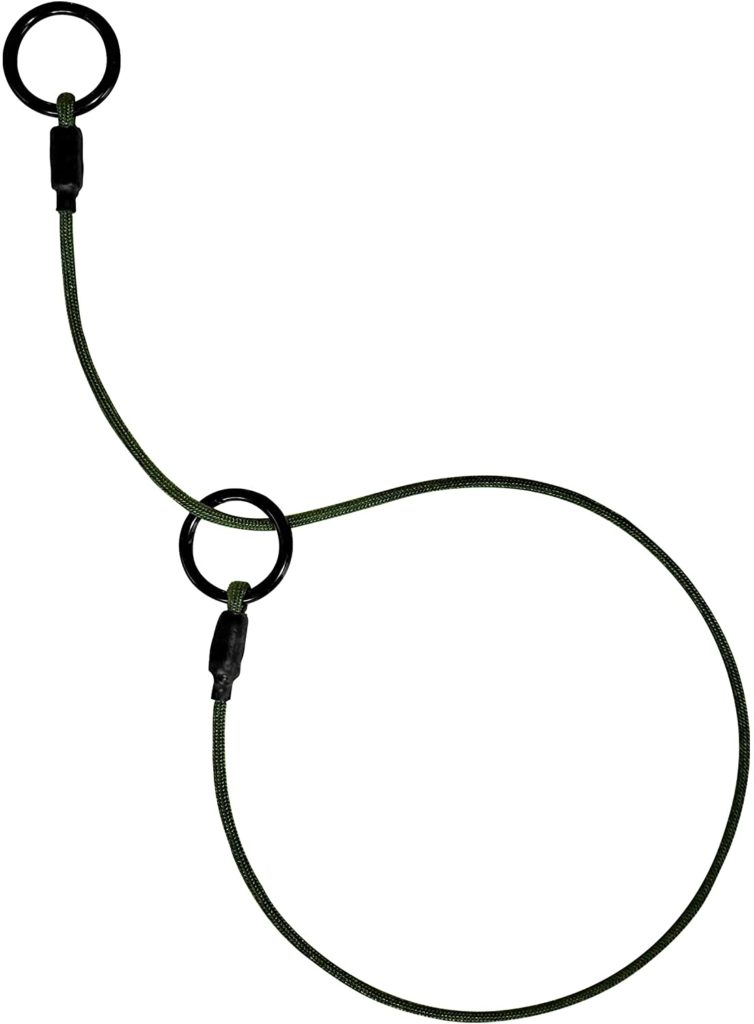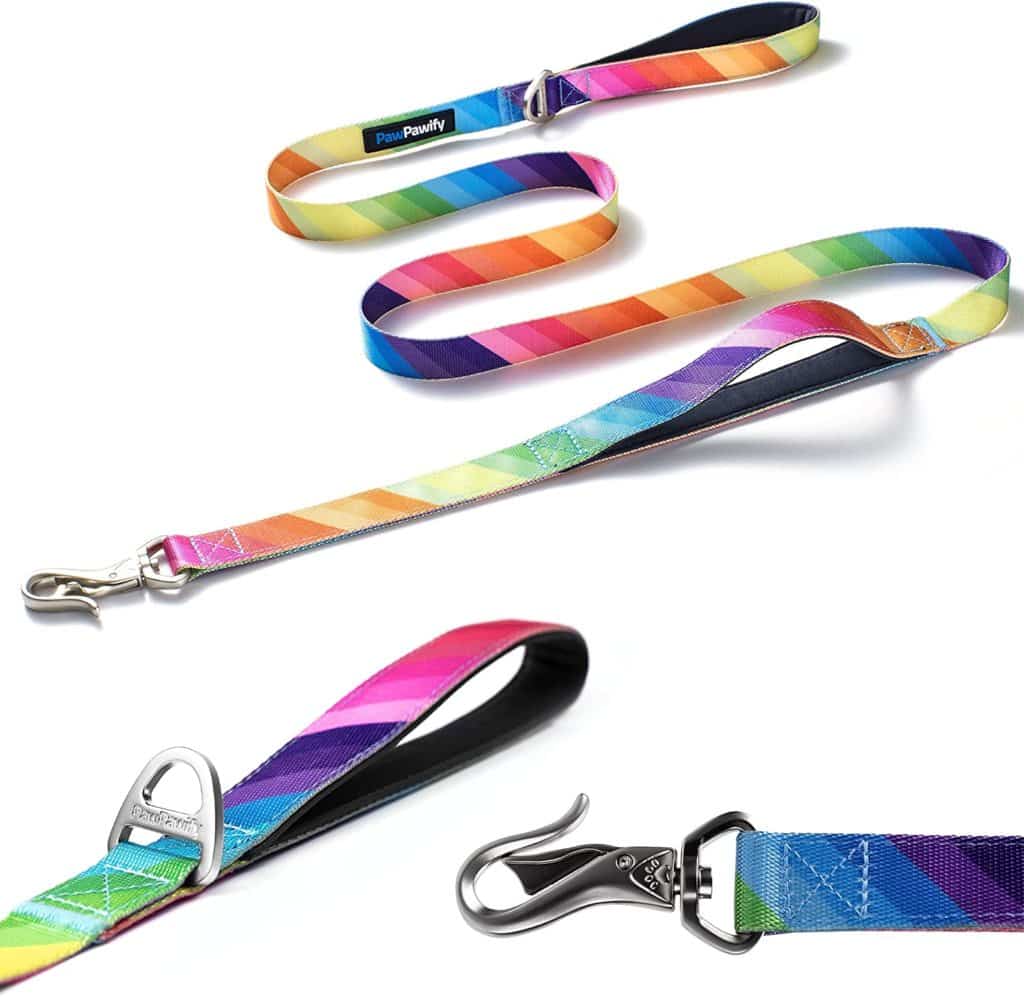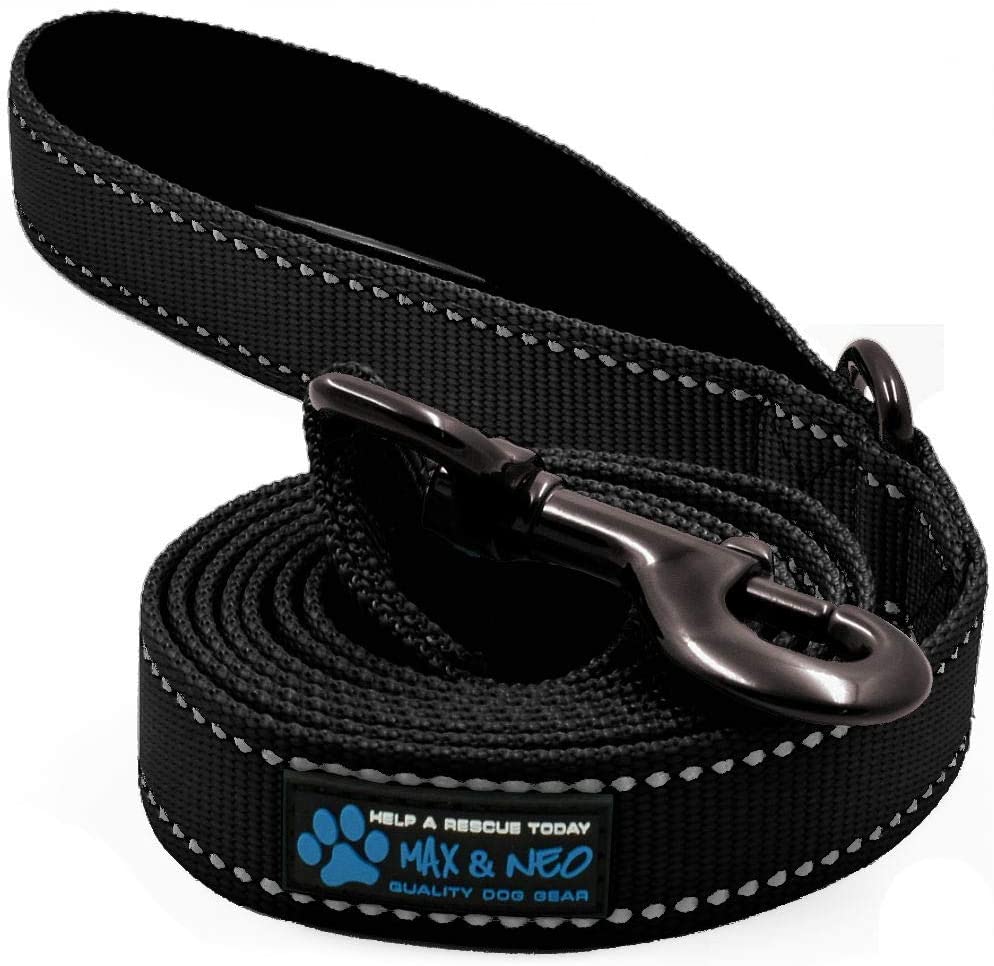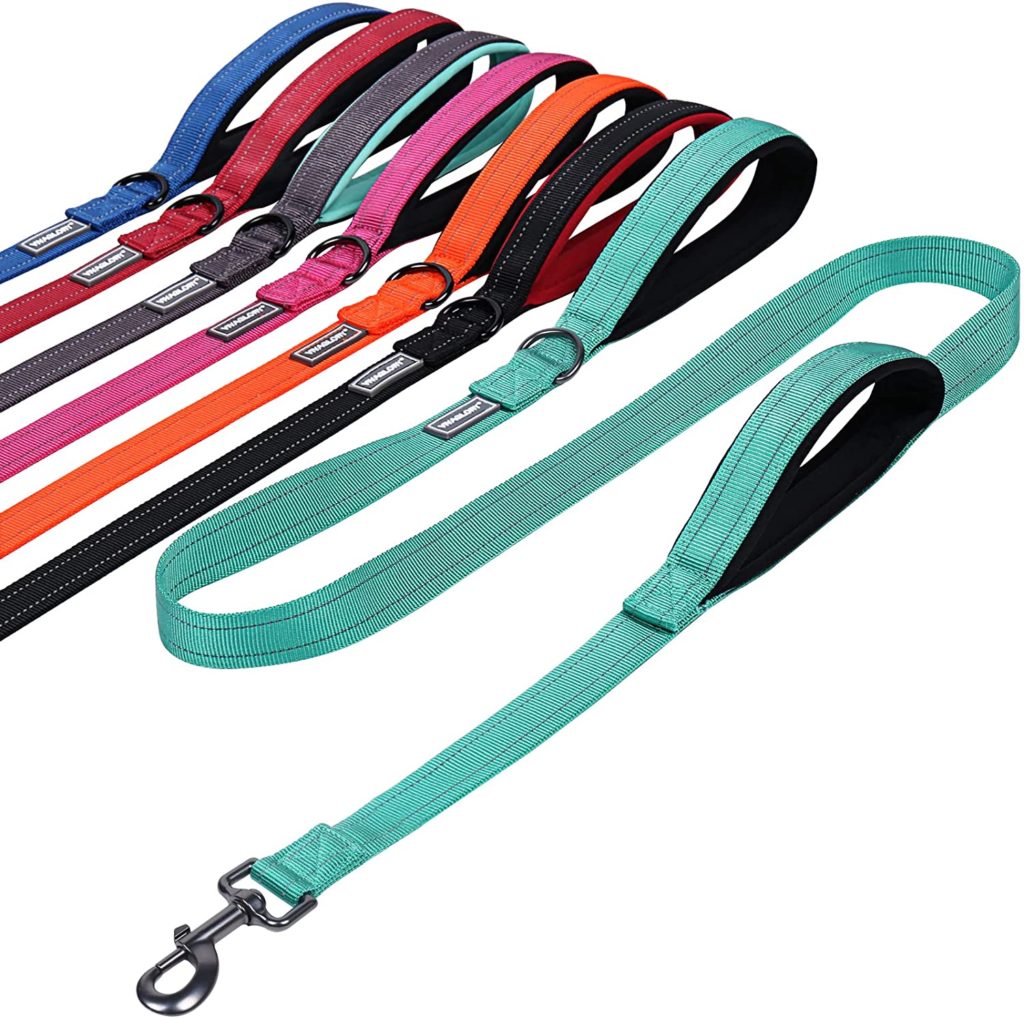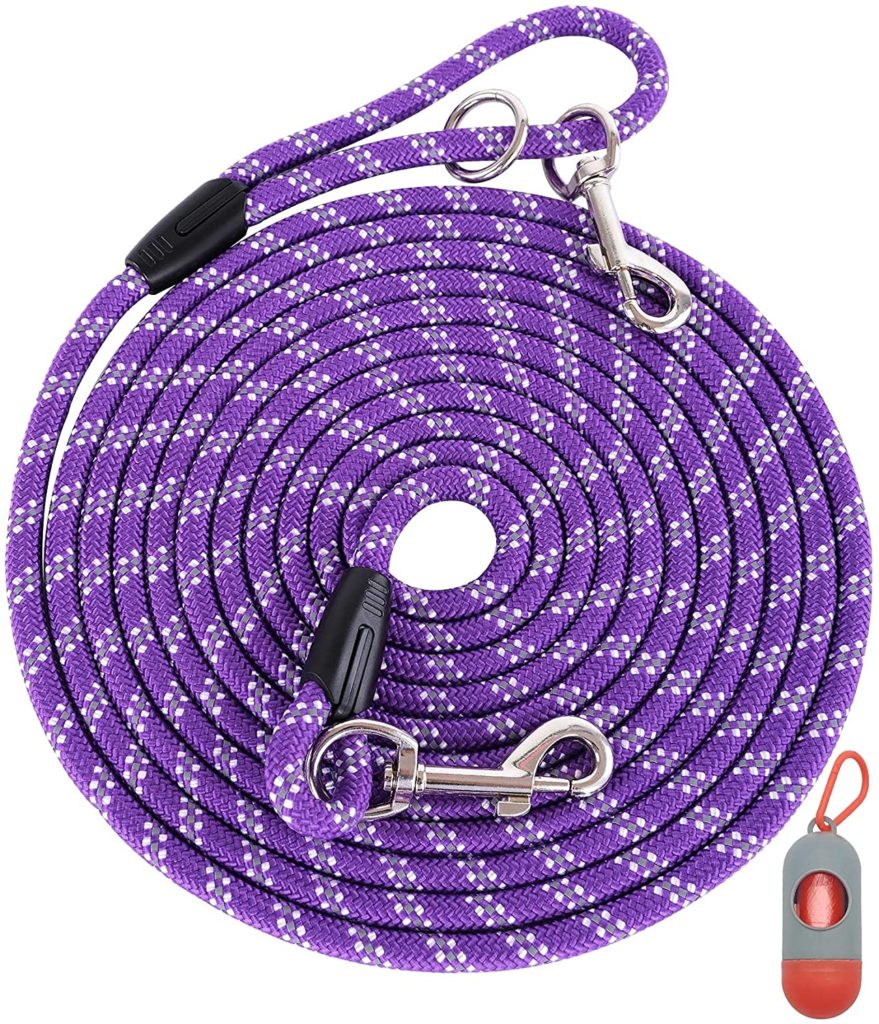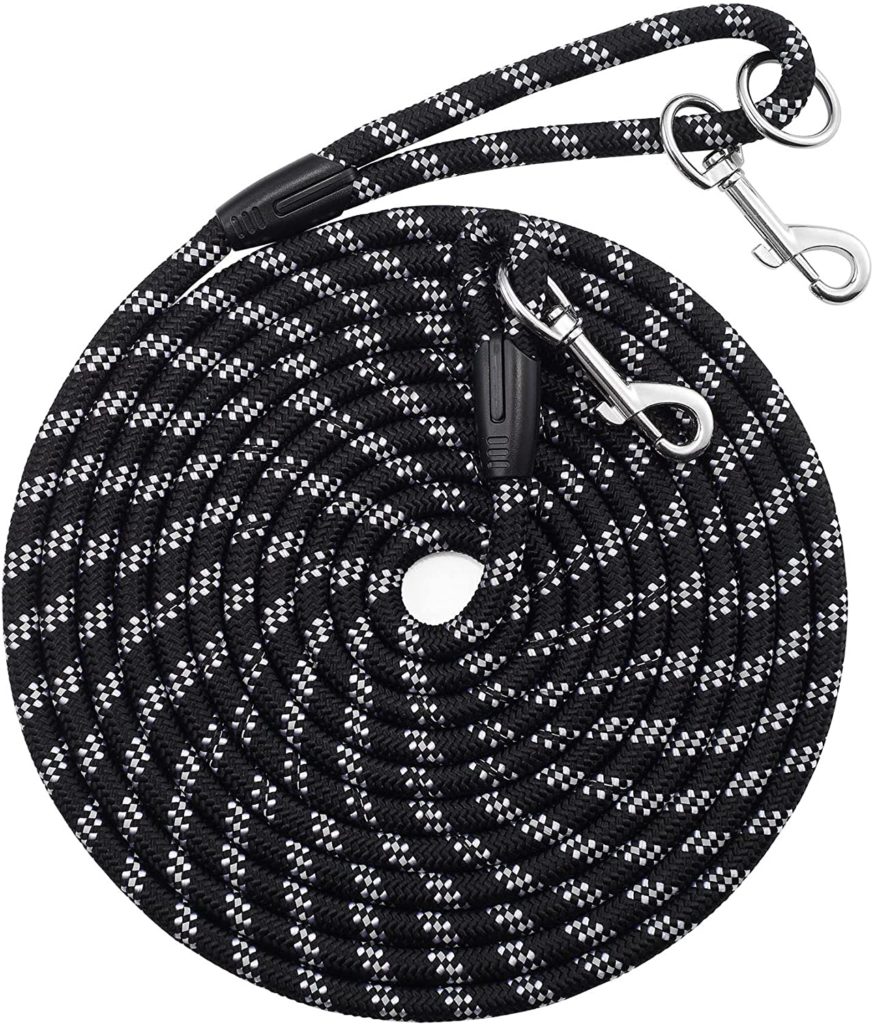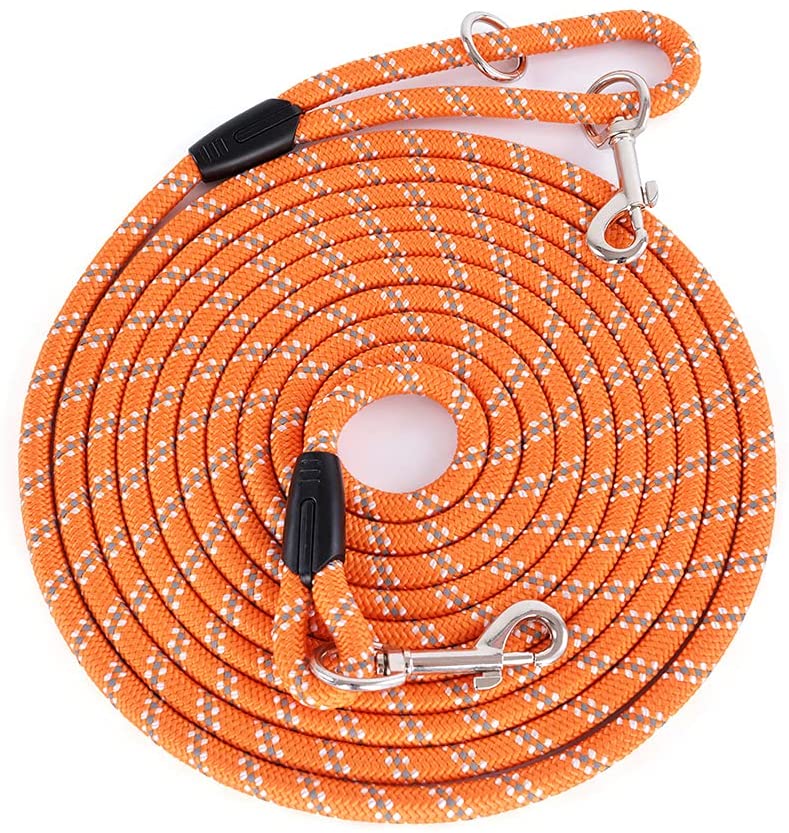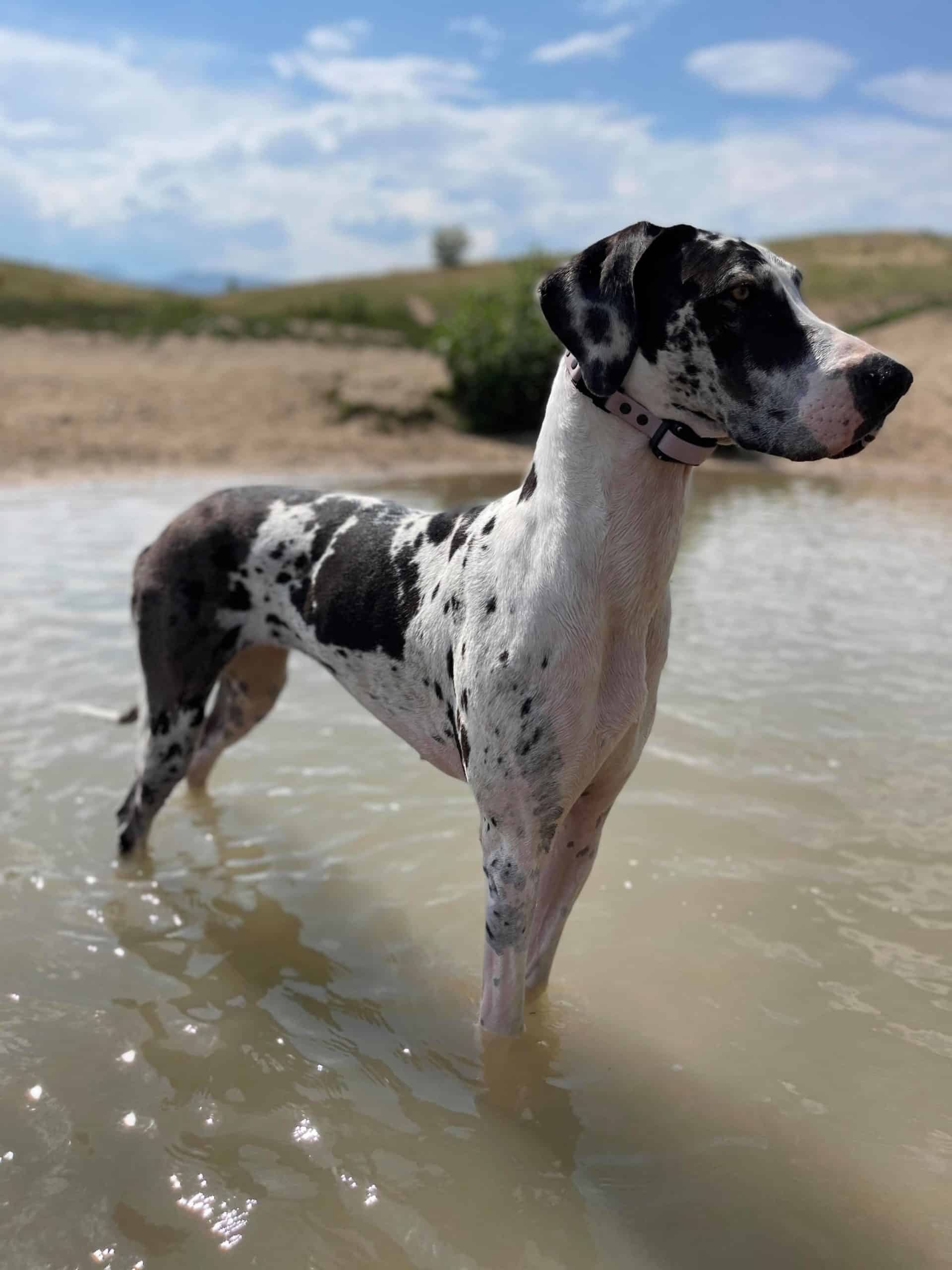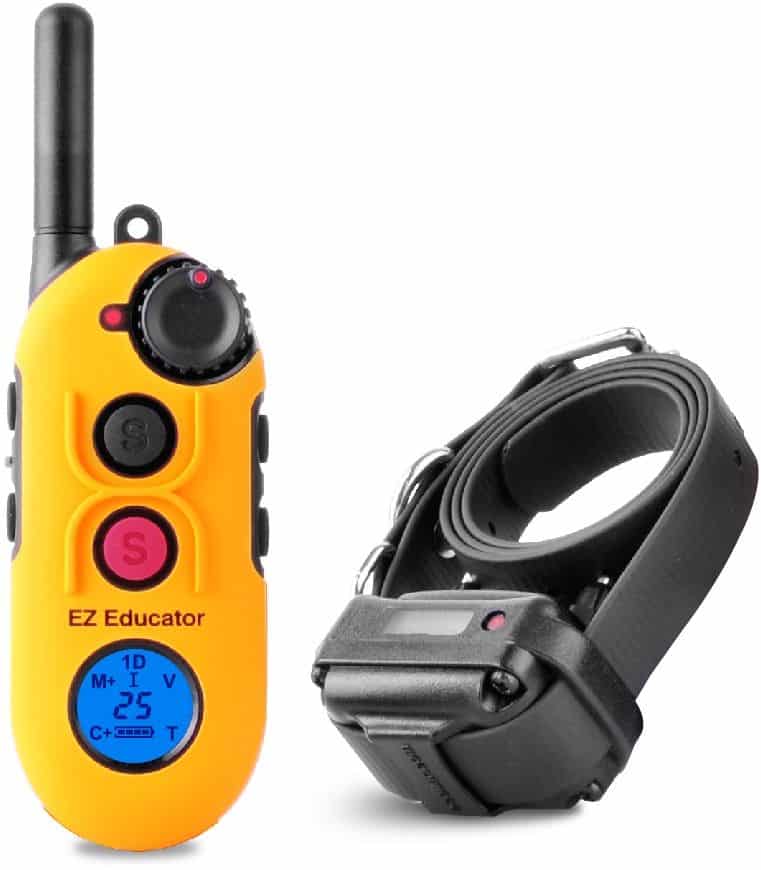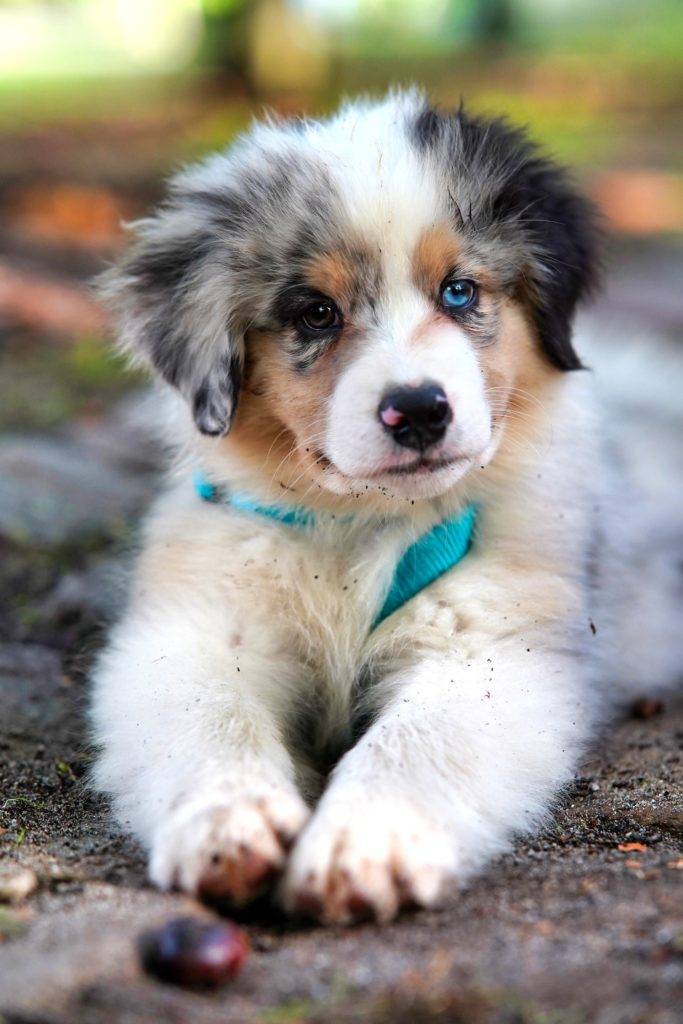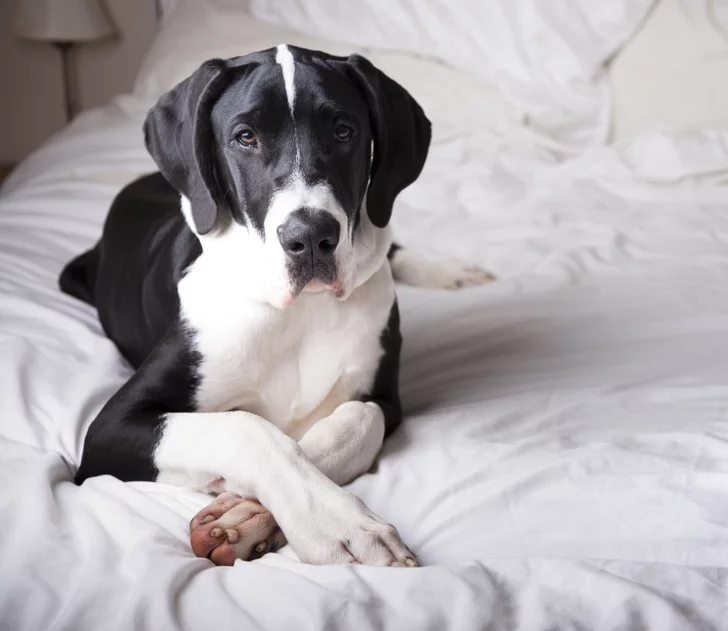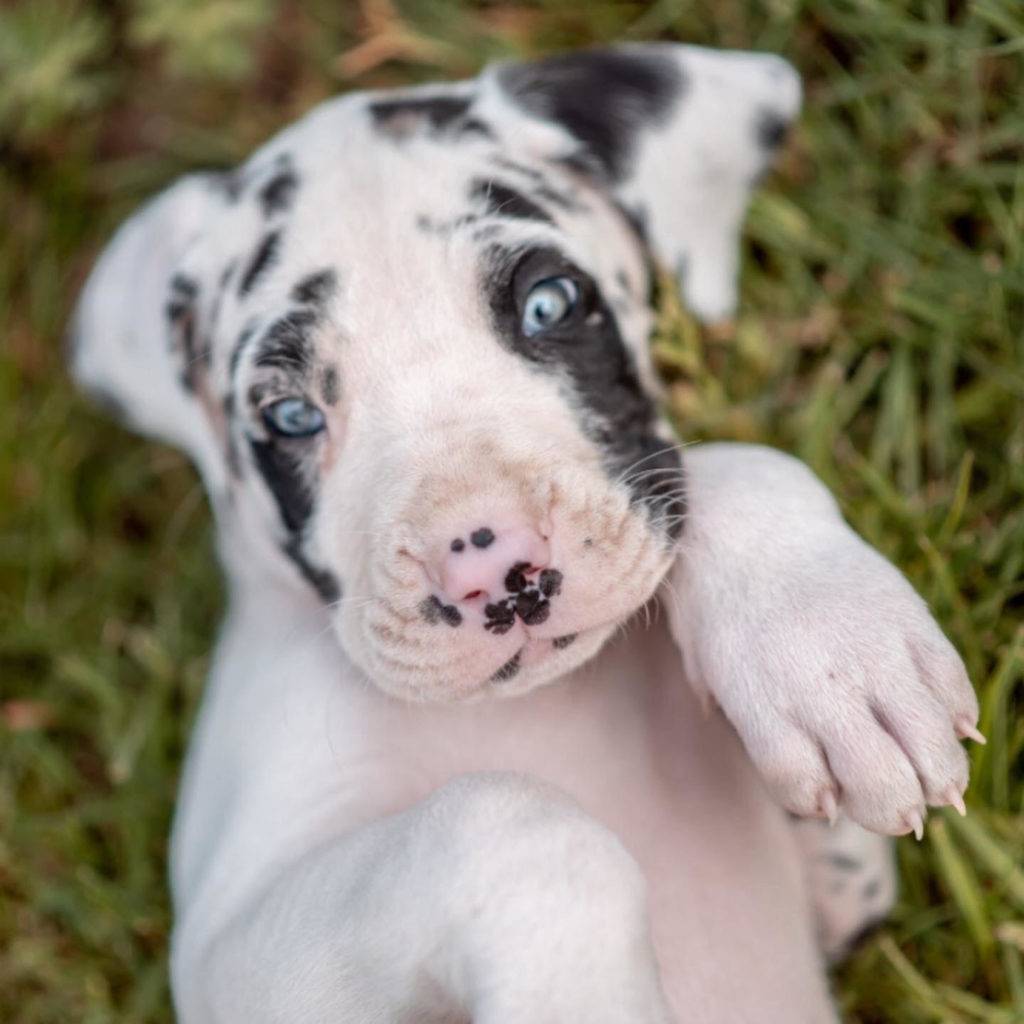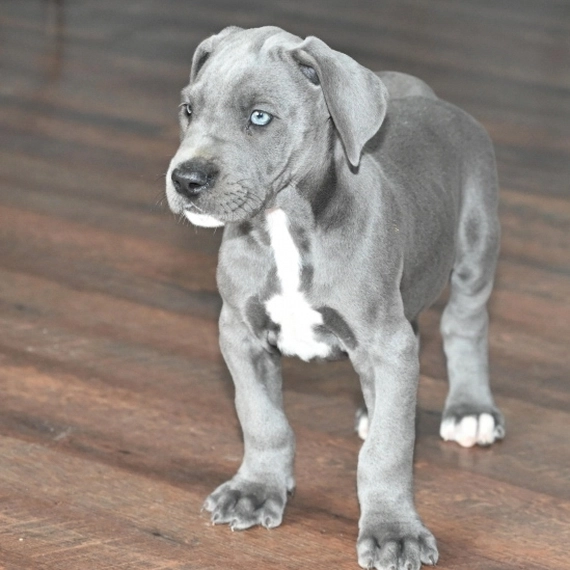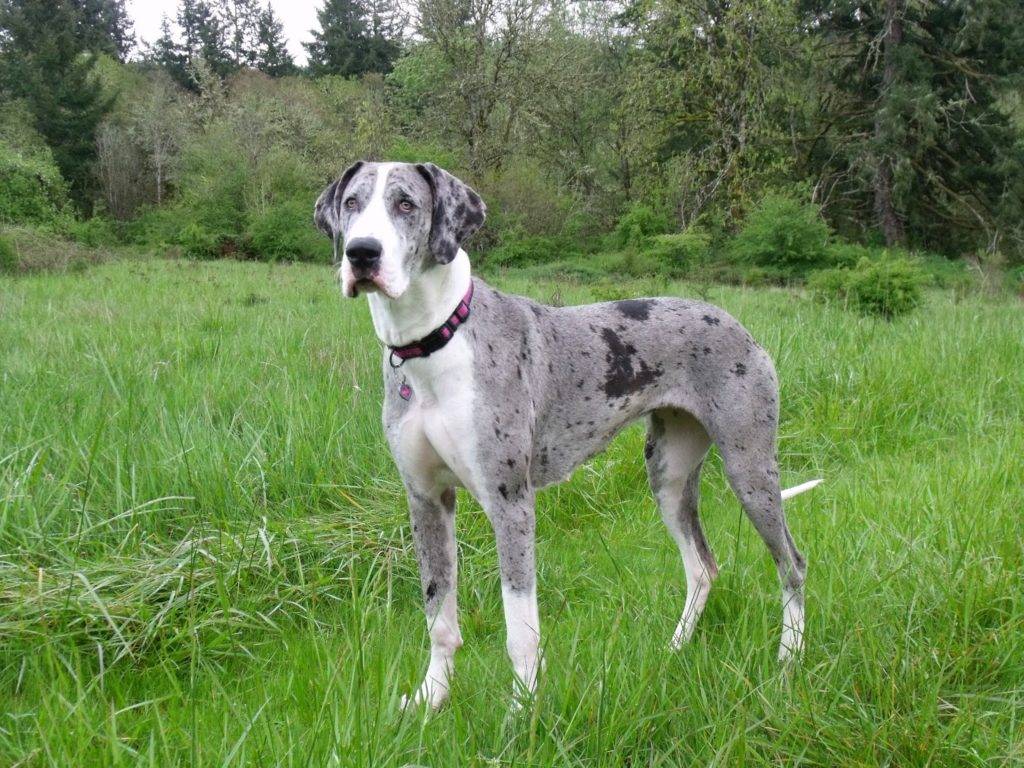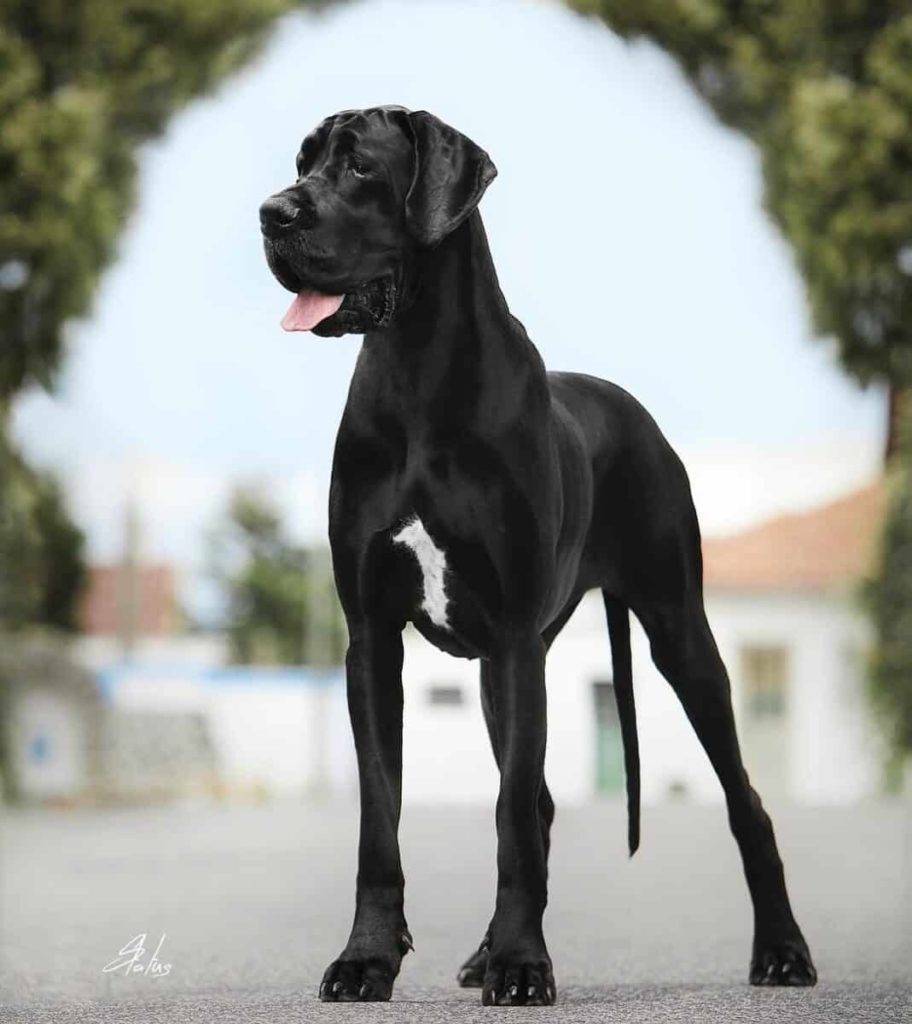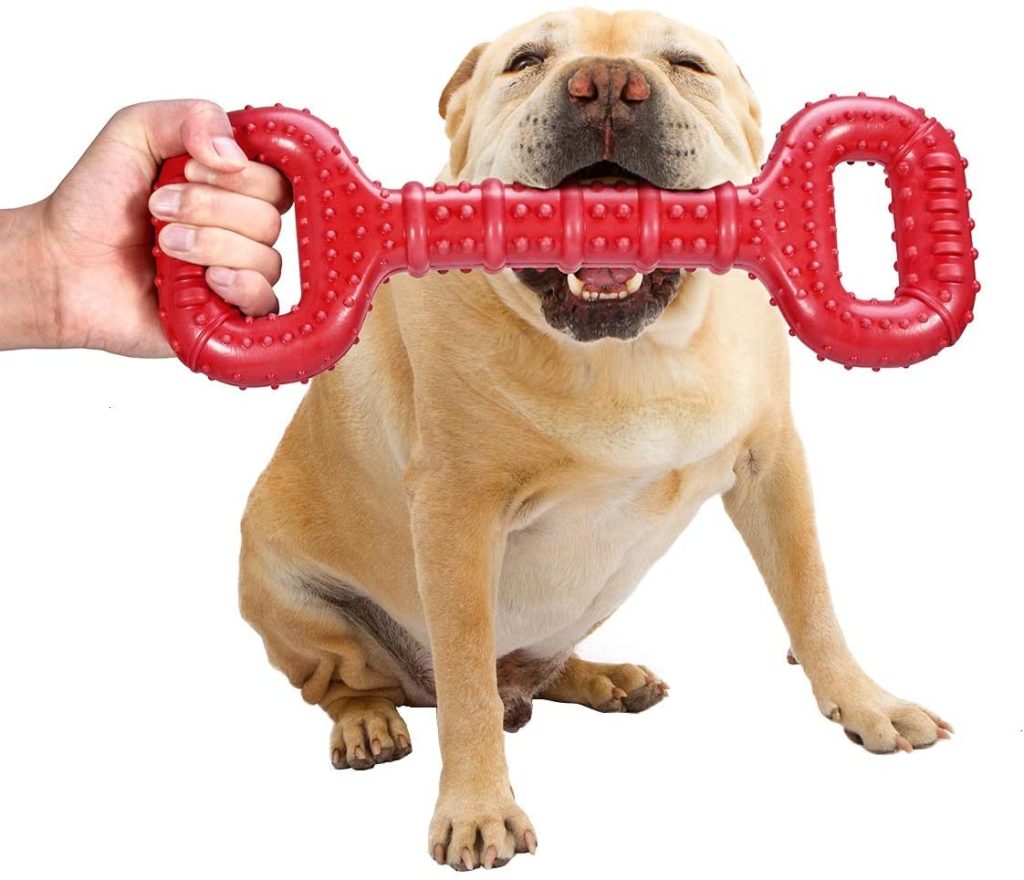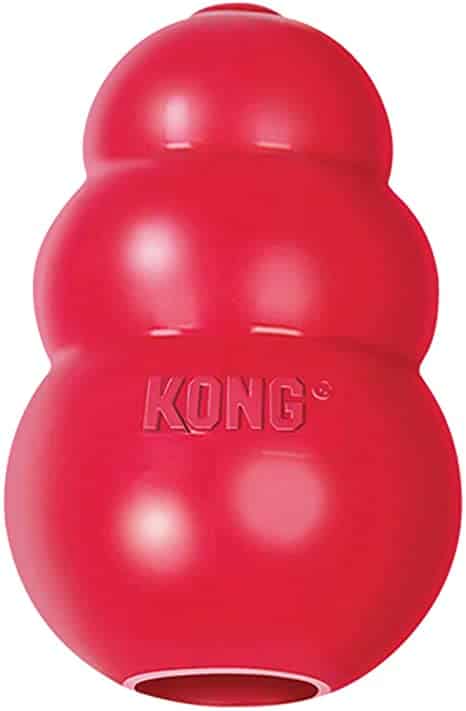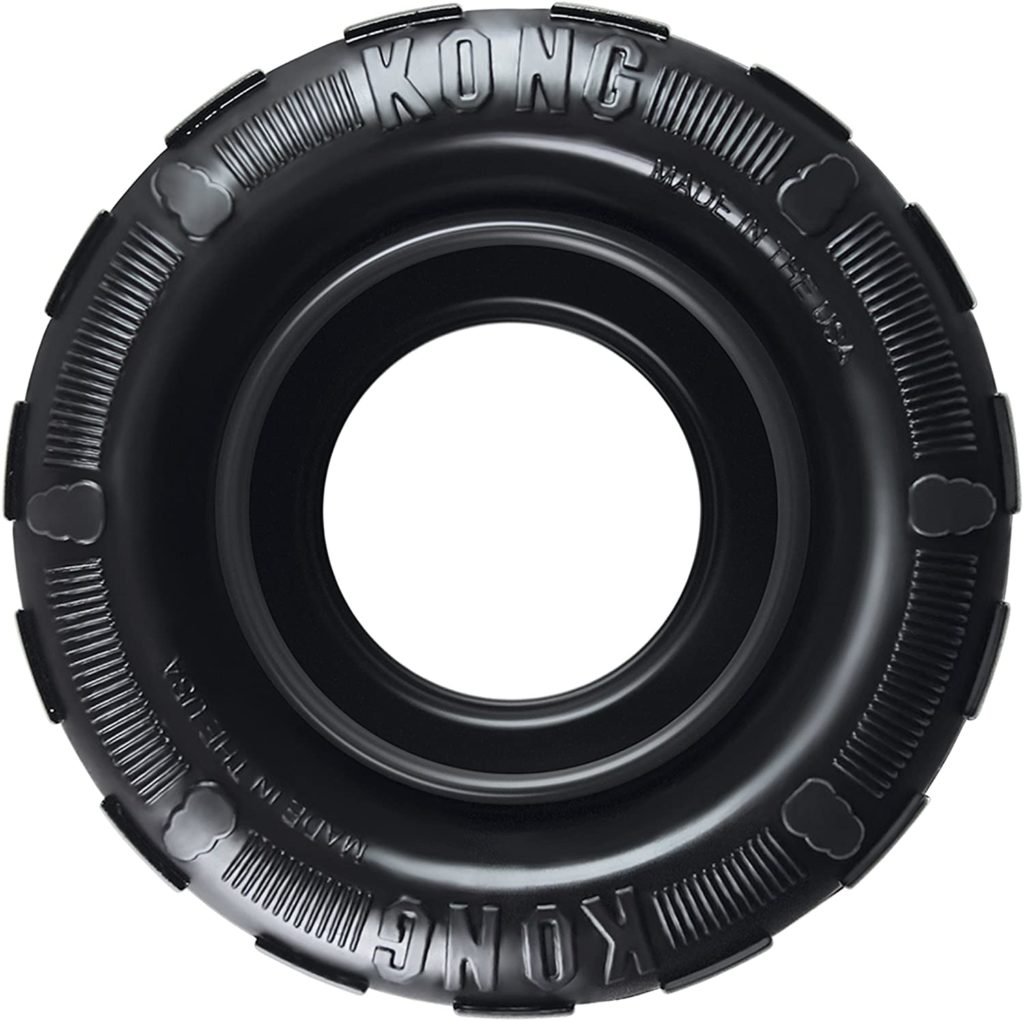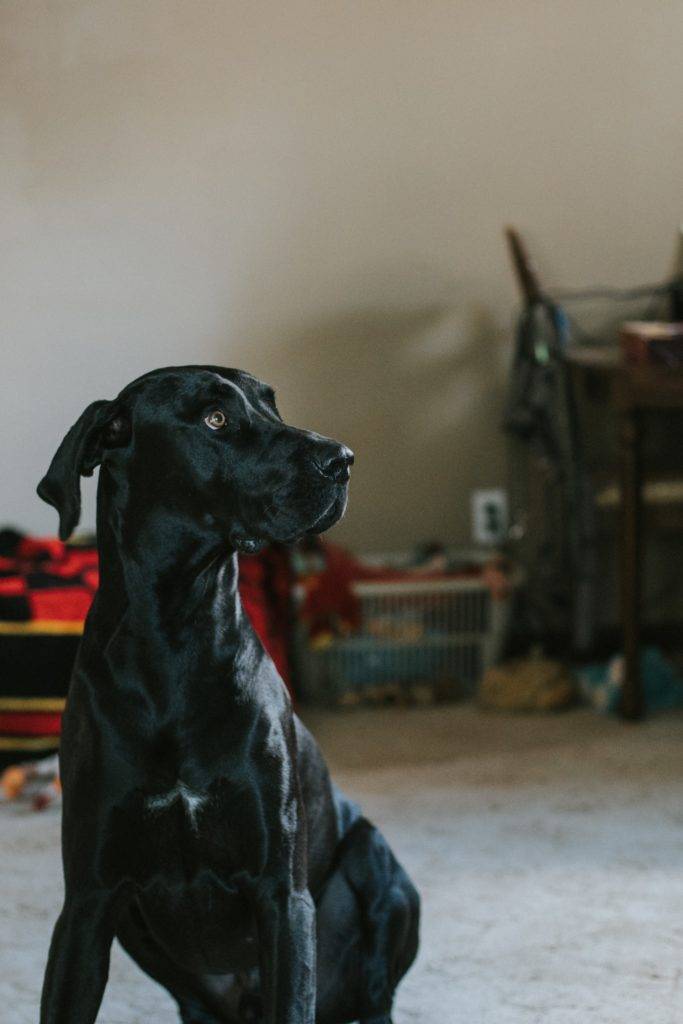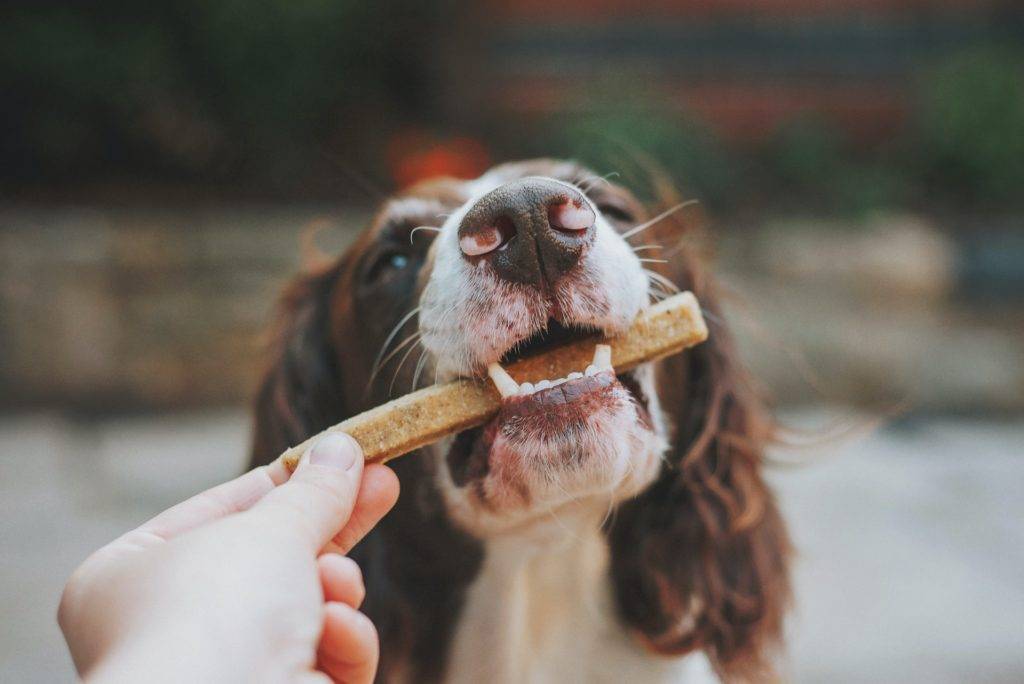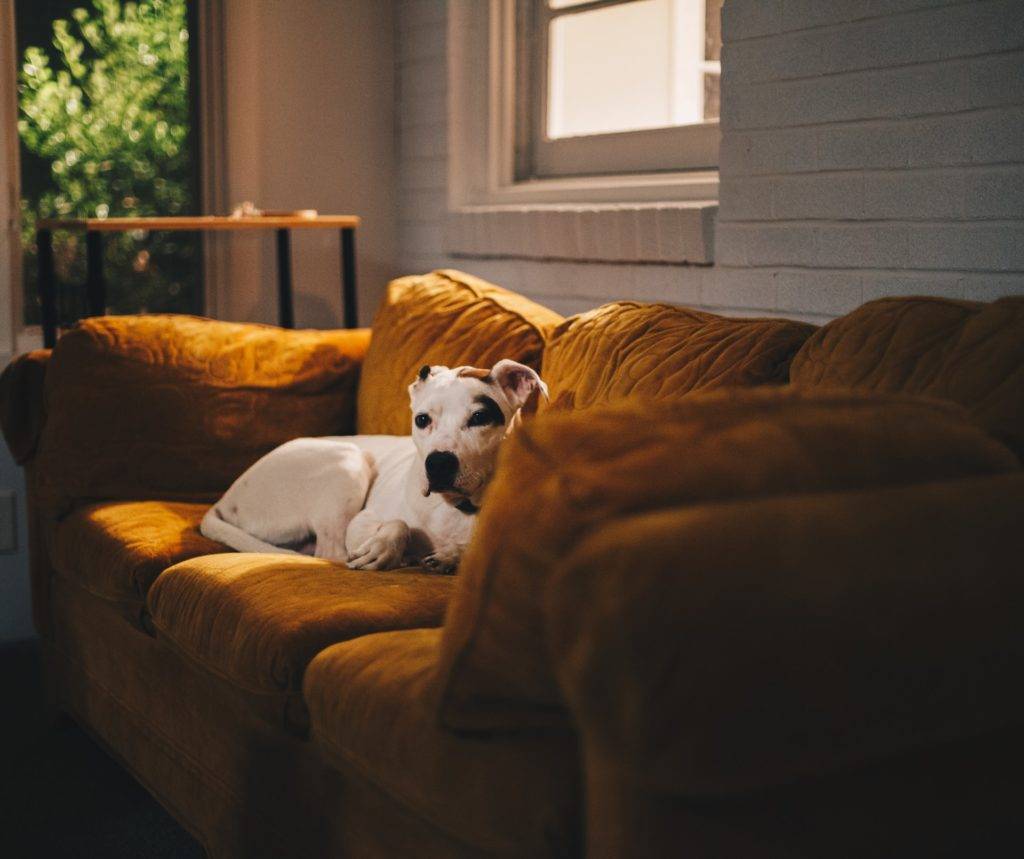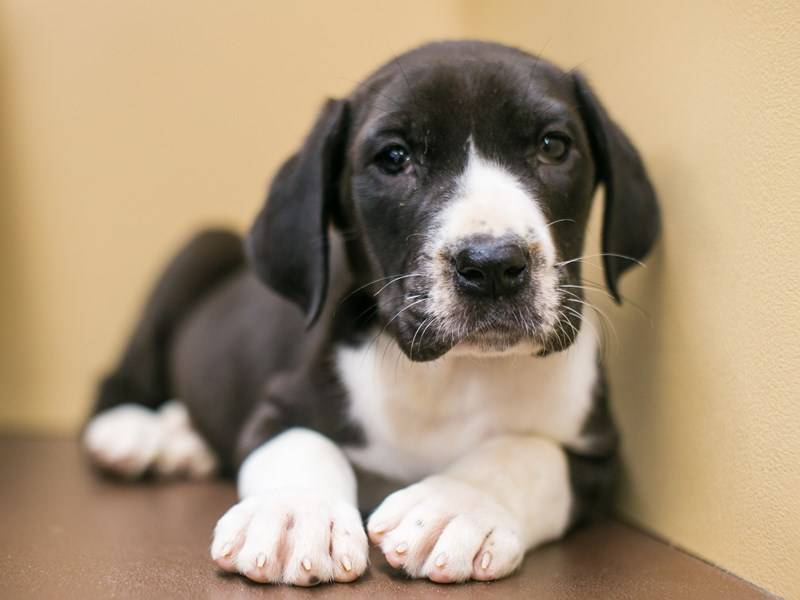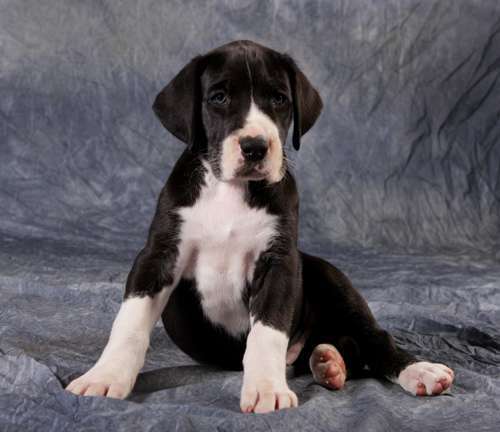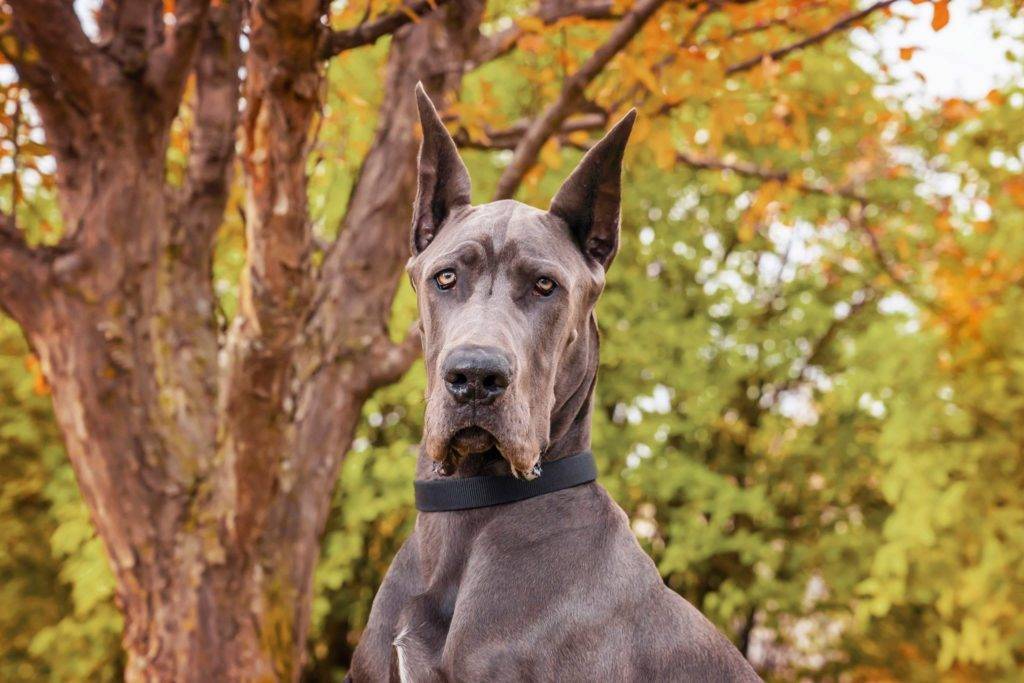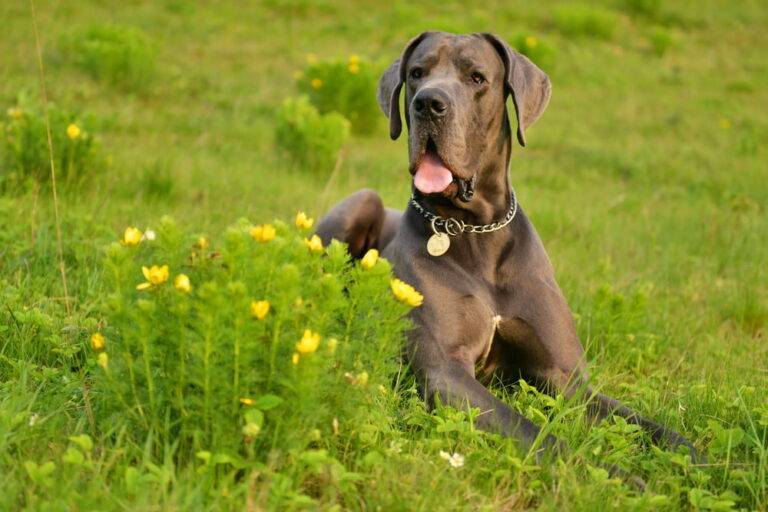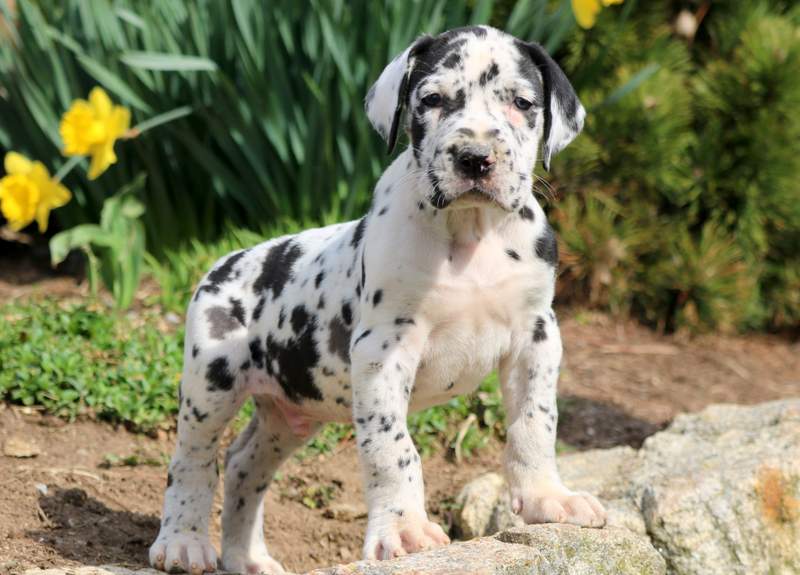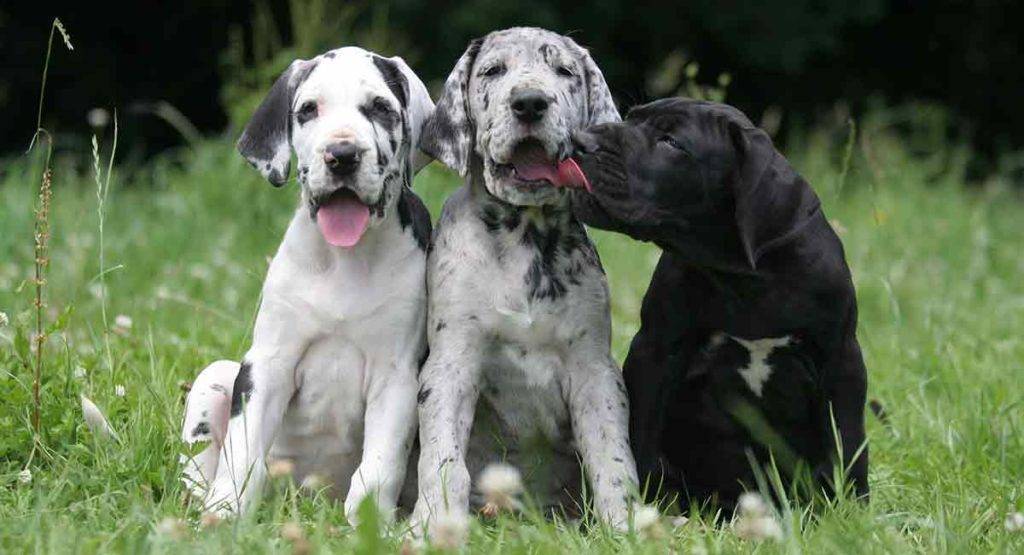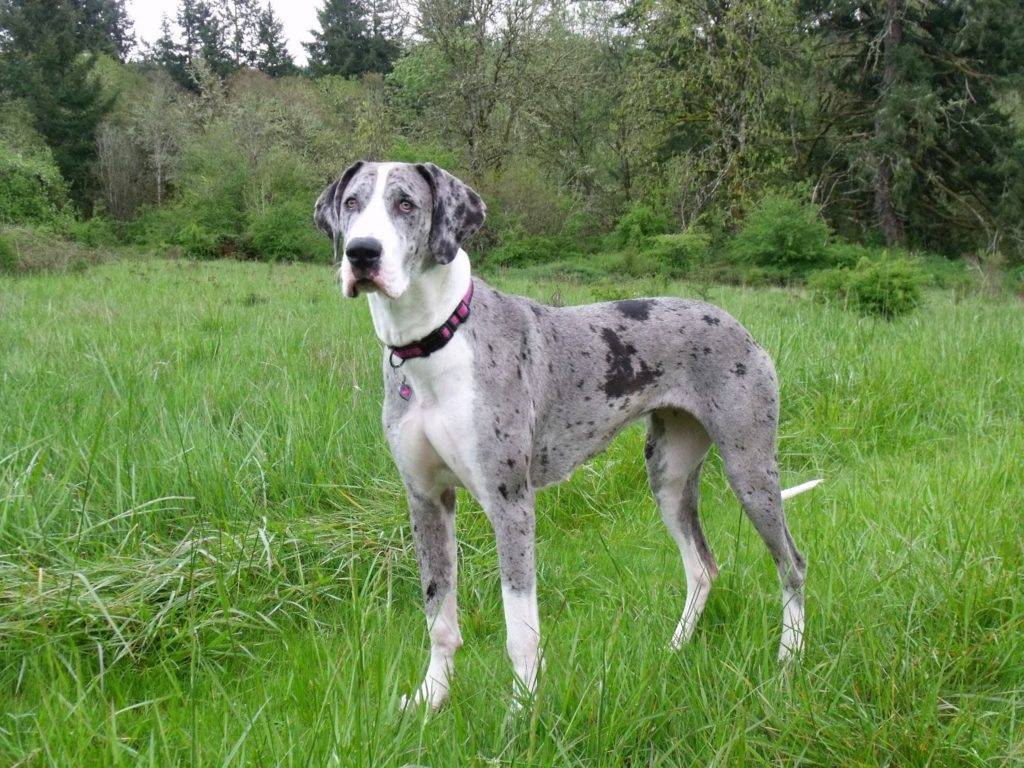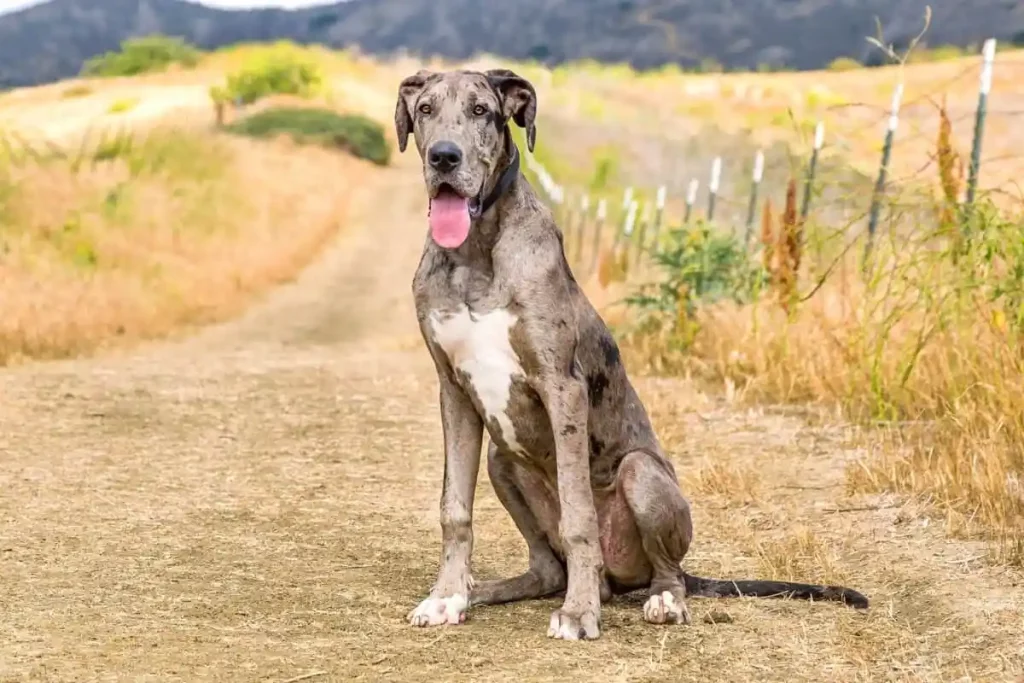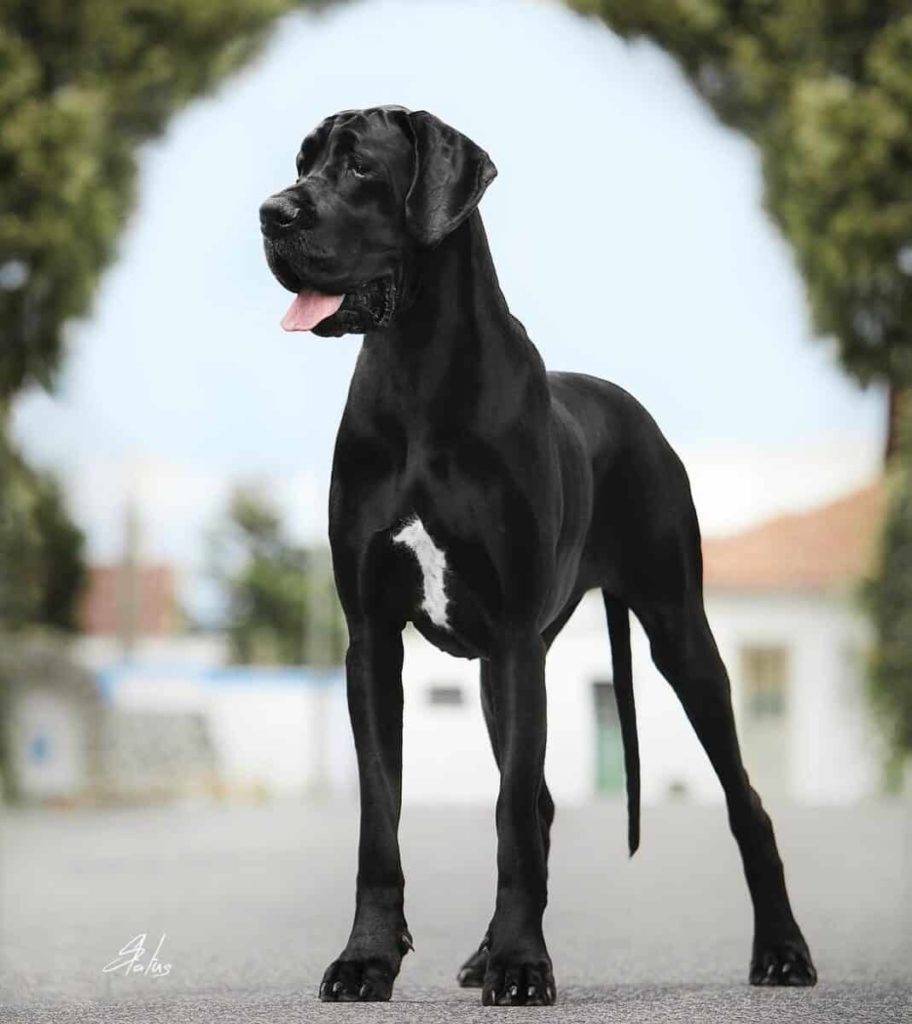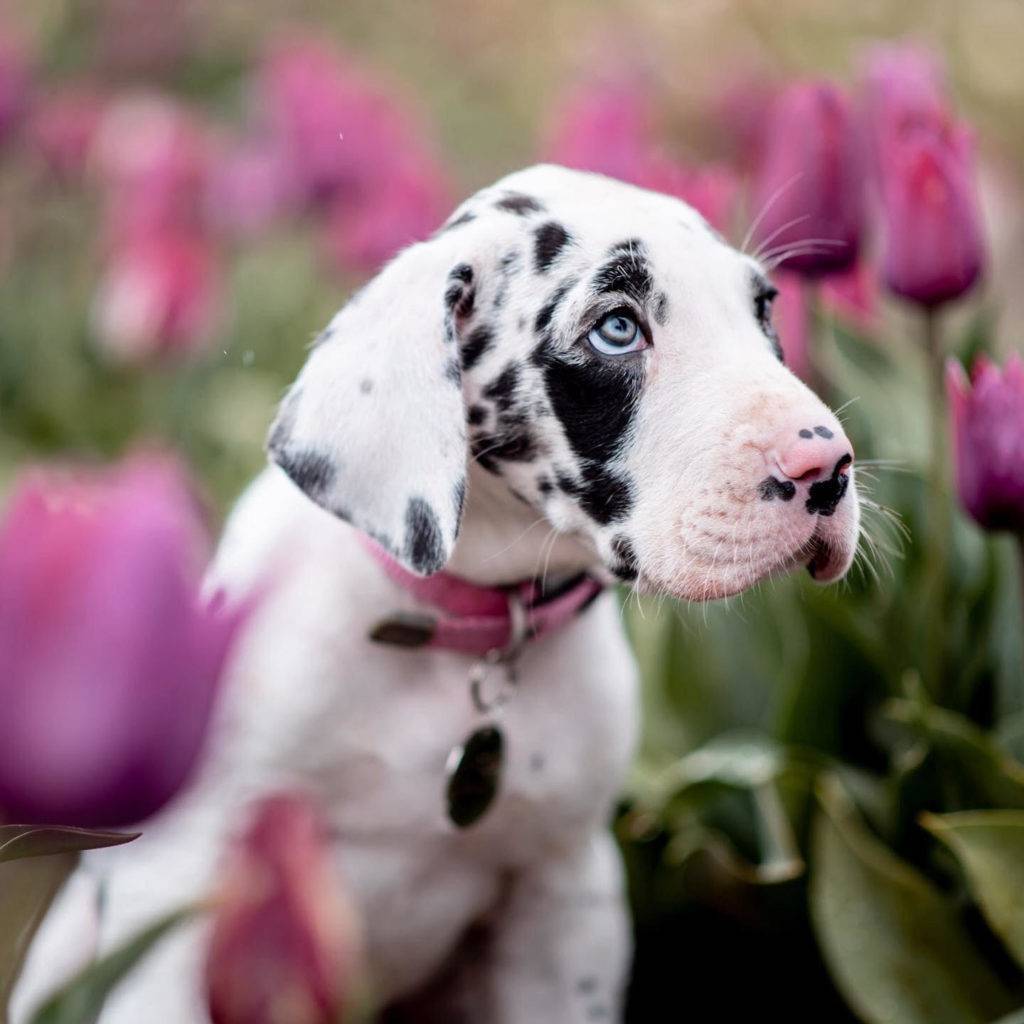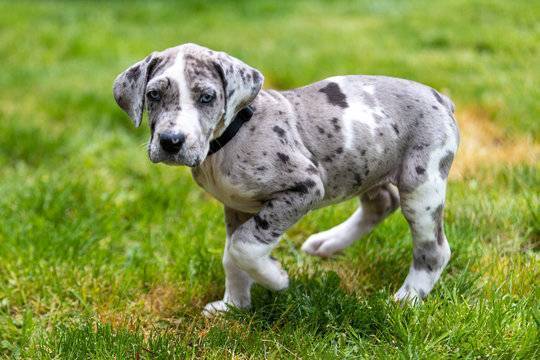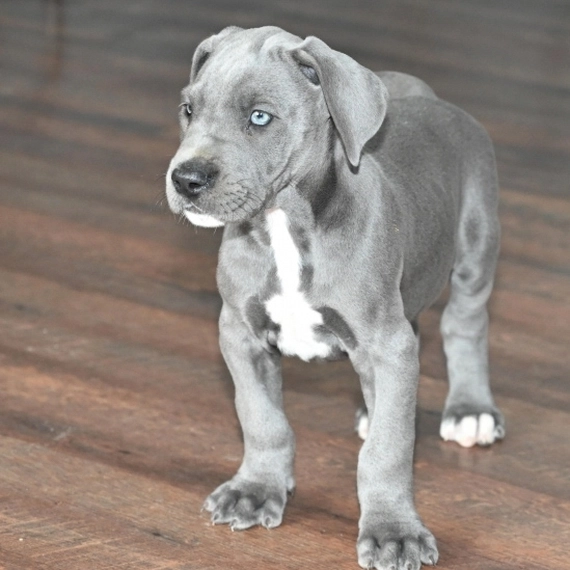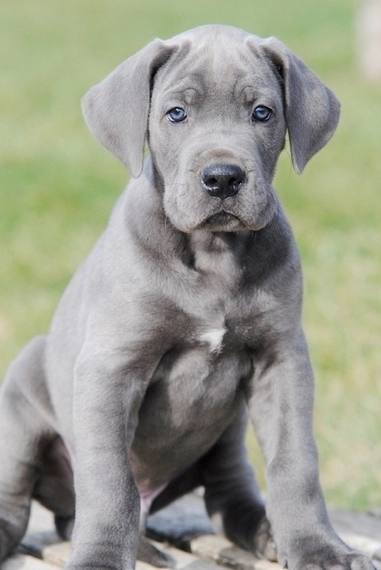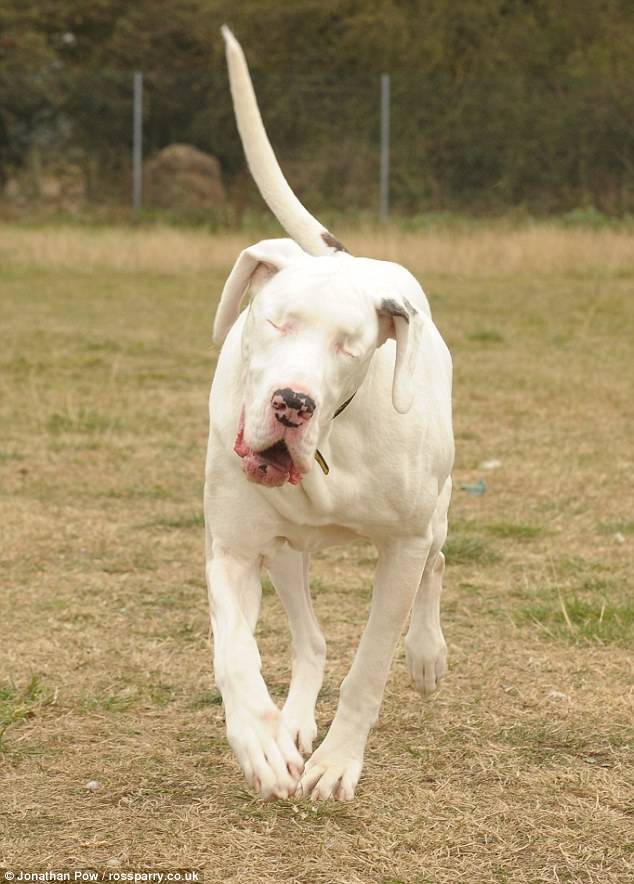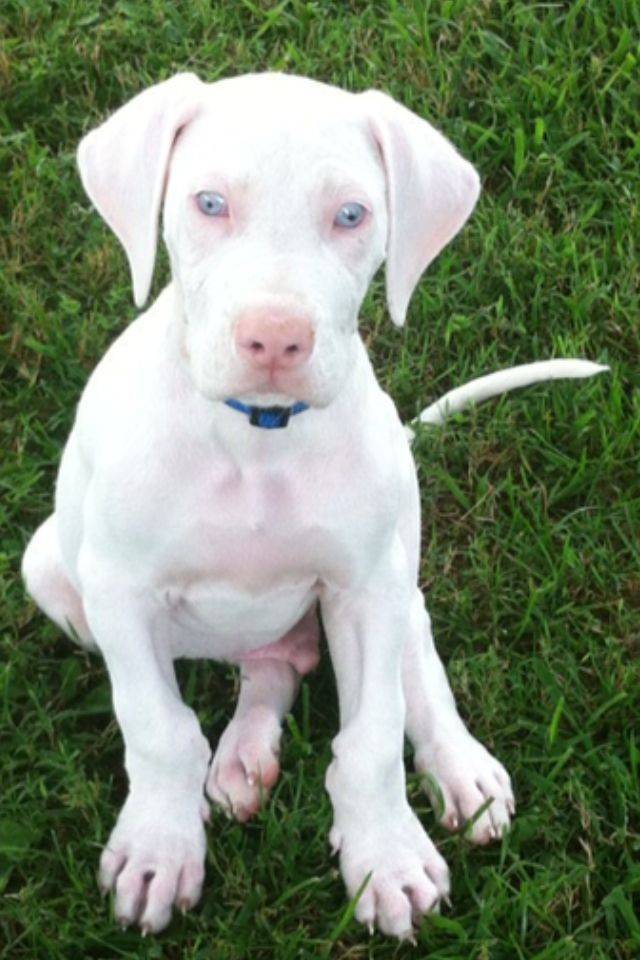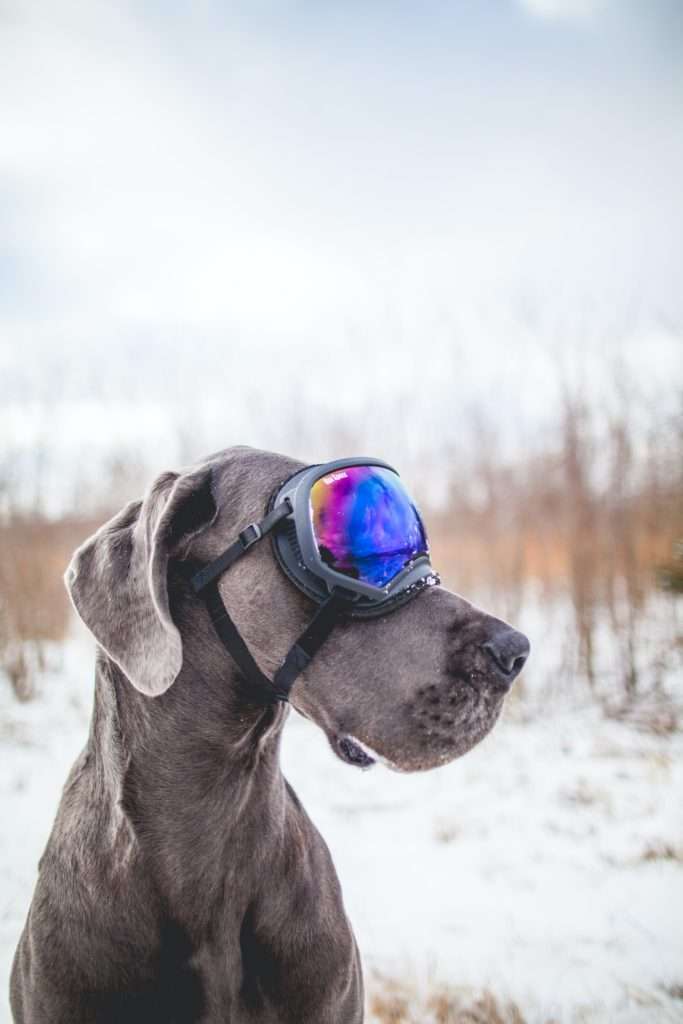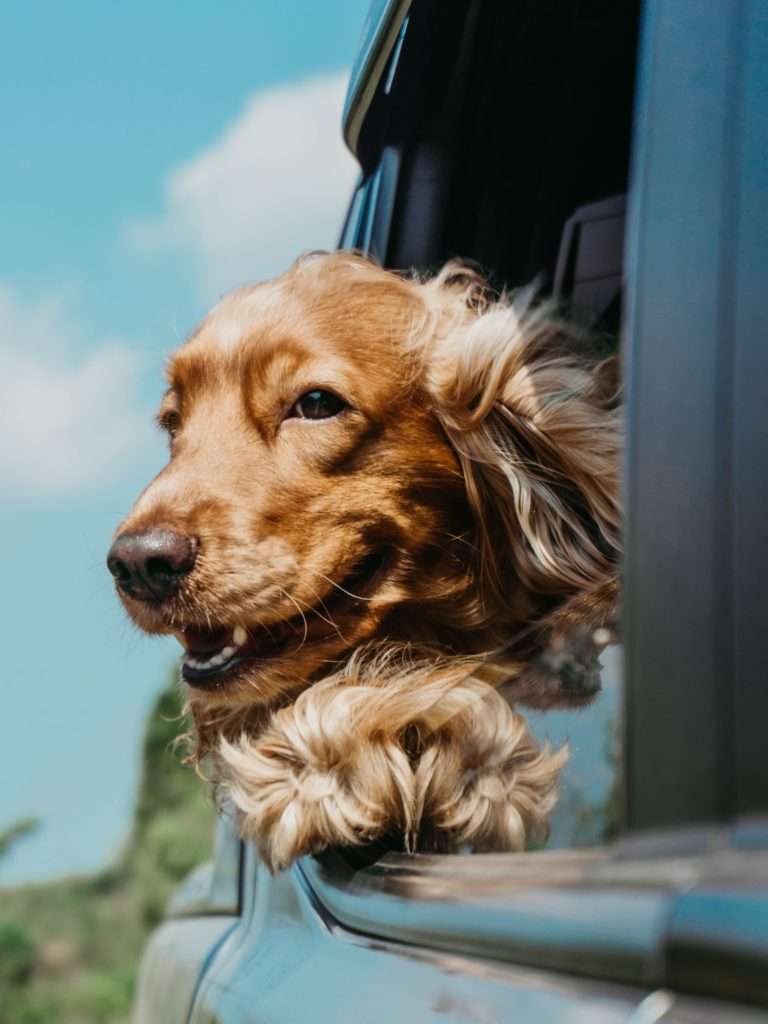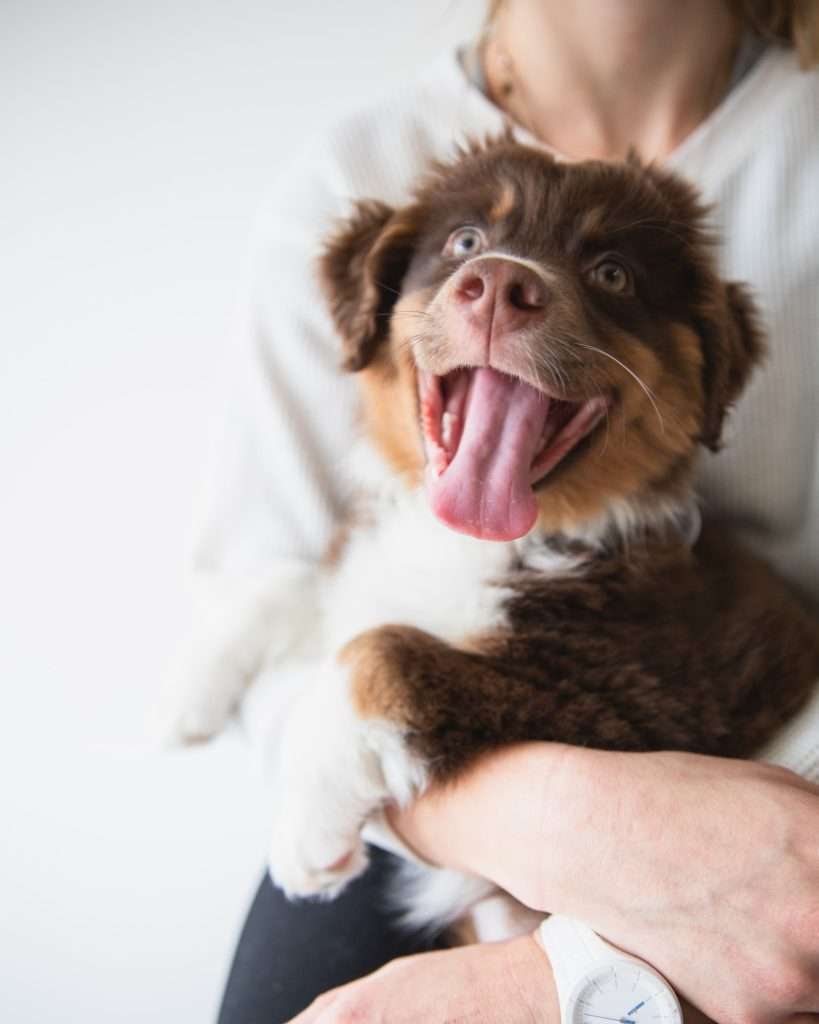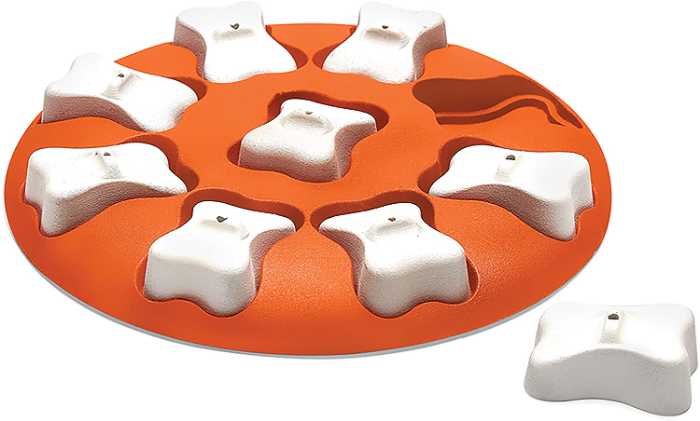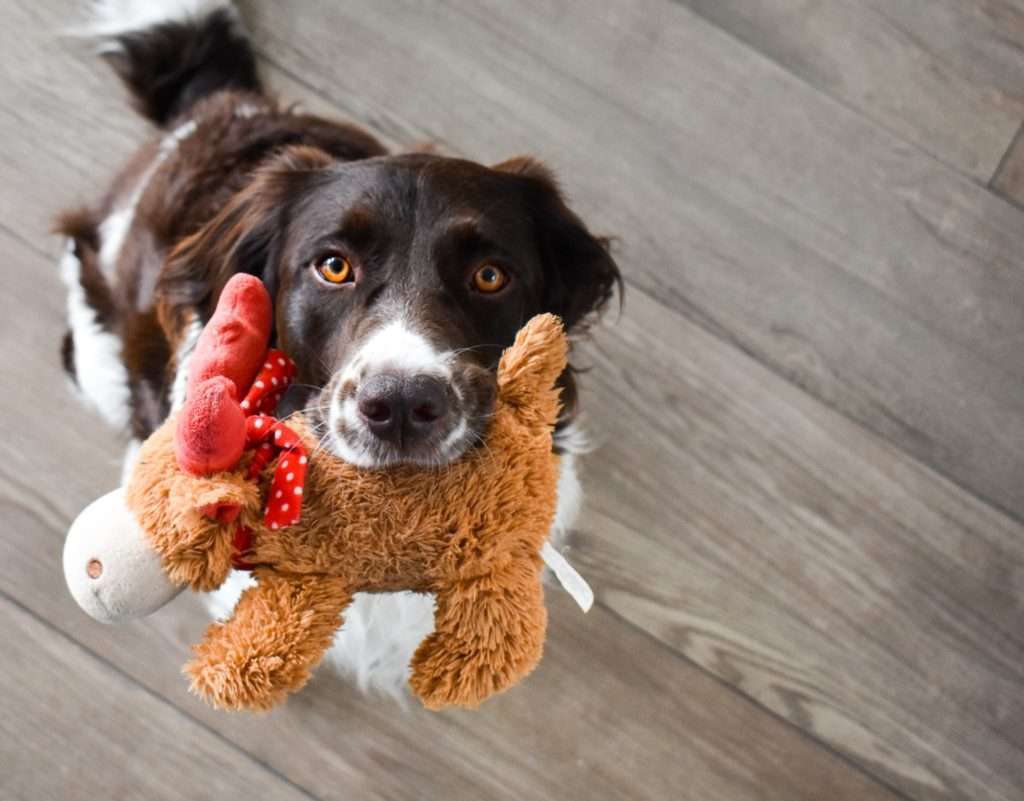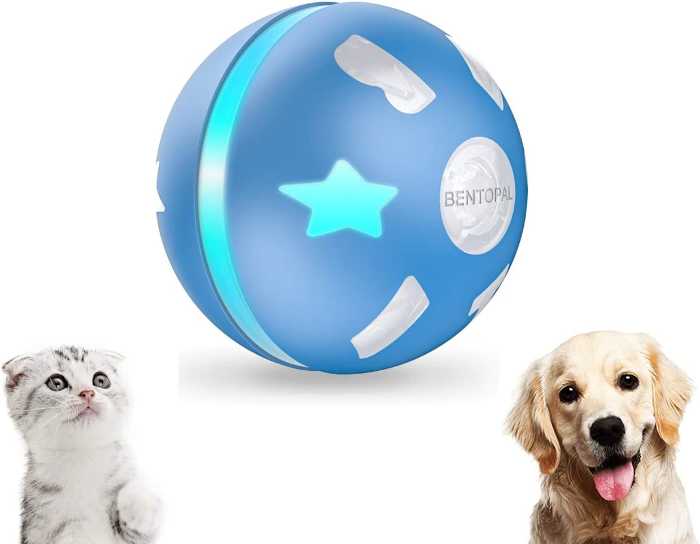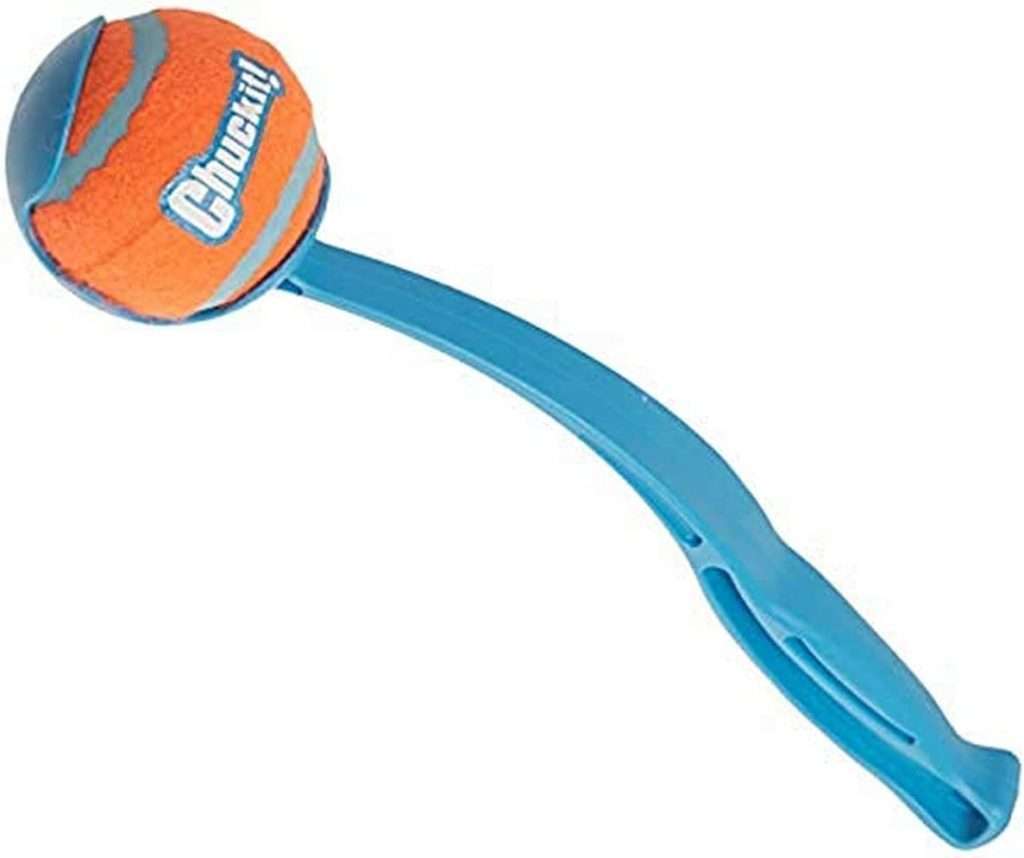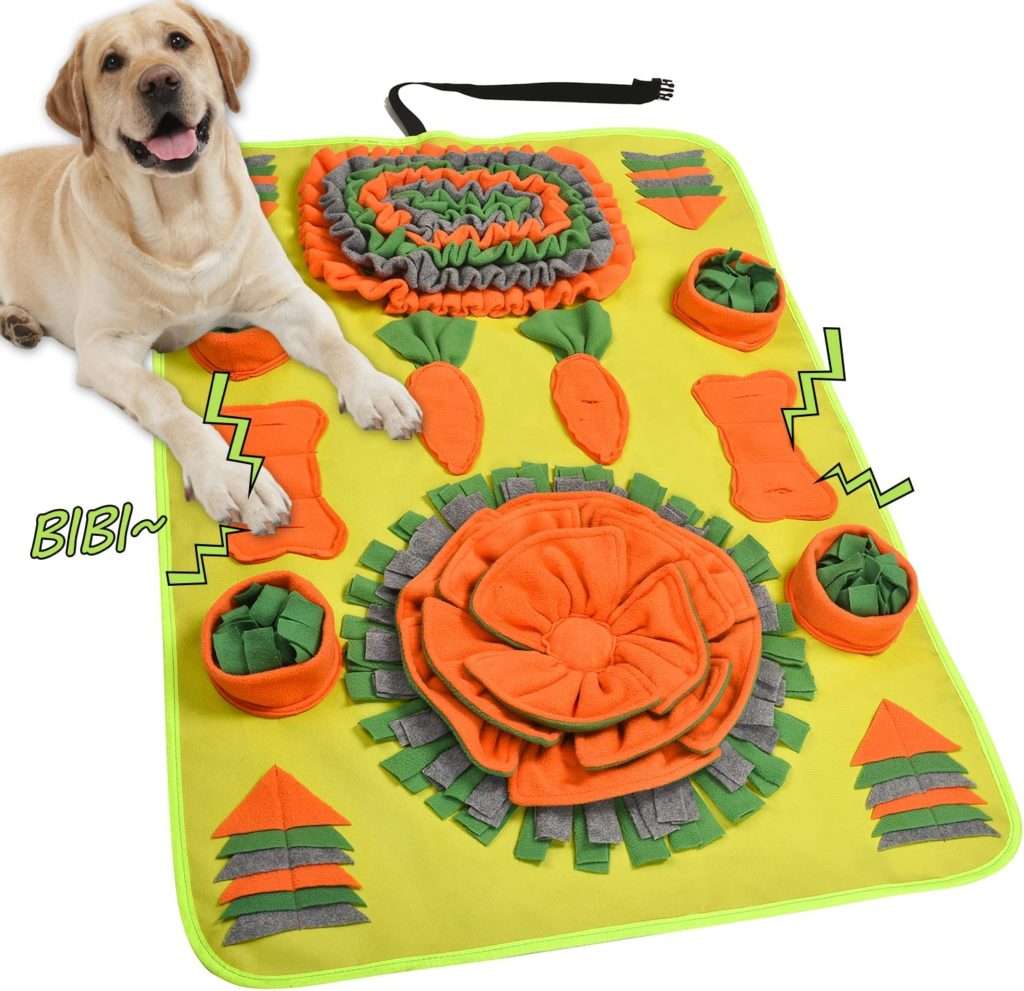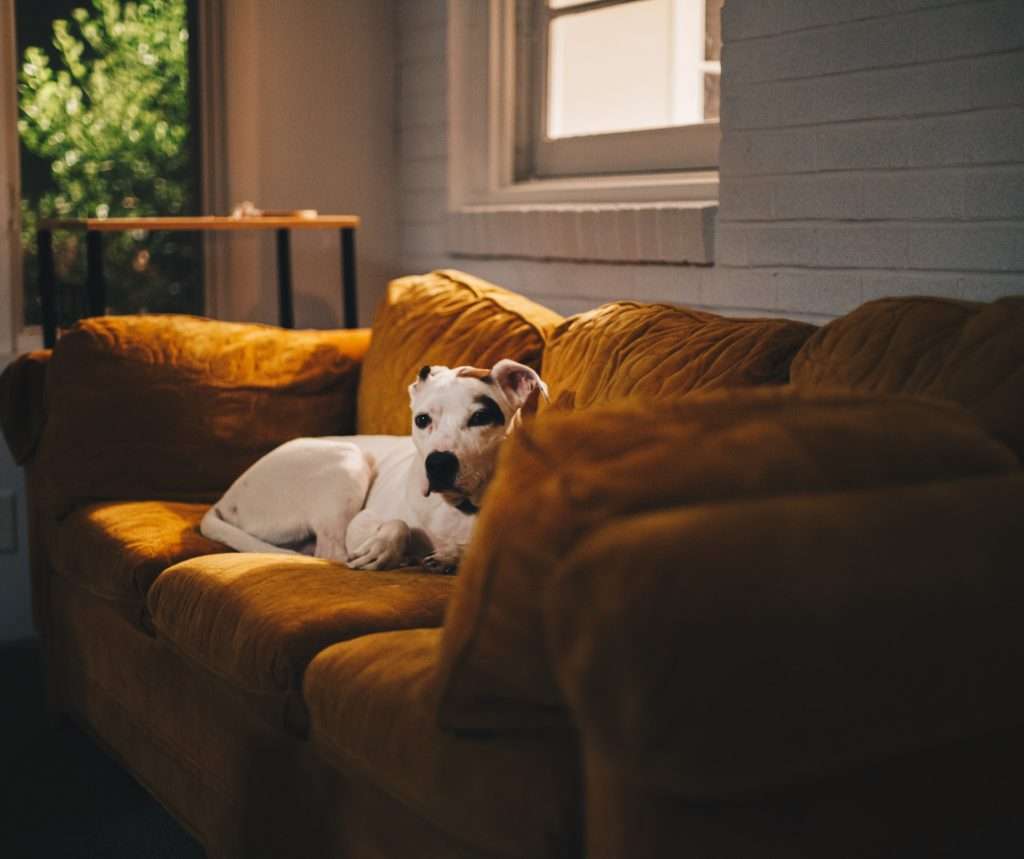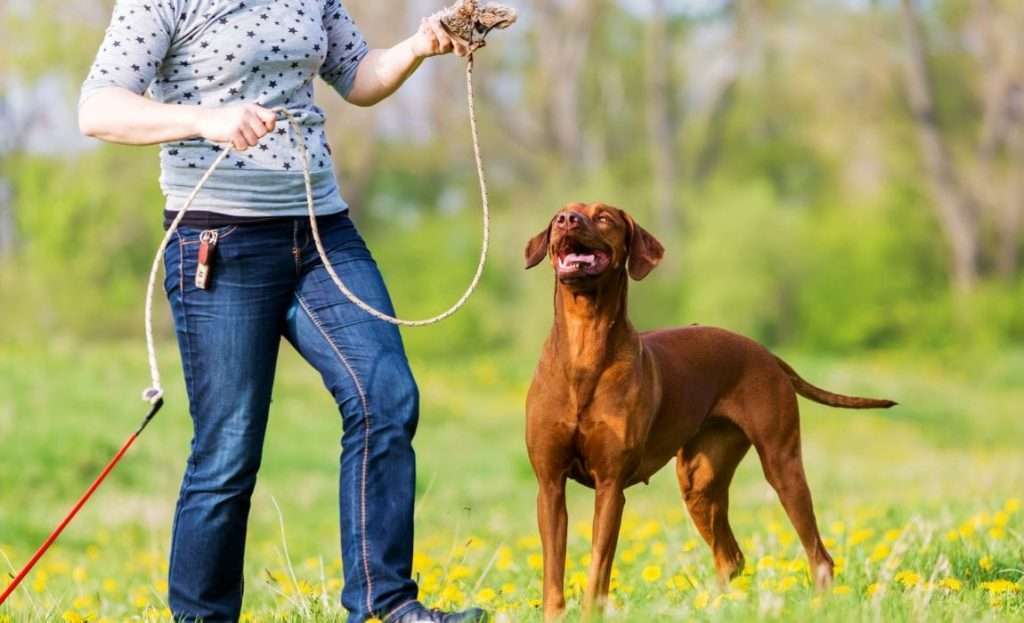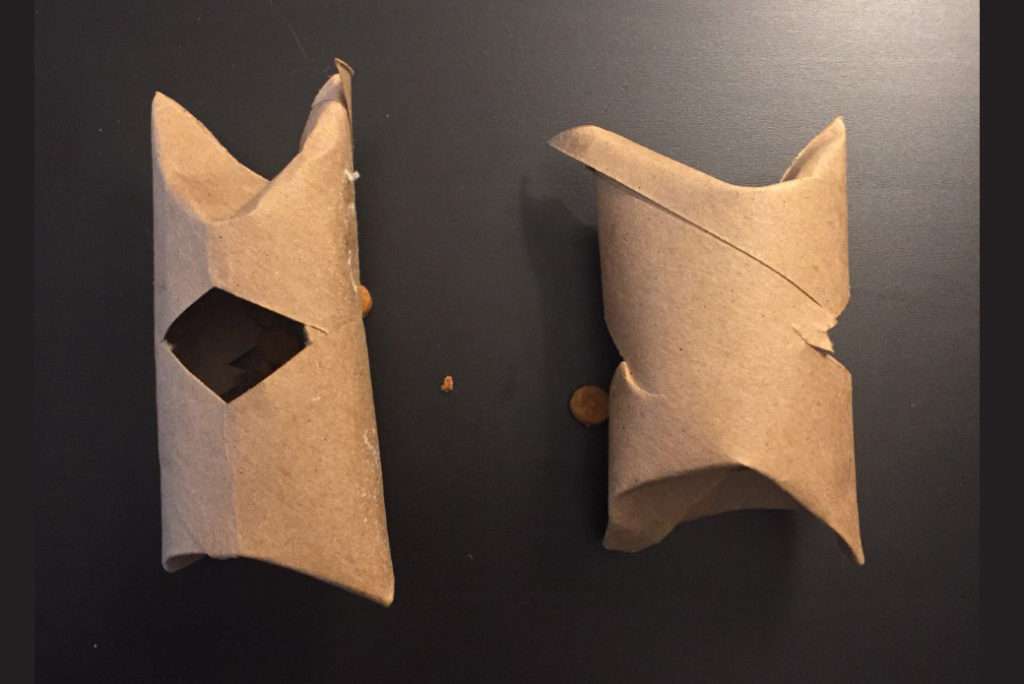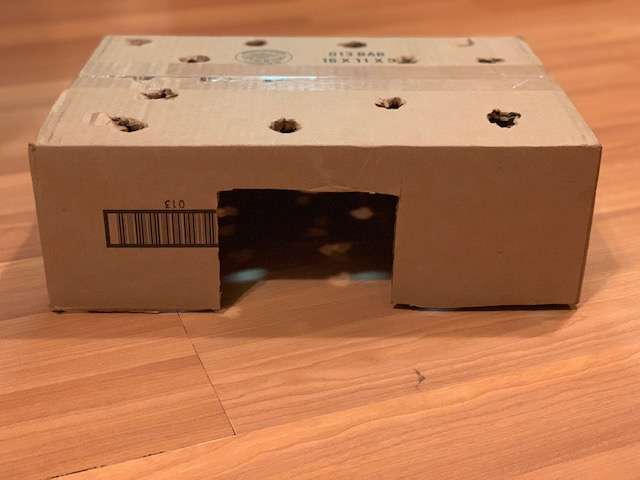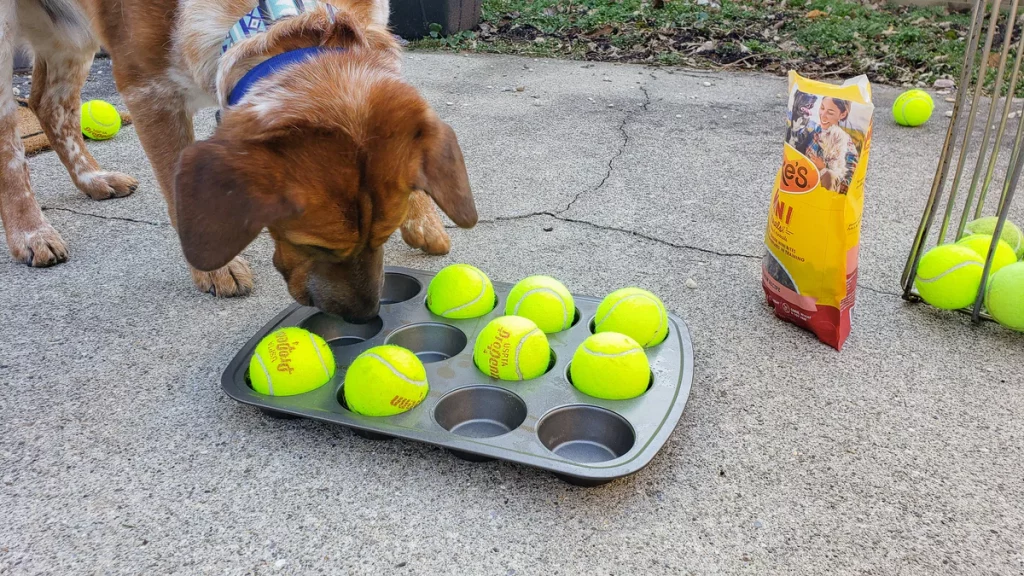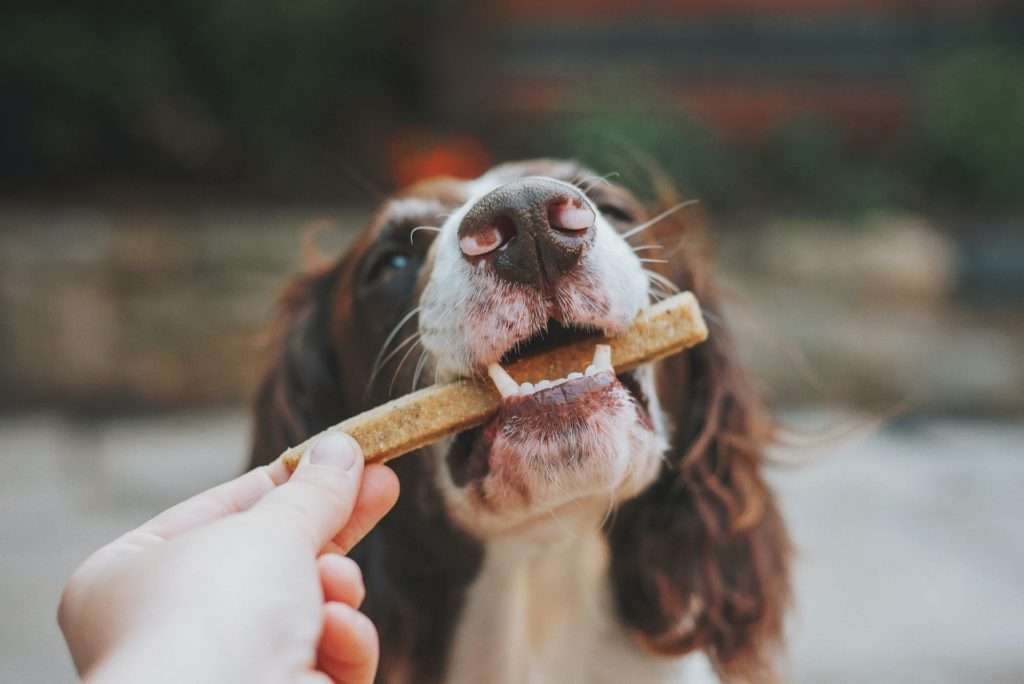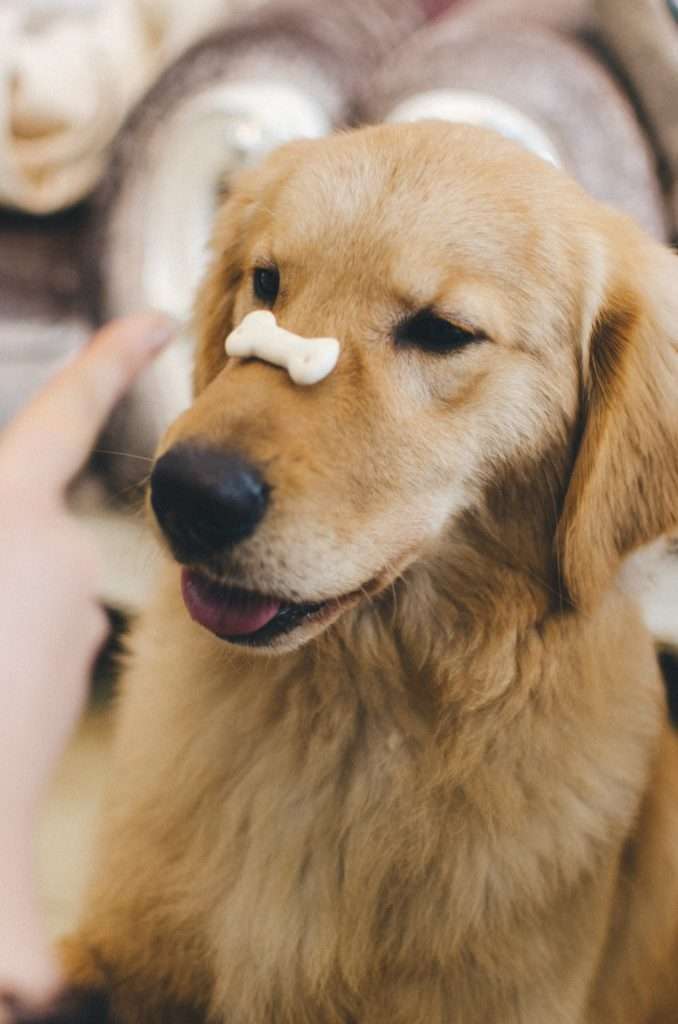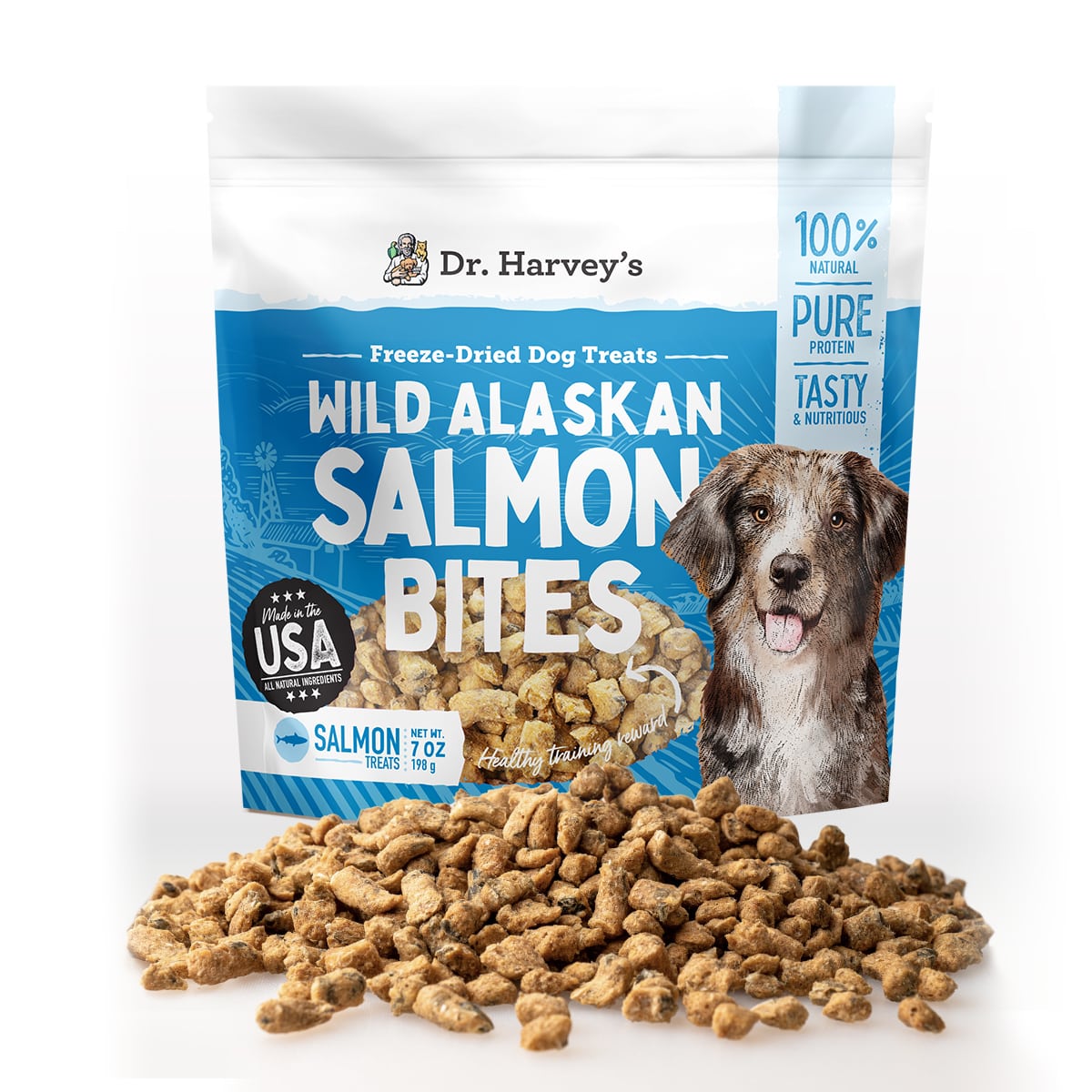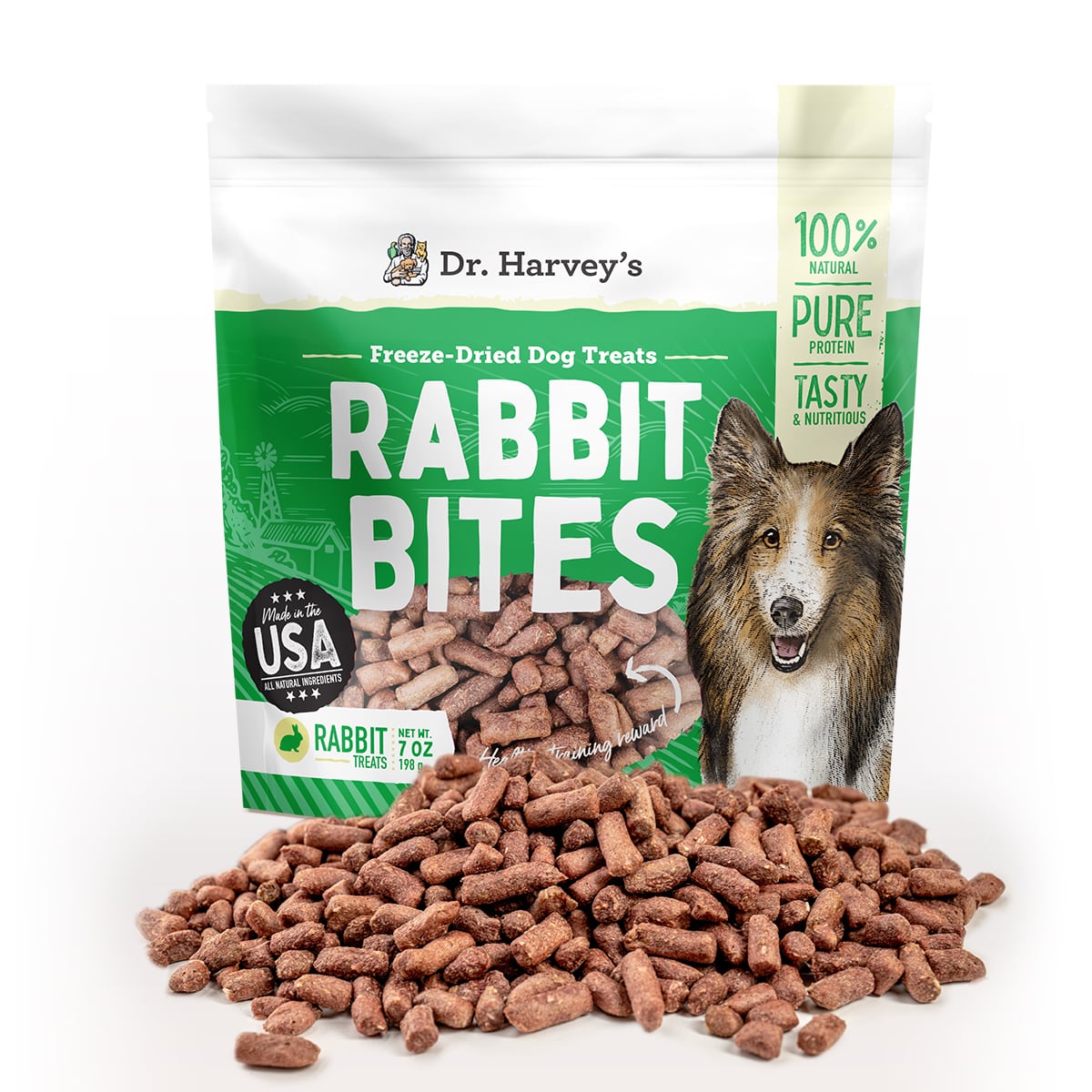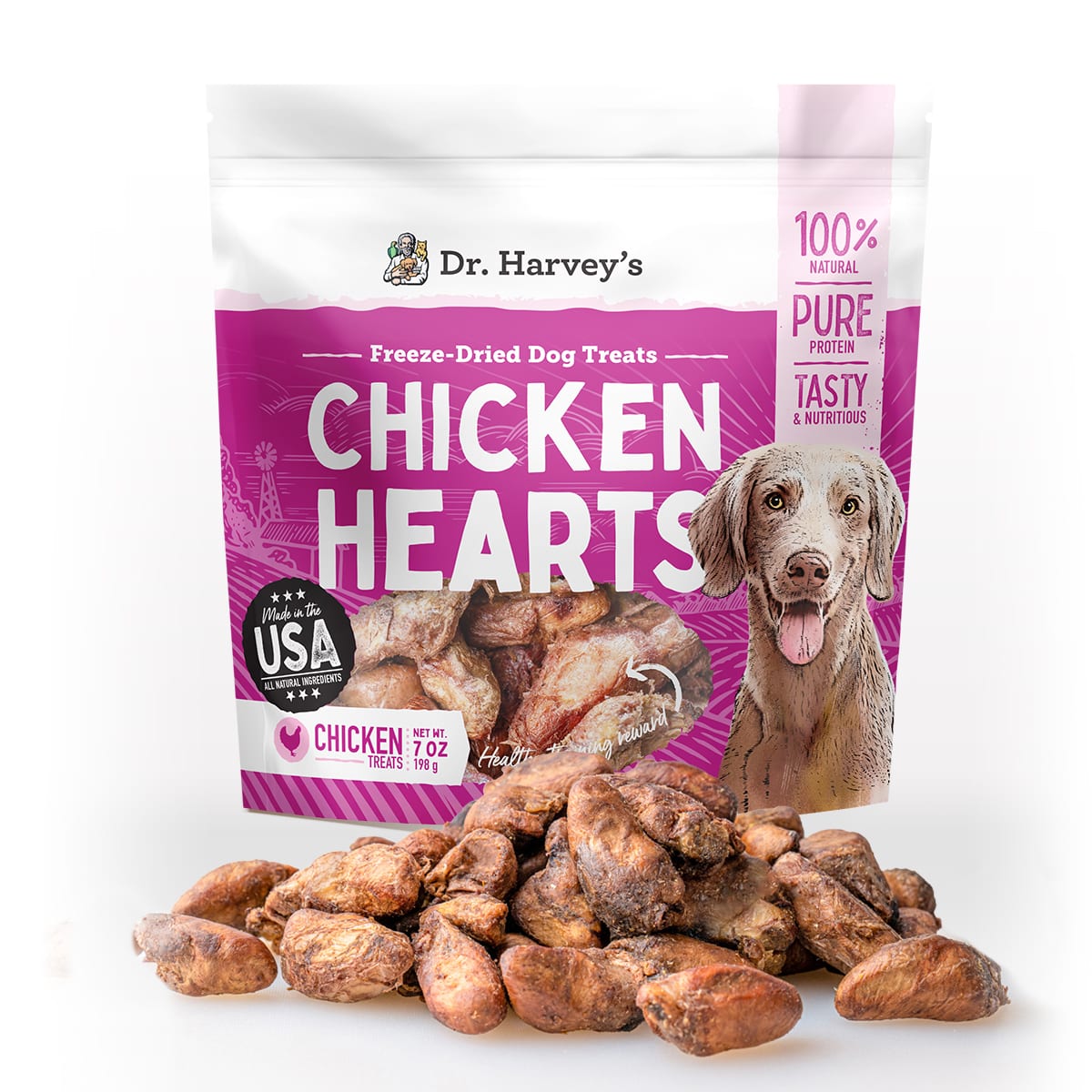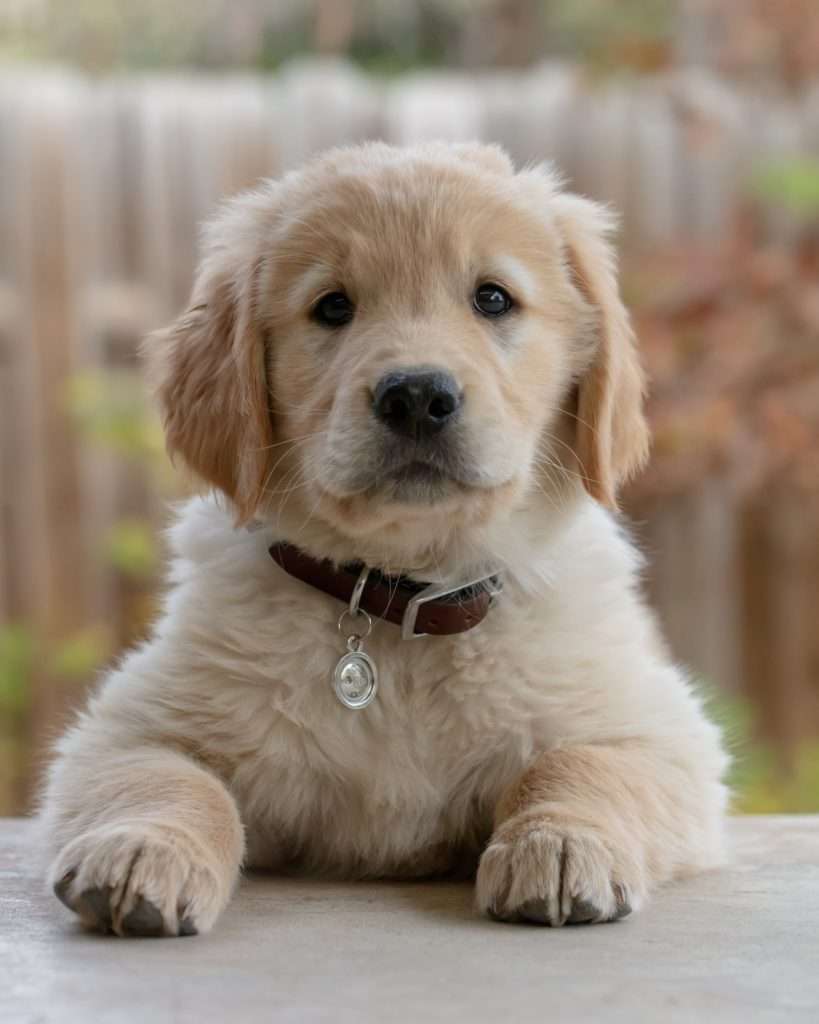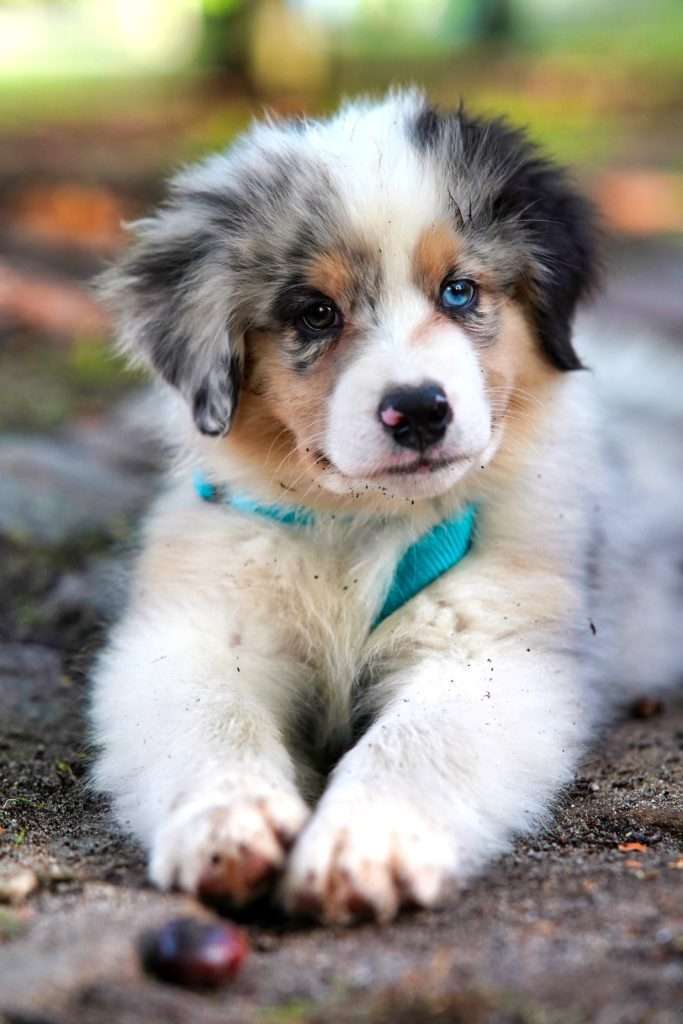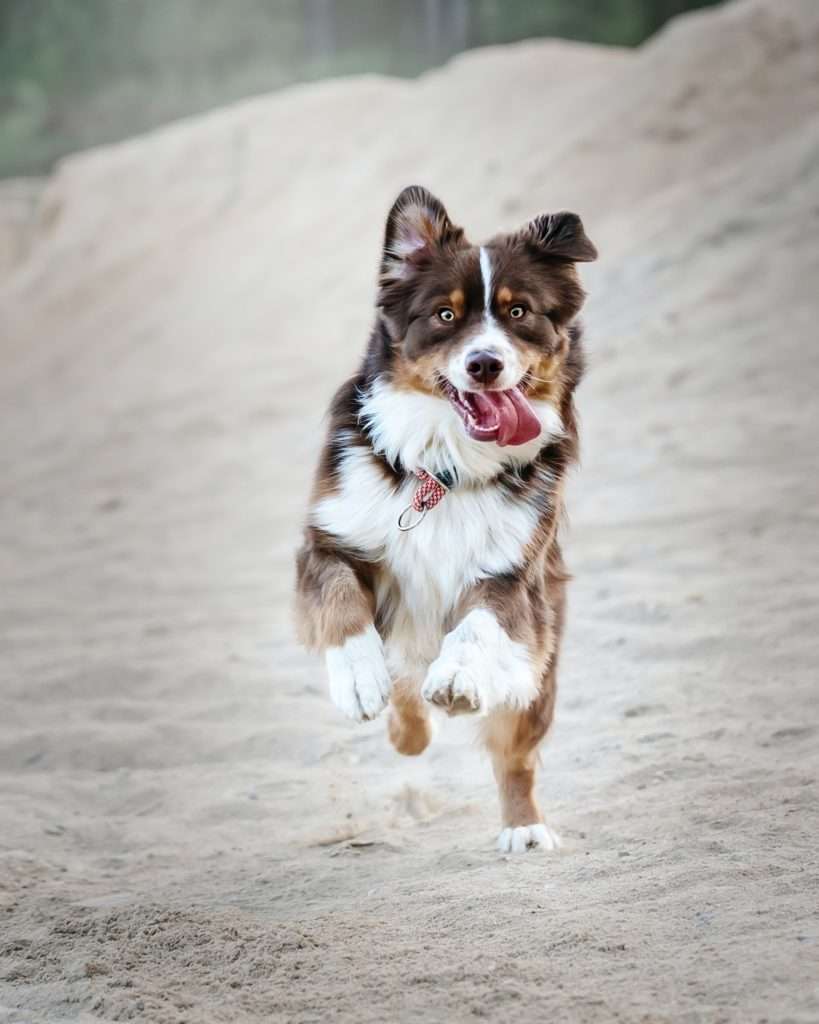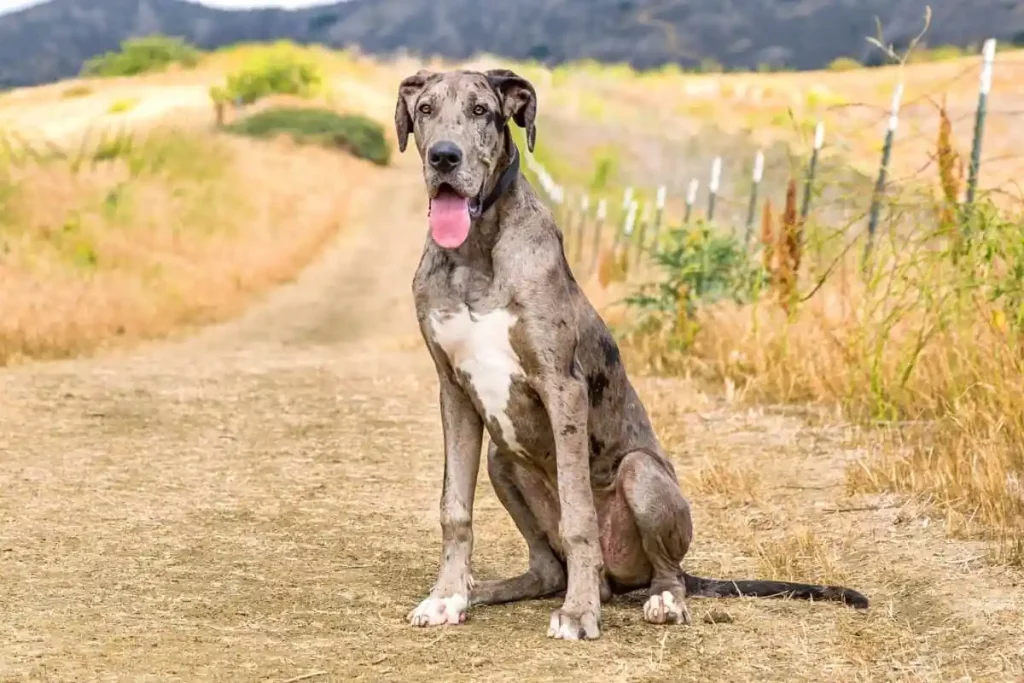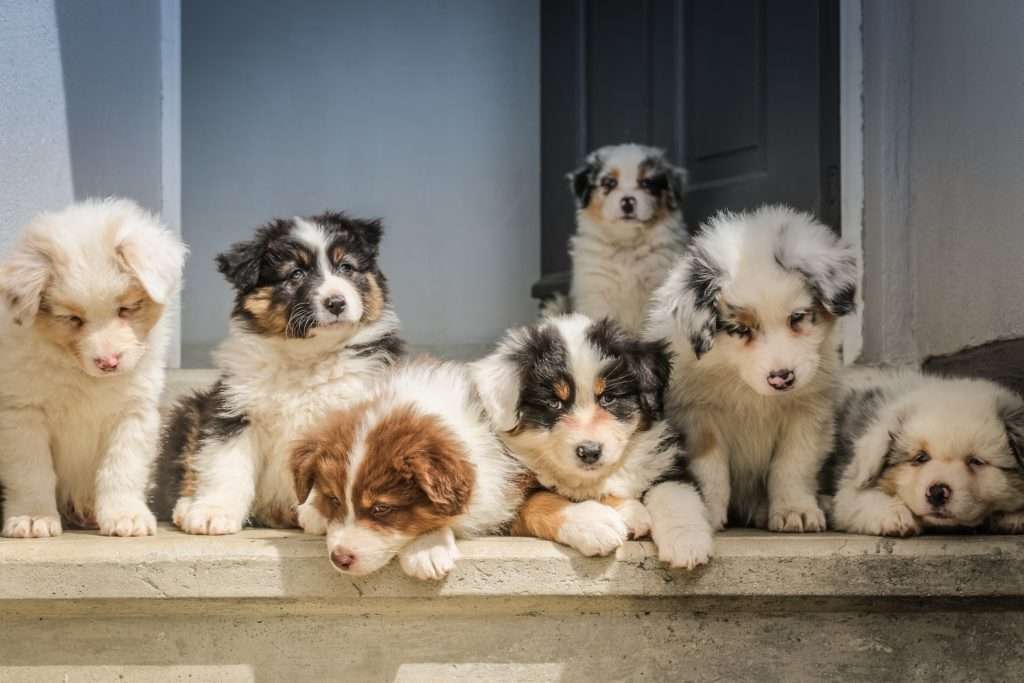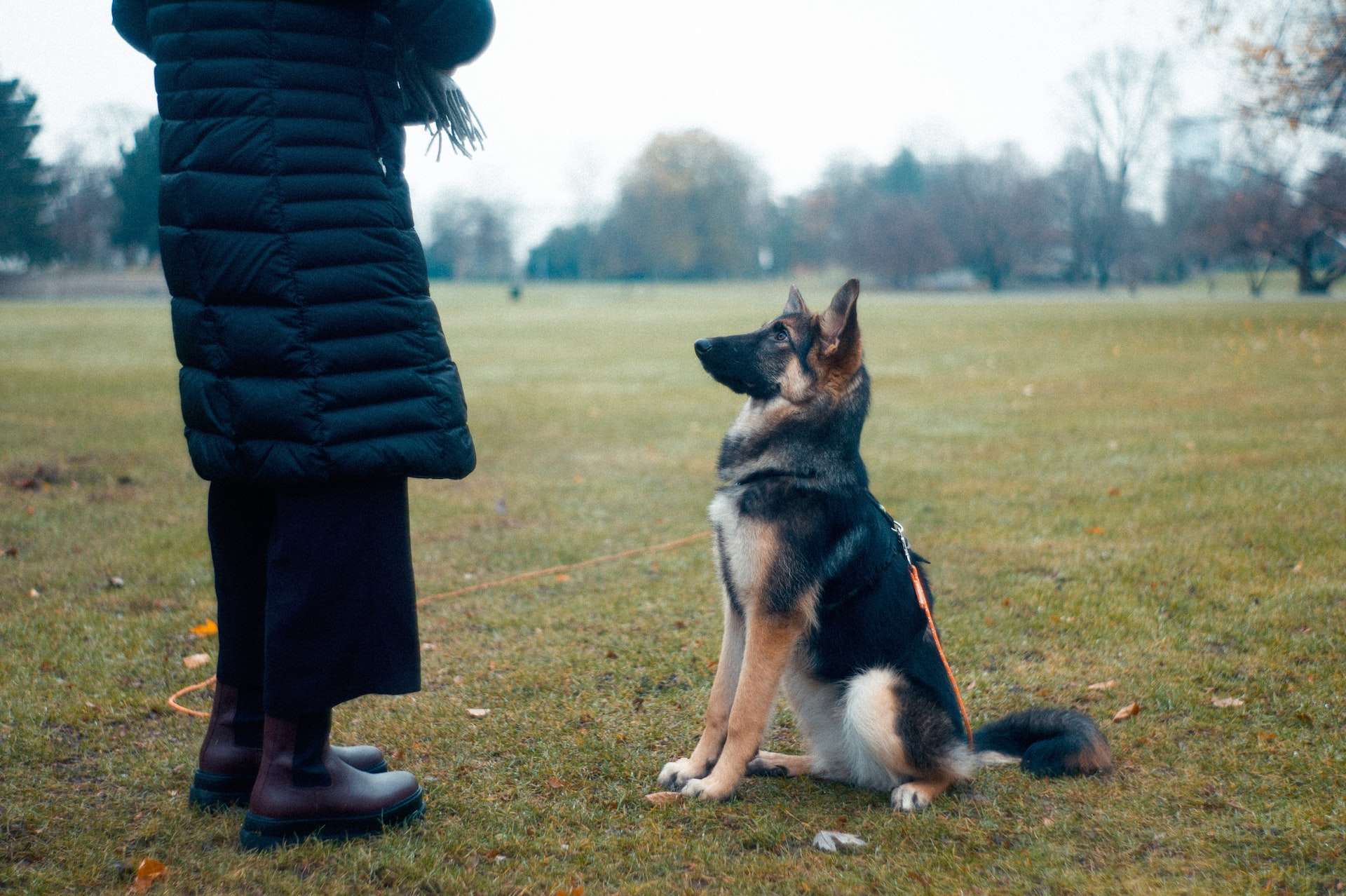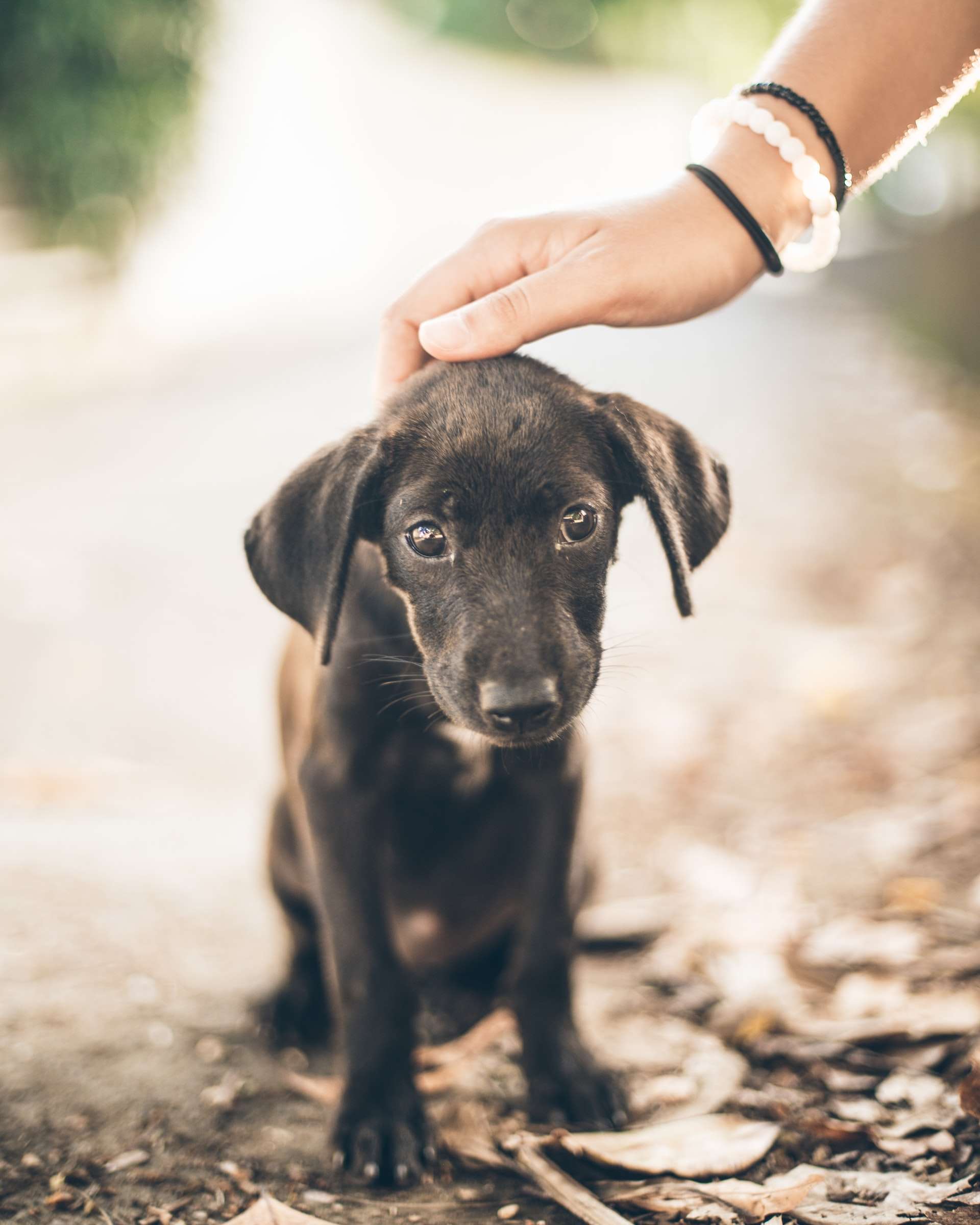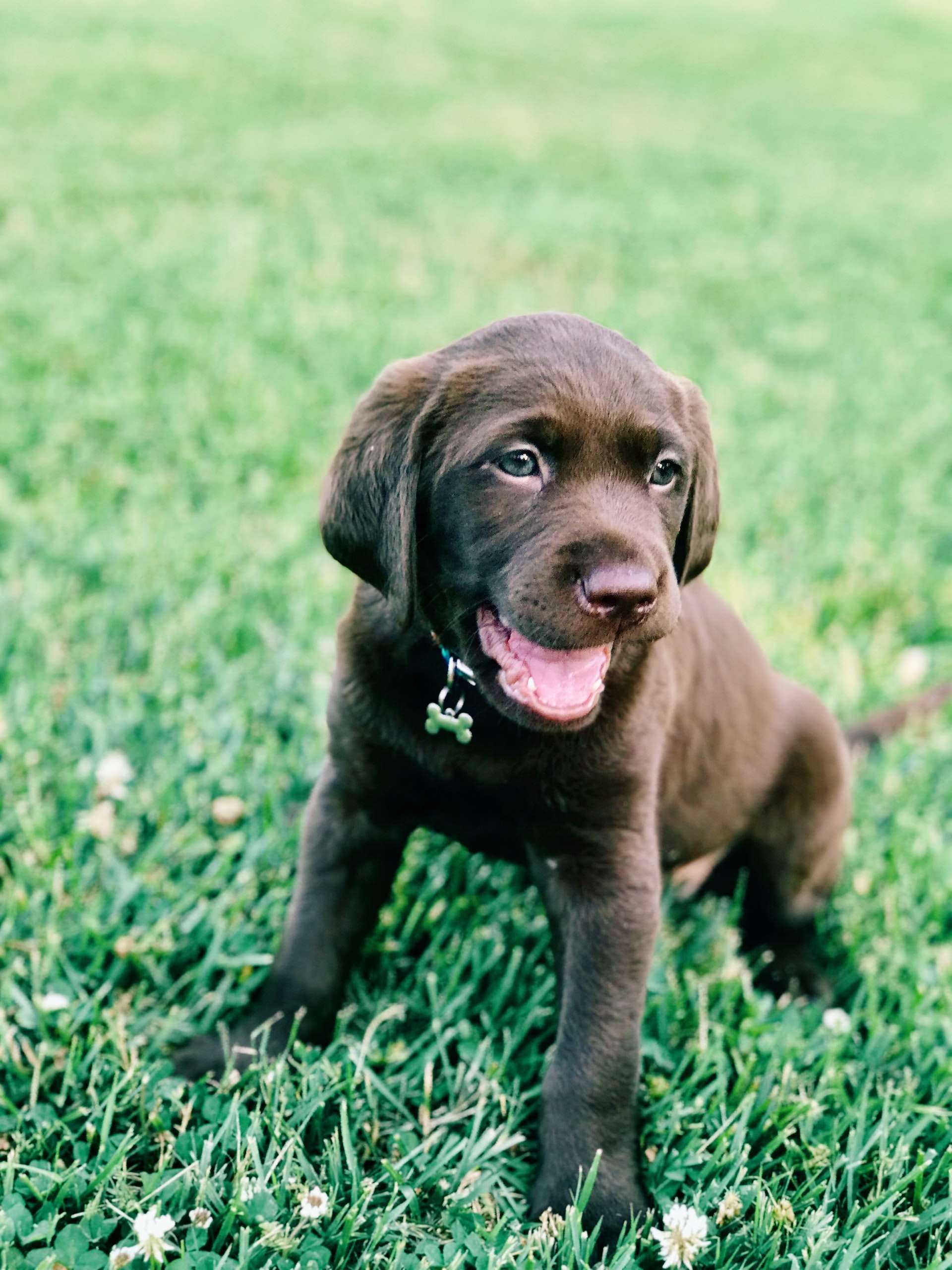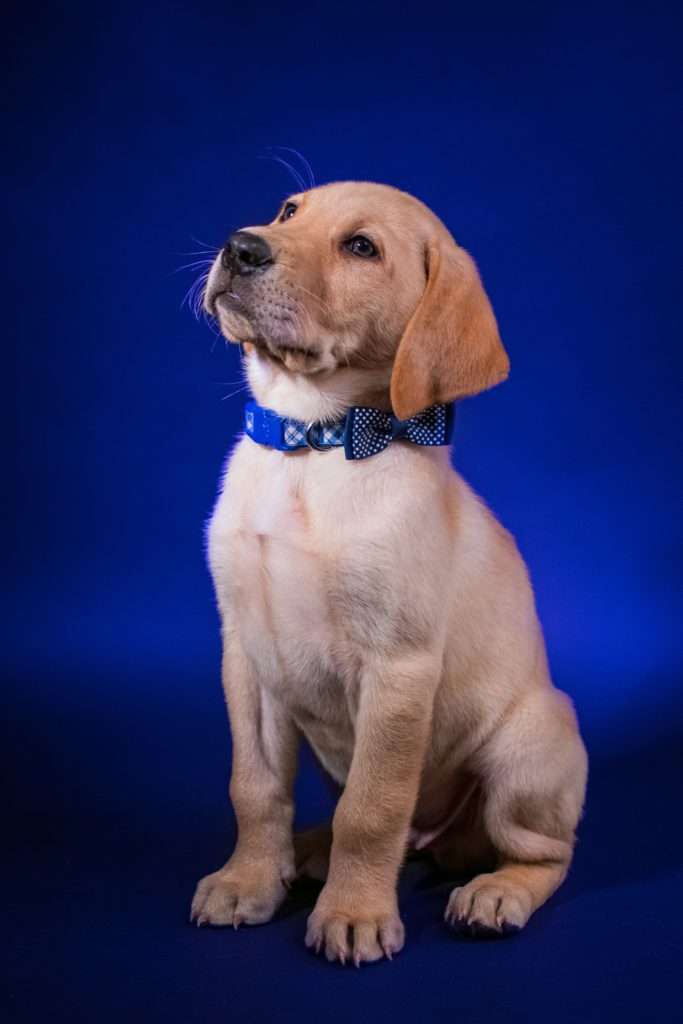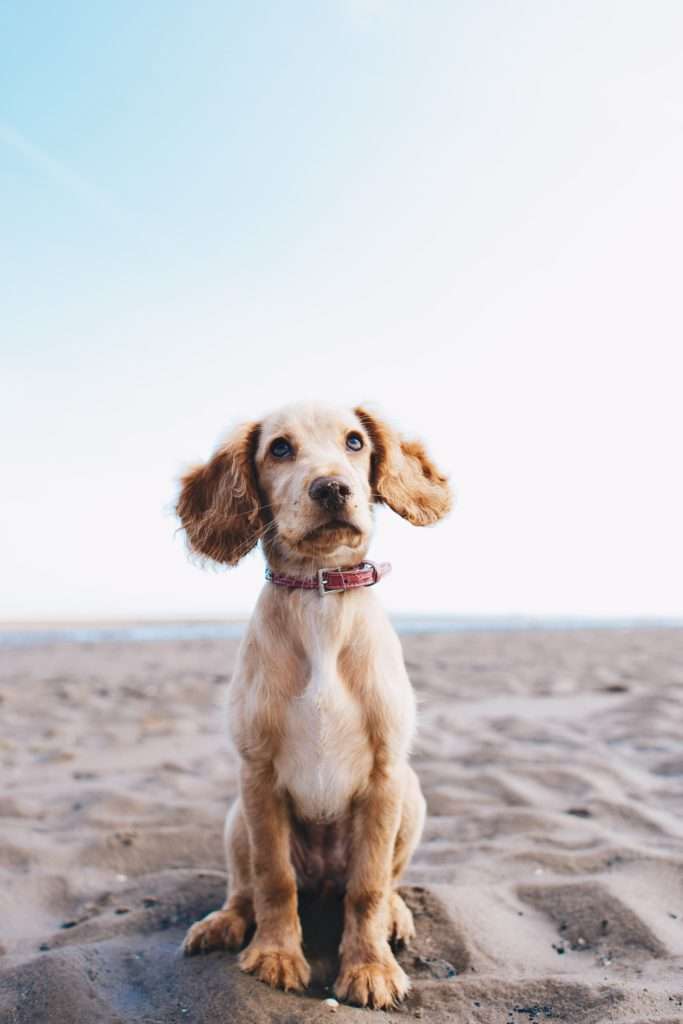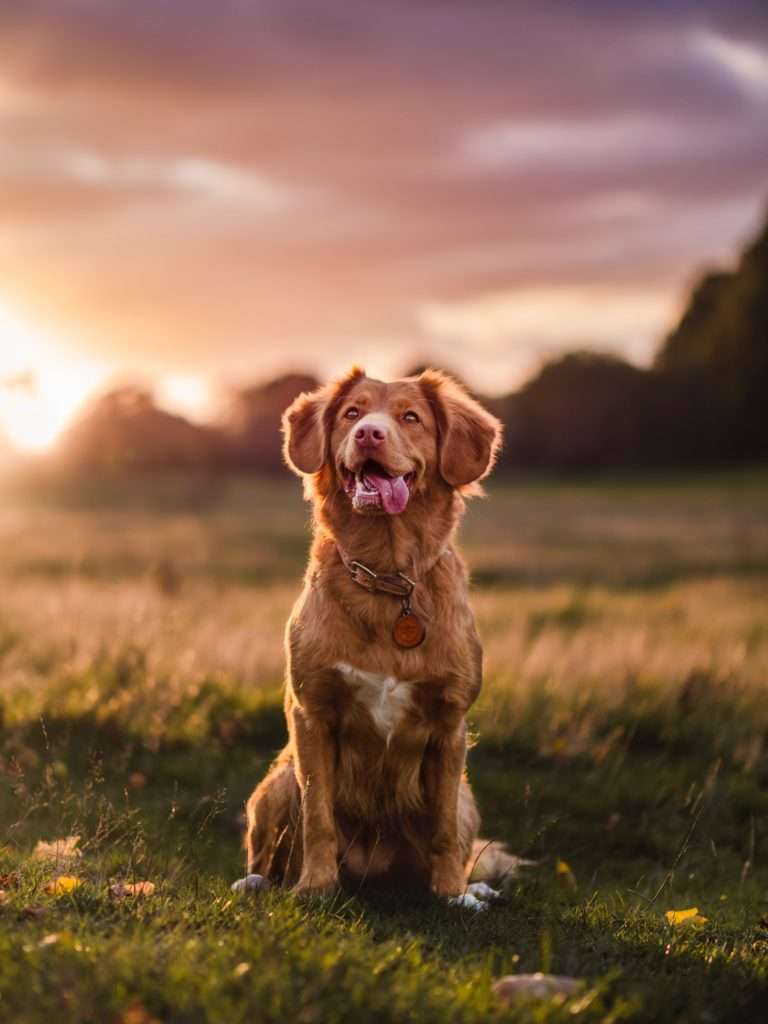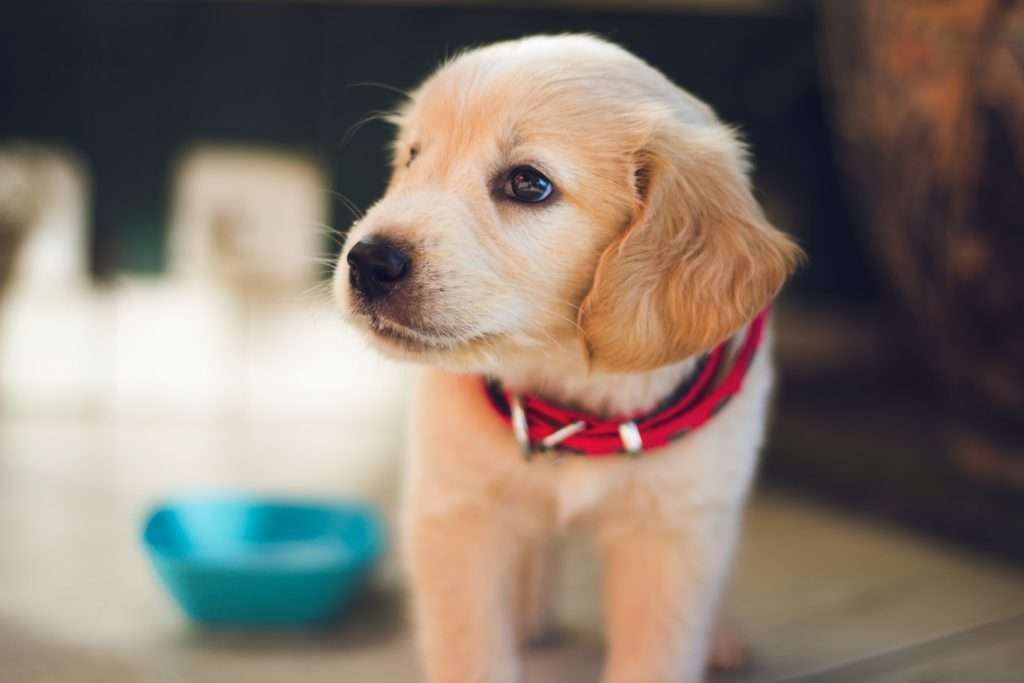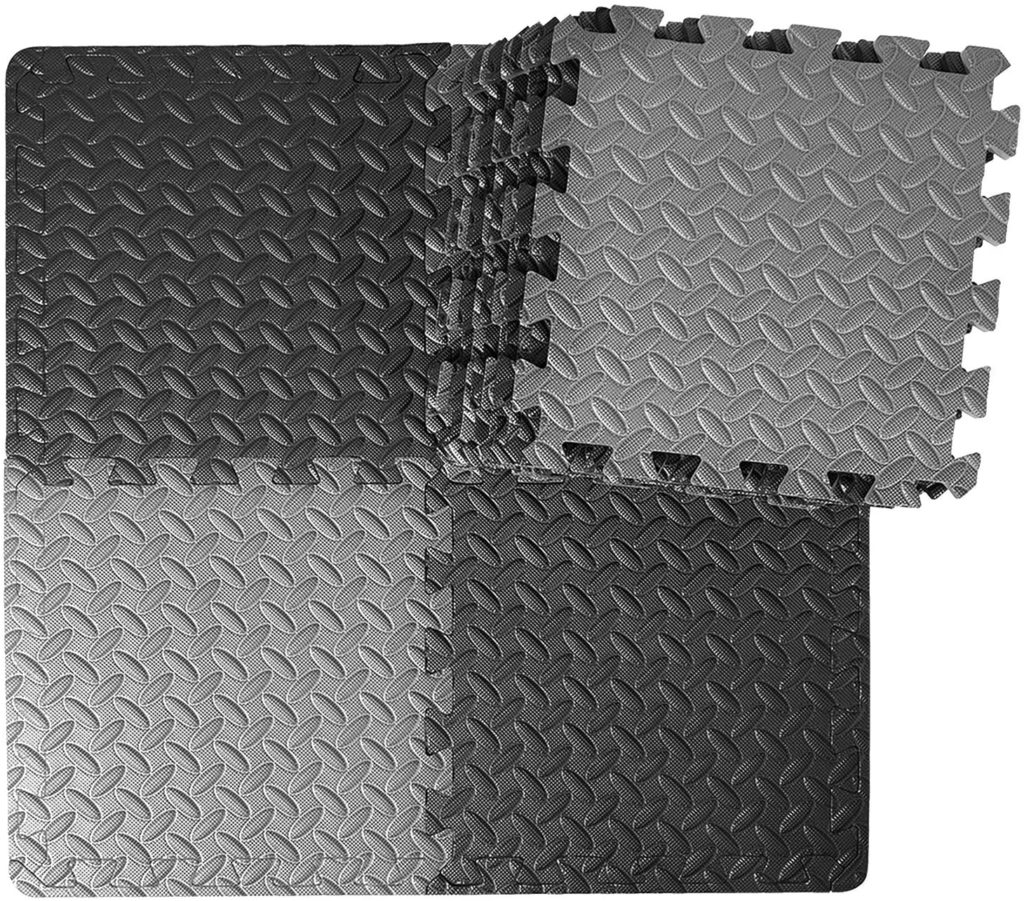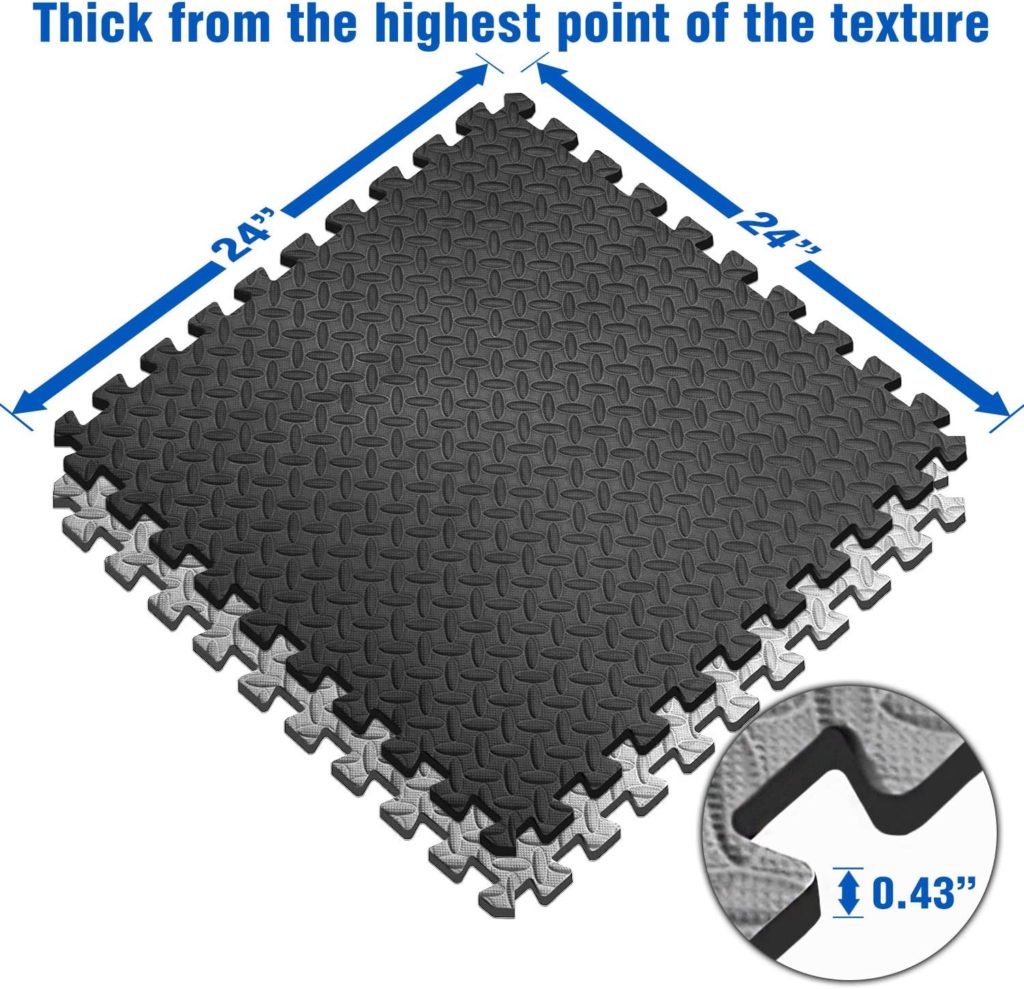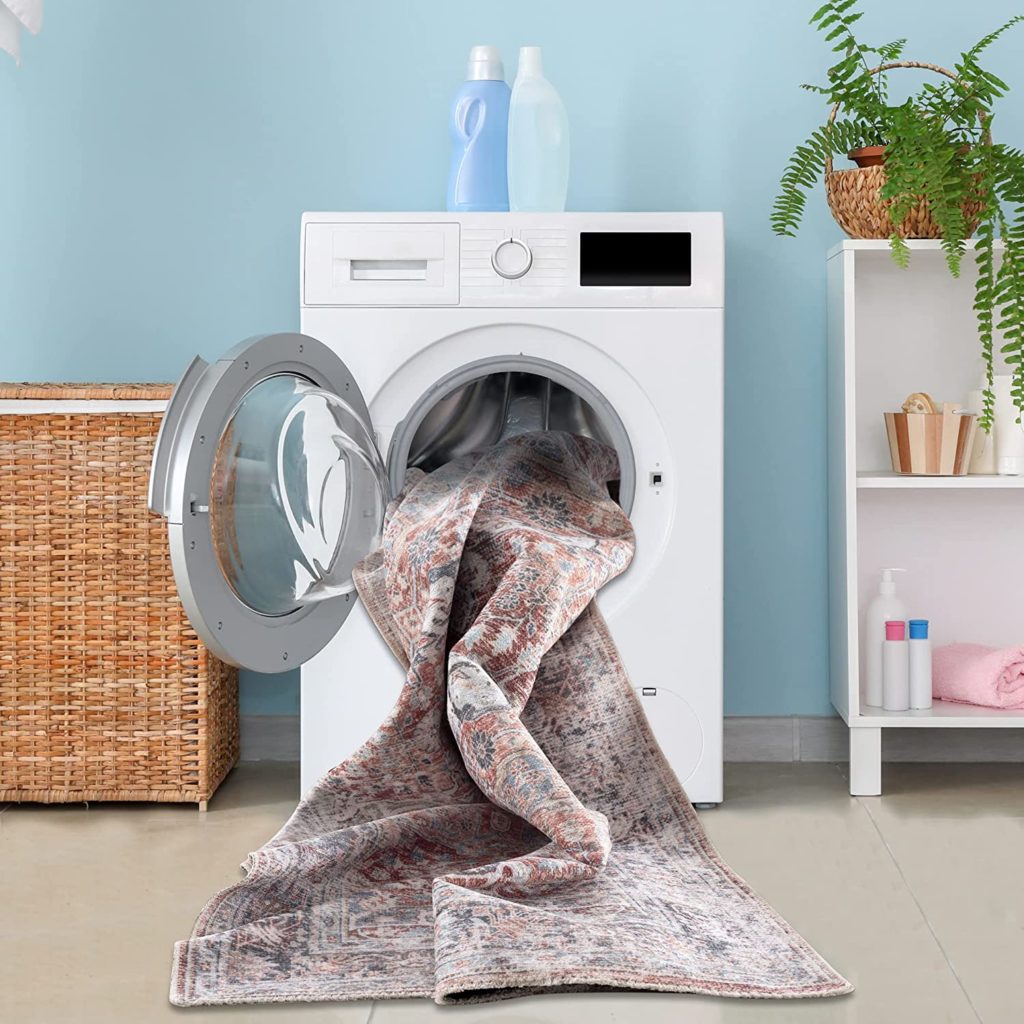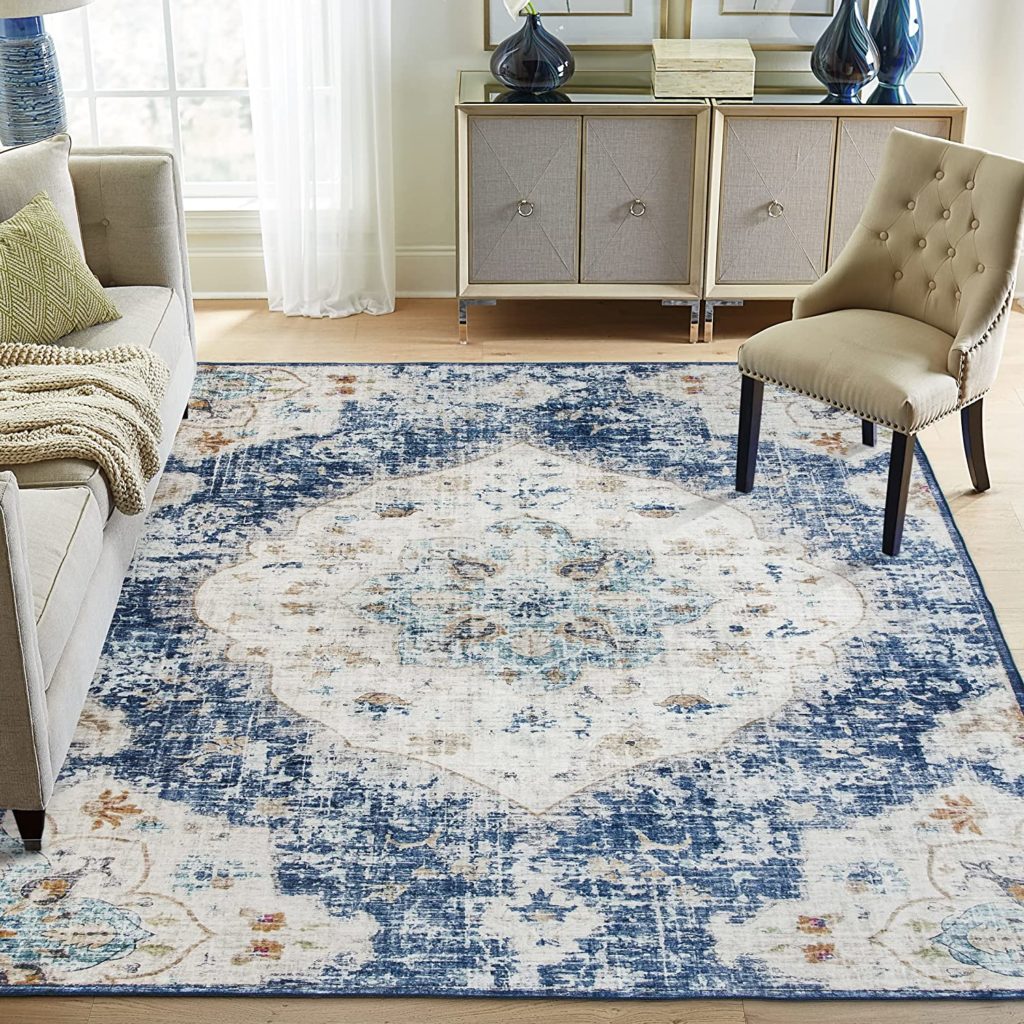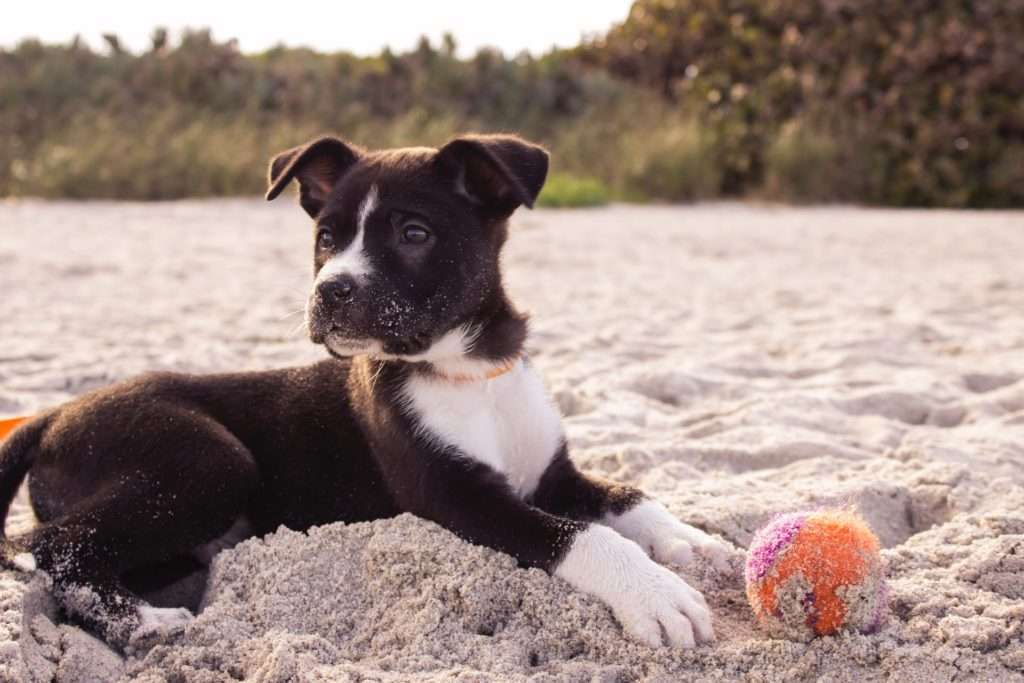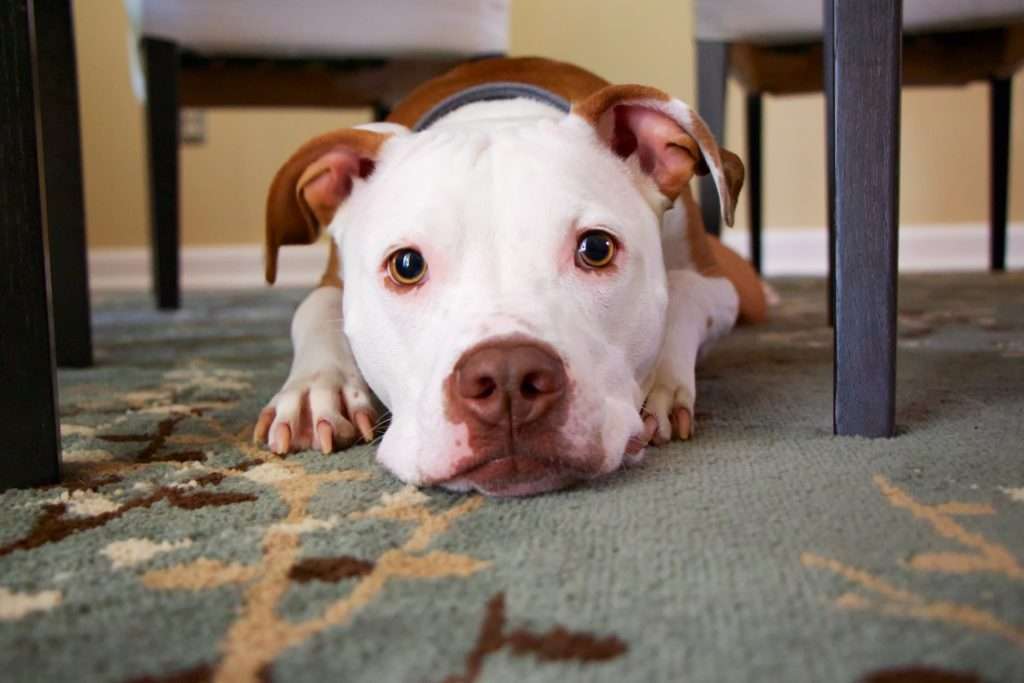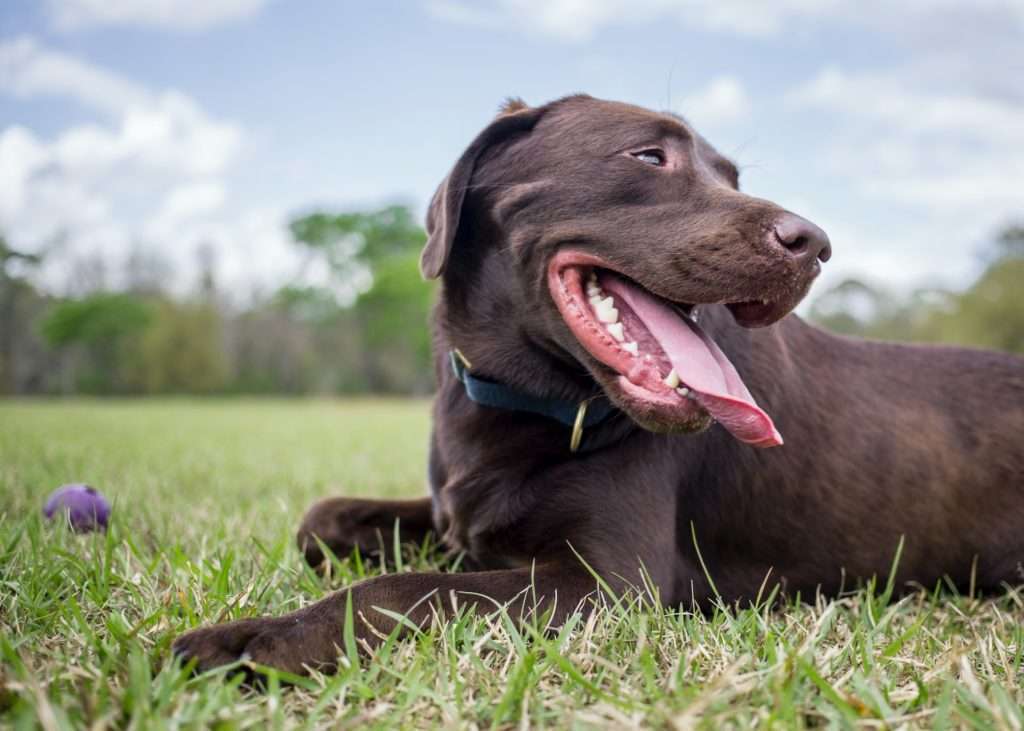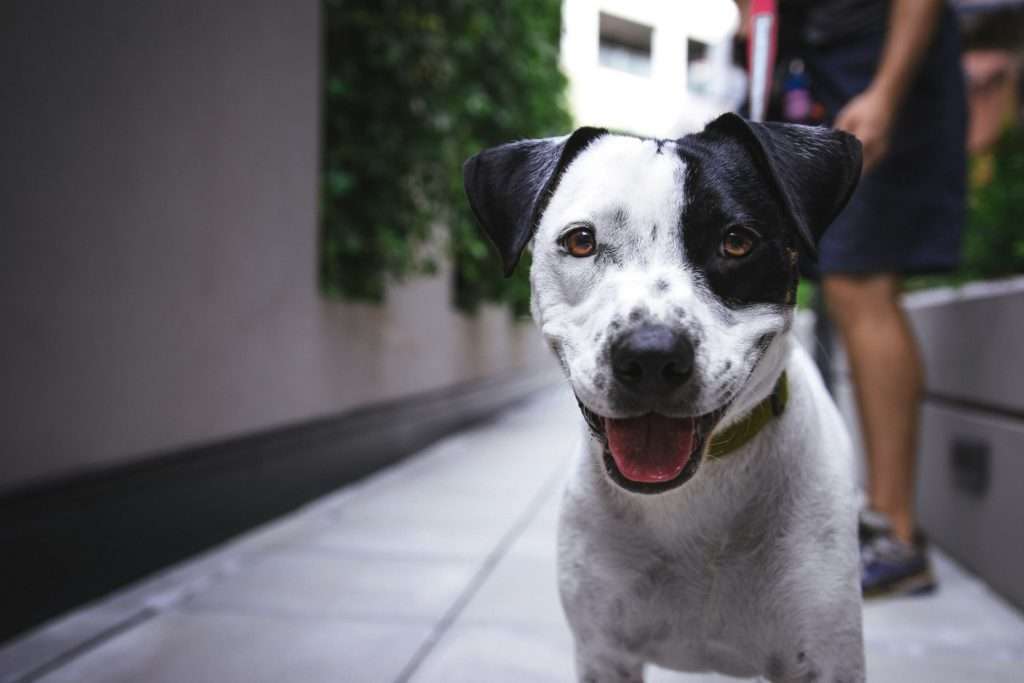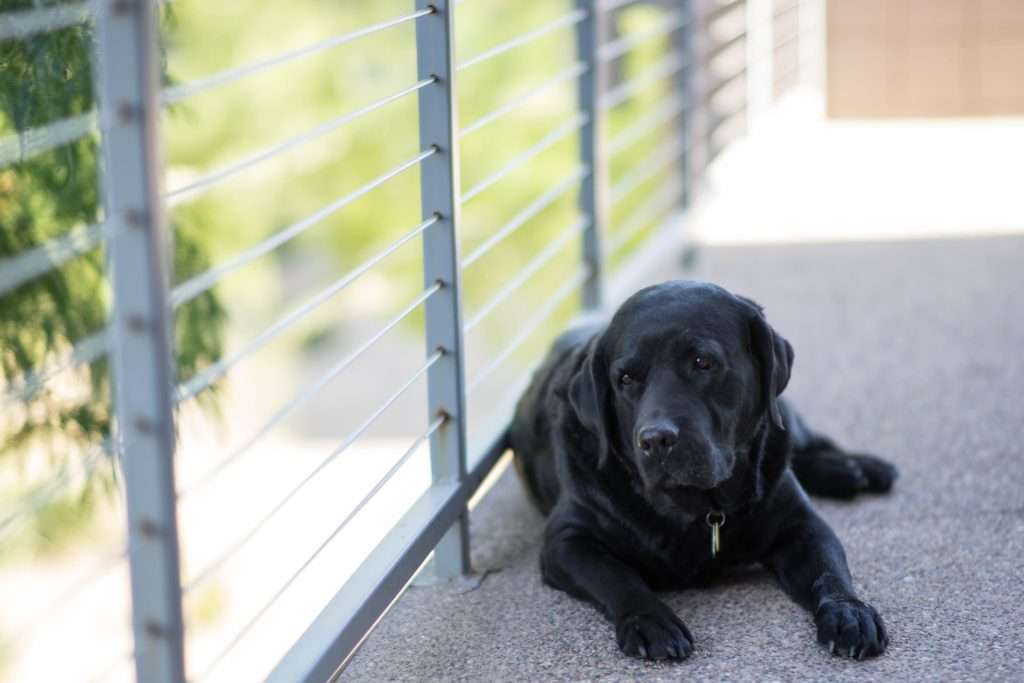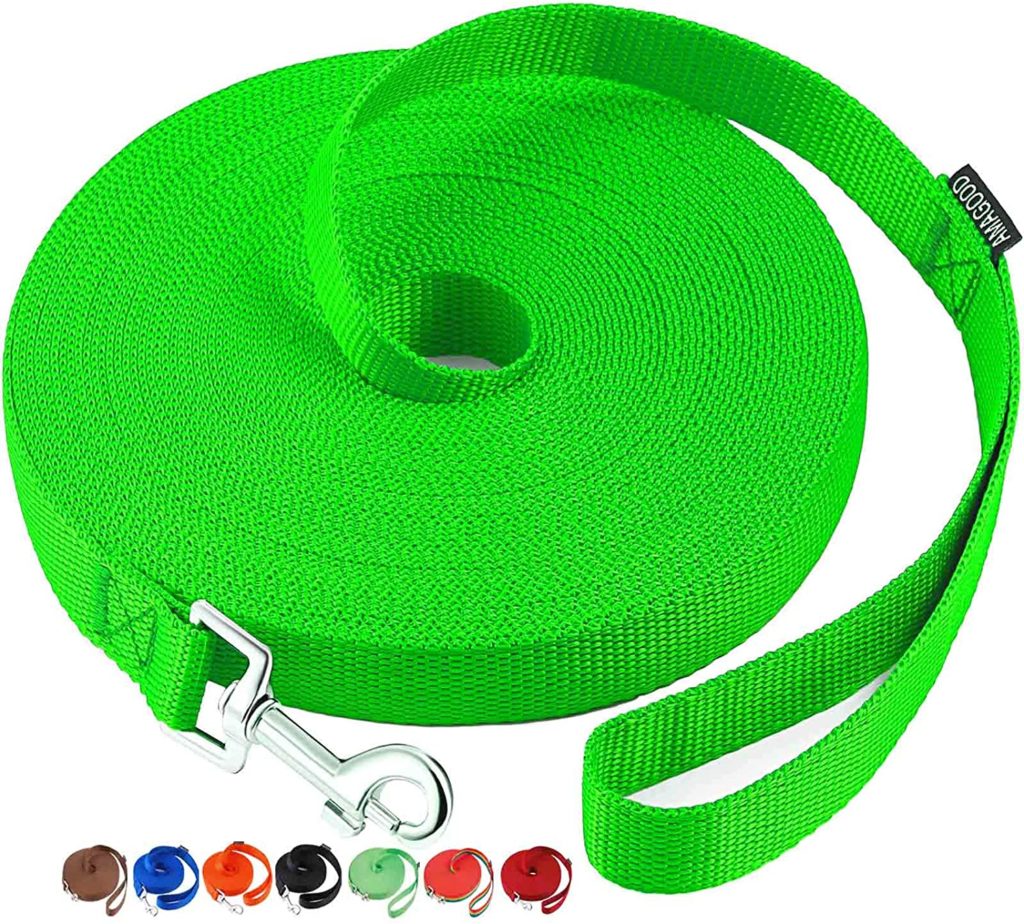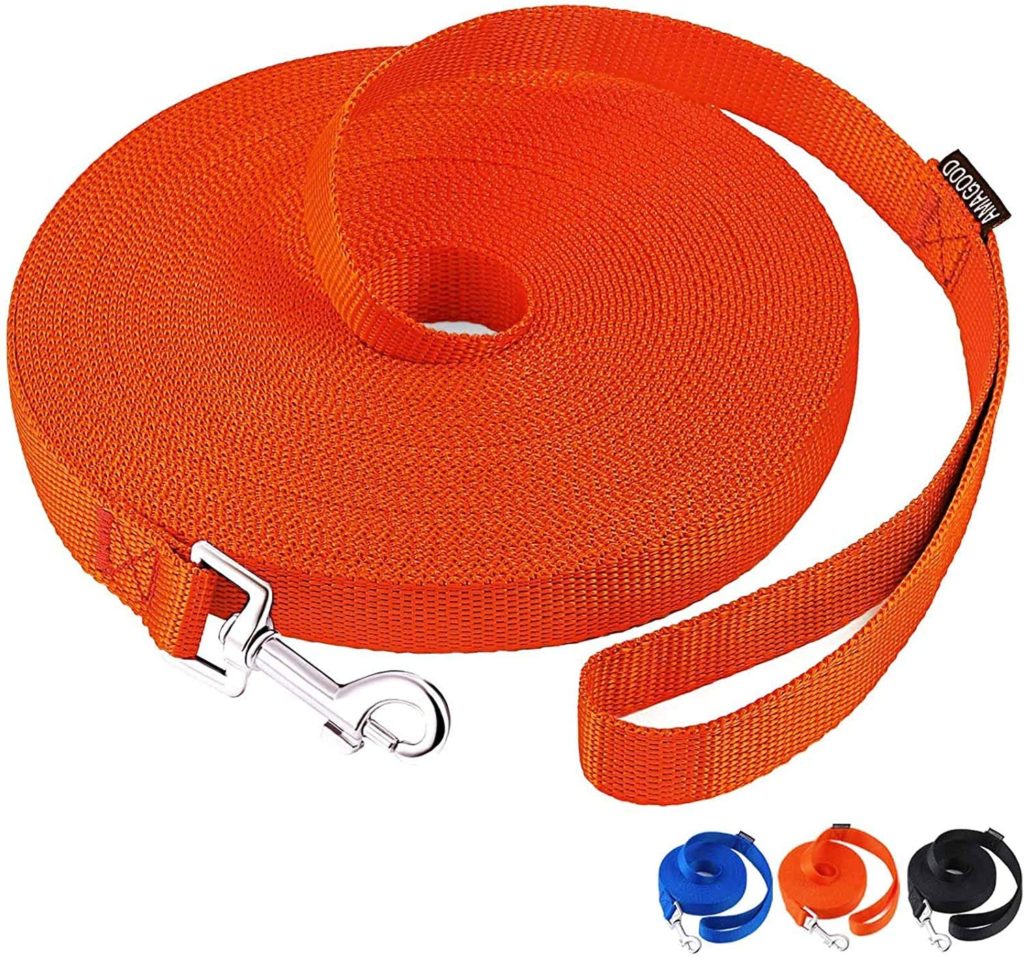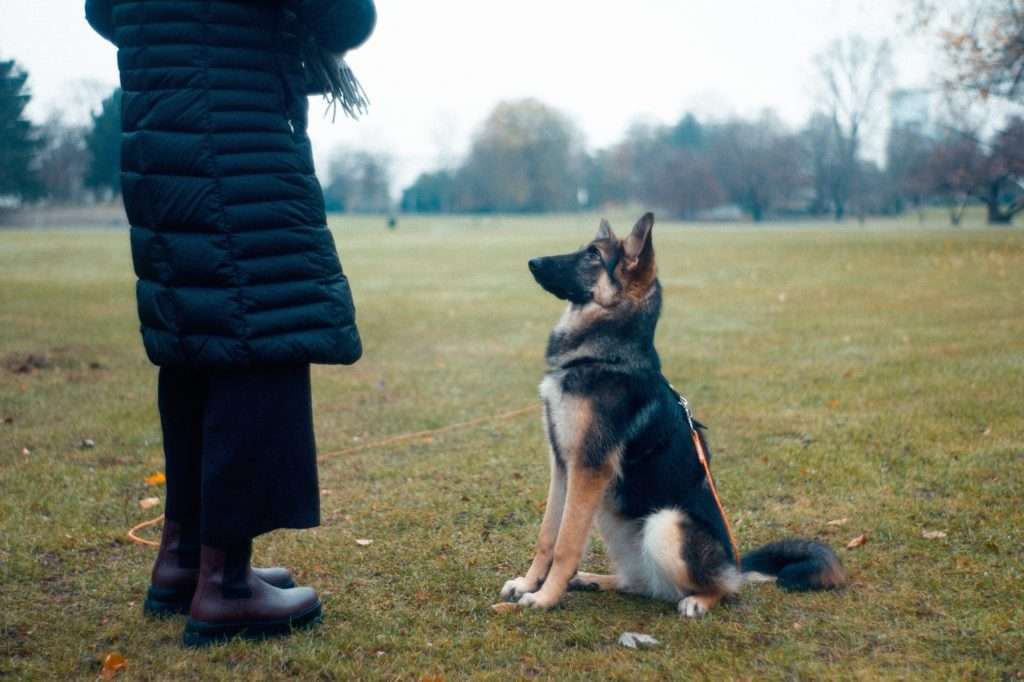Is Xylitol Bad for Dogs? Xylitol is a substitute that is found in many products, including gum, candy, and toothpaste. It is often used as an alternative to sugar because it has fewer calories and does not raise blood sugar levels. Xylitol is also popular among people with diabetes because it does not cause a spike in blood sugar. However, there is some concern that xylitol may be harmful to dogs. In this blog post, we will explore the truth about xylitol and dogs.
IS XYLITOL BAD FOR DOGS?
Xylitol poisoning is very dangerous. If your dog ingested xylitol it could have been a potentially toxic dose no matter how much they ate. Clinical signs of xylitol toxicity in dogs can occur within 15-30 minutes and include vomiting, loss of coordination, lethargy, tremors, seizures, and coma. If you think your dog has ingested xylitol call your veterinarian or animal hospital immediately.
WHAT PRODUCTS CONTAIN XYLITOL?
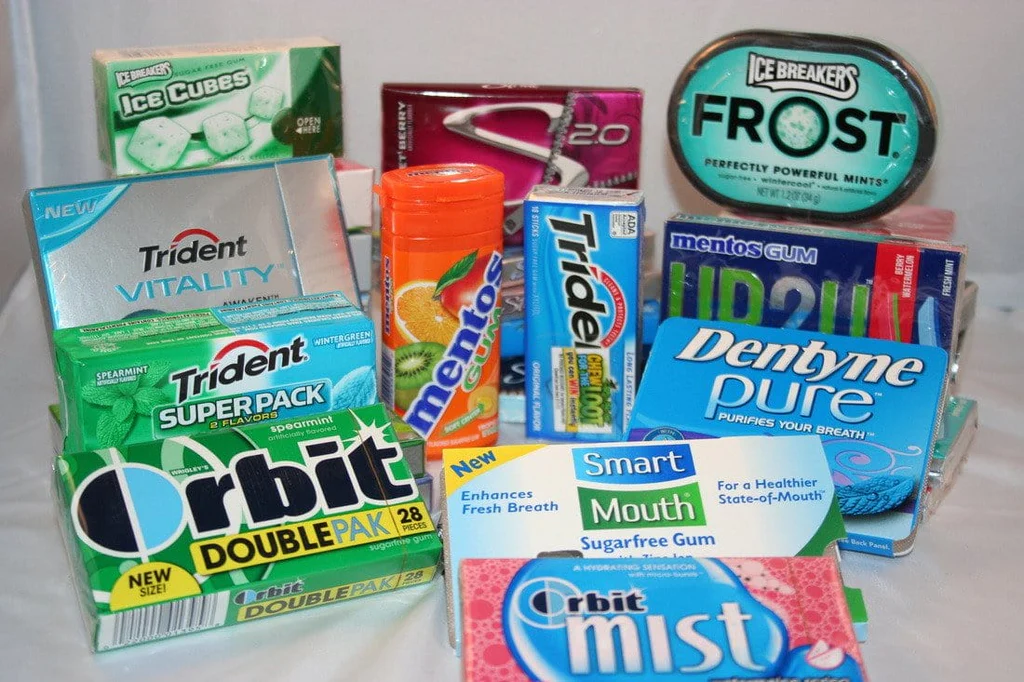
HUMAN FOODS
Many human foods contain xylitol, including gum, candy, baked goods, and some fruit juices. Xylitol is also used as a substitute in many diet foods and drinks.
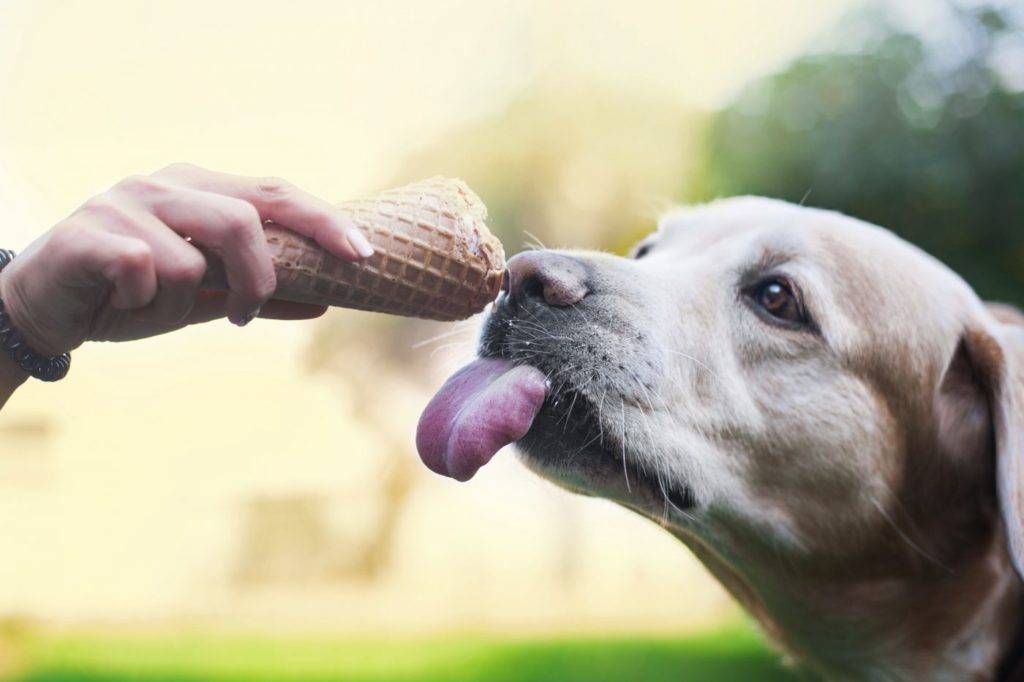

DOG FOODS
Xylitol is not found in dog food. However, some companies that make dog treats use xylitol as an ingredient. For example, some brands of peanut butter and yogurt-based dog treats contain xylitol.

Toothpaste, Mouthwash, and Floss
Xylitol is also found in some toothpastes, mouthwashes, and floss. This substitute is often used in these products because it can help to prevent cavities.
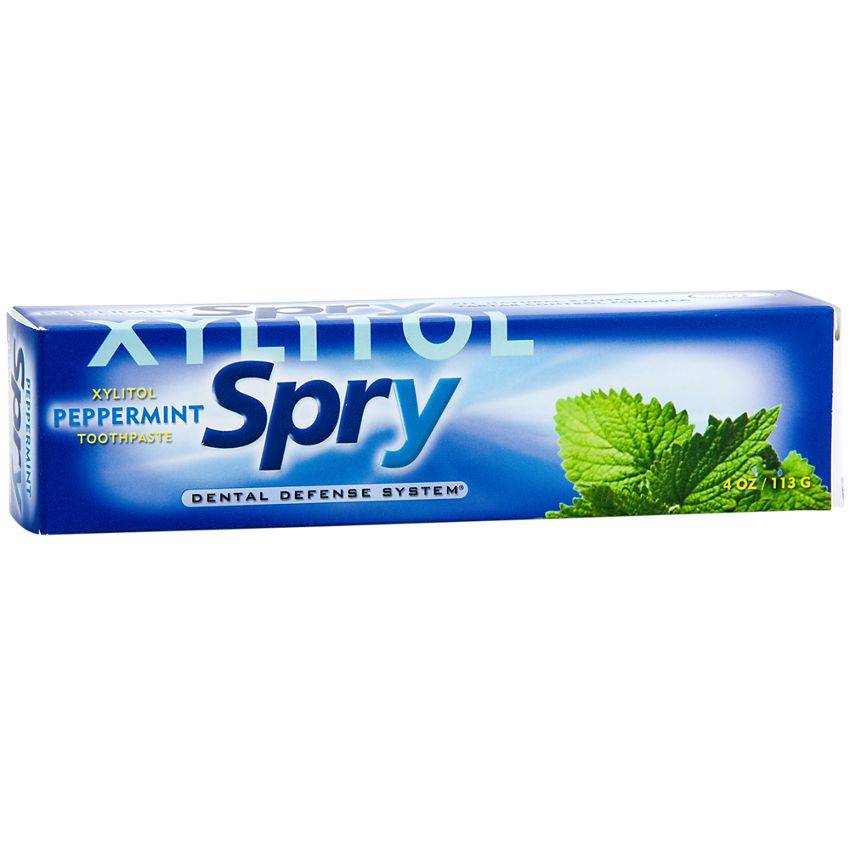
CHEWING GUM
Chewing gum is one of the most common items for dogs to consume containing xylitol.
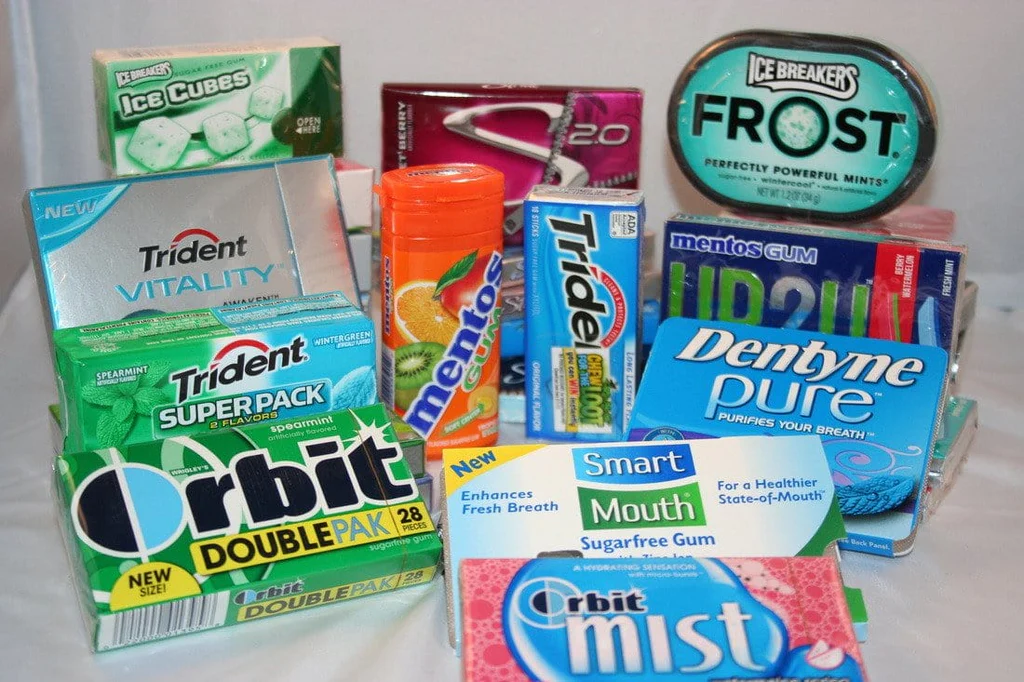
BABY WIPES AND DIAPERS
Xylitol is sometimes used as an ingredient in baby wipes and diapers. This substitute can help to keep these products moist and prevent them from drying out.
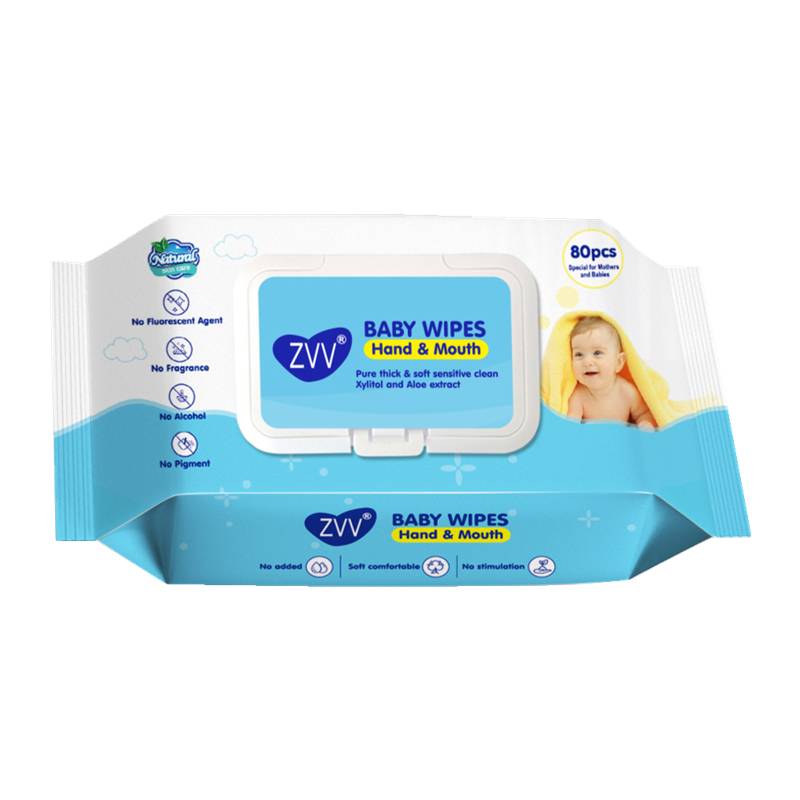
BREATH MINTS
Xylitol is often used in breath mints because it can help to freshen your breath.

CHEWABLE VITAMINS
Xylitol is sometimes used as a sweetener in chewable vitamins.


BIRCH SUGAR
Xylitol is also known as birch sugar. This sugar free sweetener is made from the bark of birch trees.

SWEETENER FOR SUGAR FREE THINGS
Xylitol is one type of sugar. Other types of sugar substitutes include:
- Aspartame
- Sucralose
- Saccharin
There is some controversy over whether or not xylitol is safe for dogs. The truth is that xylitol can be dangerous for dogs if they consume too much of it. Xylitol can cause a drop in blood sugar, which can lead to weakness and collapse.
SUGAR ALCOHOLS
Xylitol is a sugar alcohol. Sugar alcohols are a type of carbohydrate that is slowly absorbed into the bloodstream. This slow absorption can cause a drop in blood sugar levels.

ARTIFICIAL SWEETENER
Xylitol is an artificial sweetener. Artificial sweeteners are made from chemicals and are not found in nature.
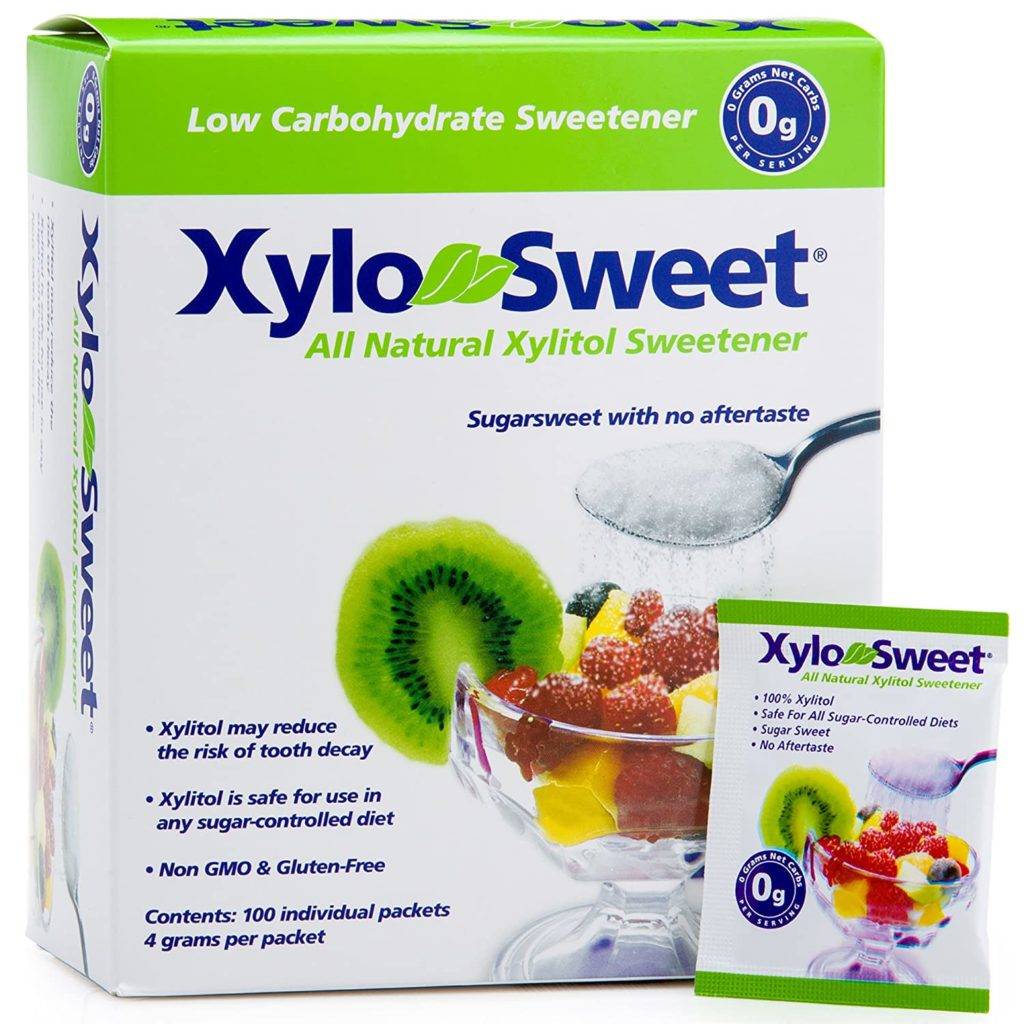
SUGAR FREE CANDY
Xylitol is often used as a sugar in sugar-free candy. Sugarless candy is made with artificial sweeteners, such as xylitol.
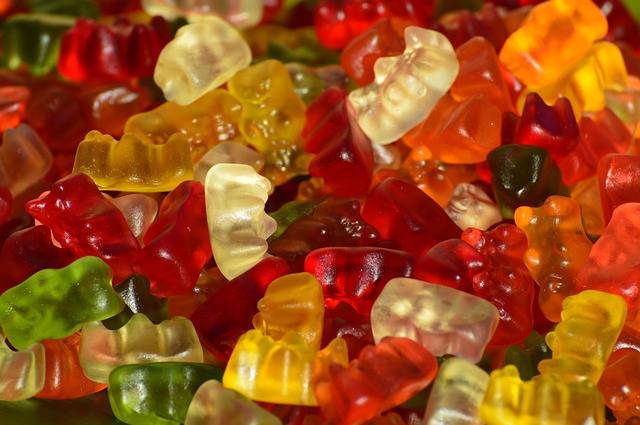
SUGARLESS GUM
Xylitol is often used as a sweetener in sugarless gum. Sugarless gum is made with artificial sweeteners, such as xylitol.
Xylitol is a sugar that is found in many products, including gum, candy, and toothpaste. It is often used as an alternative to sugar because it has fewer calories and does not raise blood sugar levels. Xylitol is also popular among people with diabetes because it does not cause a spike in blood sugar. However, there is some concern that xylitol may be harmful to dogs and is extremely toxic.

NASAL SPRAYS
Xylitol is sometimes used as an ingredient in nasal sprays. This sweetener can help to keep these products moist and prevent them from drying out.
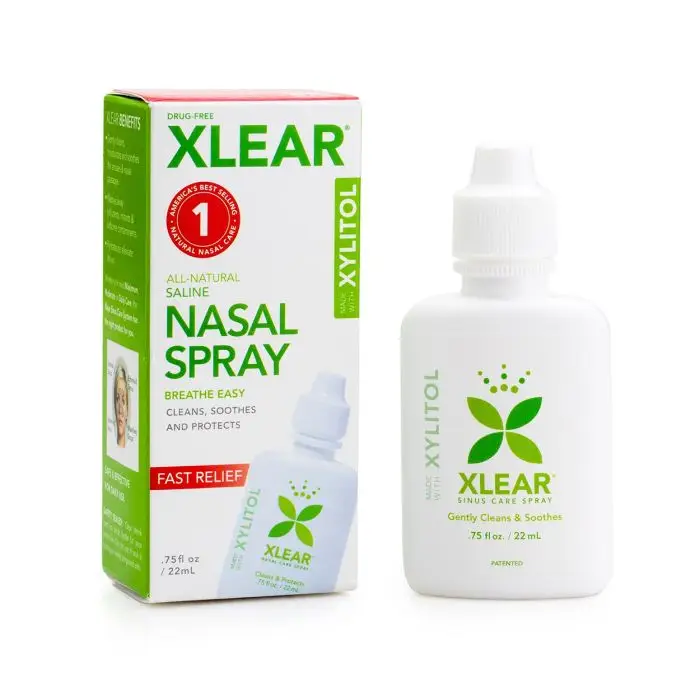
SYRUP
Xylitol is sometimes used as a sweetener in syrup. This substitute can help to make the syrup taste sweeter.


BAKED GOODS
Xylitol is often used as a substitute in baked goods. Baked goods that contain xylitol may have a slightly different taste than those that do not contain this sugar substitute.

NICOTINE GUM
Xylitol is sometimes used as a sweetener in nicotine gum. This substitute can help to make the gum taste sweeter.
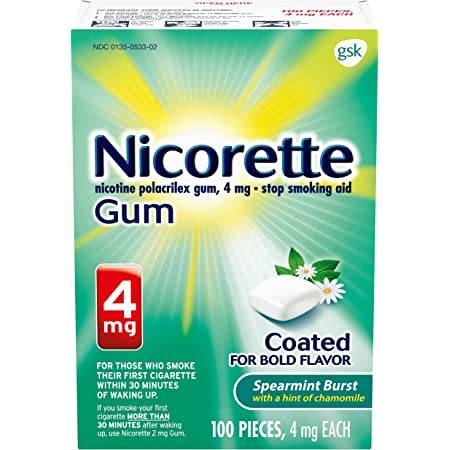
XYLITOL POISONING IN DOGS
Xylitol poisoning is a serious condition that can occur when dogs consume products that contain this sugar substitute. Symptoms of xylitol poisoning include:
- Vomiting
- Diarrhea
- Lethargy
- Weakness
- Collapse
- Seizures
- Liver damage
- Liver failure
Xylitol poisoning can be fatal. If you think your dog has consumed xylitol containing products, you should know that products containing xylitol are quickly absorbed and toxic to dogs which means your dog requires aggressive treatment.
HOW MUCH XYLITOL CAUSES TOXIC XYLITOL INGESTION?
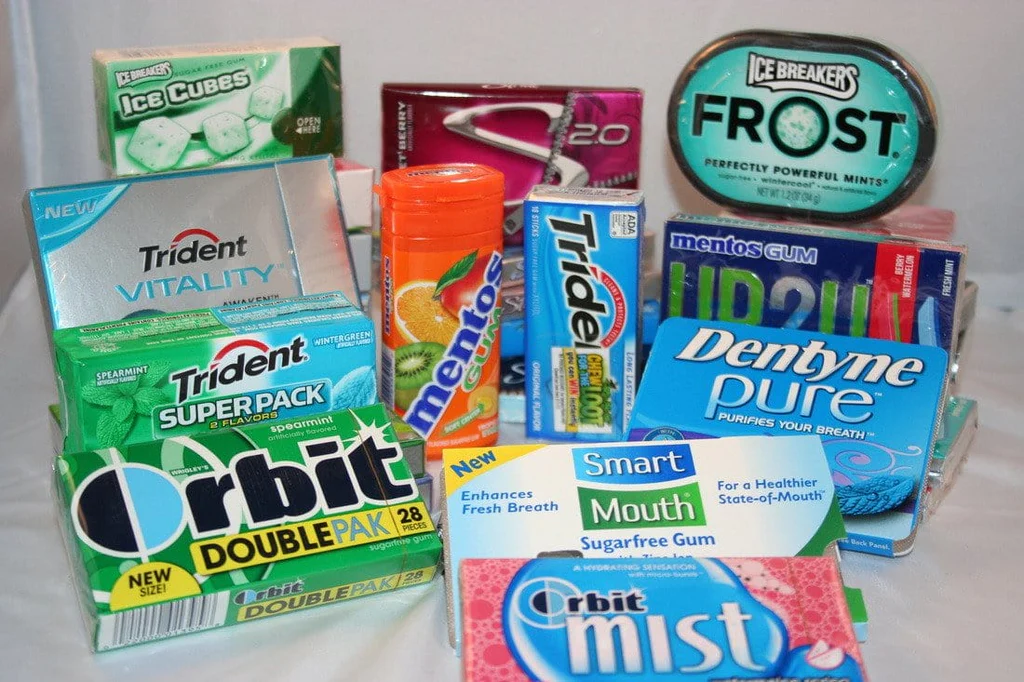
How much xylitol can cause xylitol poisoning in dogs? Xylitol poisoning can happen from a dog eating just one piece of chewing gum, sweet treats or chewing gums.
If your dog ingested just one piece of chewing gum, it could be toxic or even fatal.
There is no saying how much xylitol is toxic to dogs, but even a small amount can be lethal.
If you think your dog has ingested xylitol, call your veterinarian or emergency animal hospital immediately. Treatment for xylitol poisoning is expensive and may not be covered by pet insurance.
ASPCA Animal Poison Control Center Phone Number: (888) 426-4435. When you are in doubt whether your dog ingested a product containing xylitol, call the Animal Poison Control Center as ingesting xylitol affects dogs differently. Dogs that are small, old, or have liver problems are at greater risk for developing xylitol poisoning. The pet poison helpline will be able to help determine whether there was xylitol present in the product that your dog ate.
WHY IS INGESTING XYLITOL DANGEROUS FOR DOGS?

Xylitol poisoning in dogs causes:
- Liver failure
- Severe liver damage
- Blood sugar level to drop
- Vomiting
- Diarrhea
- Lethargy
- Weakness
- Seizures
- Collapse
- Coma
- Death
Xylitol is a sugar alcohol that is slowly absorbed into the bloodstream, which can cause a drop in blood sugar levels. Xylitol is also an artificial sweetener that is made from birch trees. It is found in many sugarless products such as gum, candy, and toothpaste. Xylitol is safe for humans to consume, but it is extremely toxic to dogs. Even a small amount of xylitol can cause poisoning in dogs. Treatment for xylitol poisoning can be expensive and may not be covered by pet insurance.
WHAT ARE DOG’S SYMPTOMS OF XYLITOL INGESTION?
If your dog ate xylitol they are likely experiencing a loss of liver function. Without treatment, they can have severe liver damage.
Typically, symptoms arise within 12 hours of ingestion and may include:
- Vomiting
- Diarrhea
- Lethargy
- Weakness
- Collapse
- Seizures
Liver damage can occur within 24-48 hours and may include:
- Jaundice (yellowing of the skin)
- Abnormal bleeding
- Bruising easily
- Swollen abdomen
- Increased thirst
- Urinating more frequently
- Loss of appetite.
When a dog eats gum, sweet treats, or something else containing xylitol, their blood glucose levels drop quickly. This can happen within 30 minutes to 12 hours after ingestion.
Symptoms of xylitol poisoning and clinical signs of low blood sugar levels in dogs include:
- Weakness
- Lethargy
- Collapse
- Seizures
- Coma
Without treatment, xylitol poisoning can be fatal. If you think your dog ate gum, their liver enzymes need to be protected quickly. The blood glucose needs to be monitored and replaced as necessary.
If you think your dog has xylitol poisoning, call your veterinarian or emergency animal hospital immediately. Always keep the pet poison helpline information on hand just incase.
CHEWING GUM AND XYLITOL POISONING
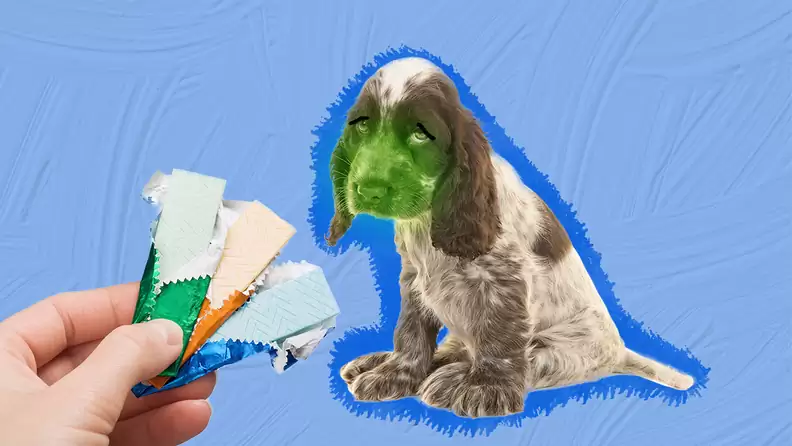
Chewing gum is one of the most common things that a dog will eat that humans use which contained xylitol.
Sugar free gum contains xylitol which is a sugar alcohol that is slowly absorbed into the bloodstream, which can cause a drop in blood sugar levels. Xylitol is also an artificial sweetener that is made from birch trees. It is found in many sugarless products such as gum, candy, and toothpaste. Xylitol is safe for human use, but can be deadly when a dog has eaten xylitol.
DOG’S BLOOD SUGAR AND XYLITOL GUM
Since some gum has xylitol in it, consumption of human gum can be fatal and can cause a dog’s blood sugar to drop quickly.
Xylitol poisoning in dogs is one hundred percent preventable. Just make sure to keep sugar free gum away from dogs.
If your dog has consumed sugar free chewing gum, they are at risk for xylitol poisoning, low blood sugar, and liver failure. They should be taken to the vet immediately. The vet will monitor your dog’s blood glucose level and prevent further absorption by giving fluids and possibly inducing vomiting.
WHAT HAPPENS IF YOUR DOG EATS XYLITOL?
Liver failure is the biggest danger of xylitol poisoning in dogs. With such low blood sugar, xylitol poisoning in dogs can be fatal.
Liver failure needs to be monitored by the vet immediately after the dogs symptoms begin.
Dextrose supplementation is necessary to keep the blood sugar up.
Fluids and inducing vomiting may be necessary to prevent further absorption of xylitol.
Hepatic protectants (liver protectants) are given to try and save the liver function.
Liver transplant may be the only option for some dogs.
| FAT GREAT DANES |
| ACUPUNCTURE FOR PAIN |
| HIP DYSPLASIA |
| BLOAT AND GUT HEALTH |
| TOENAIL PROBLEMS |
| GROWING PAINS |
| LASER THERAPY FOR PAIN |
| OFA HEALTH TESTING |
XYLITOL POISONING IN DOGS
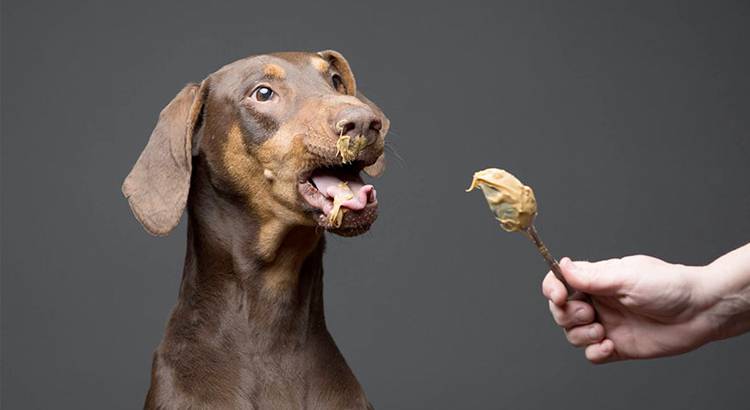
Xylitol poisoning in dogs is a very scary and dangerous thing.
Xylitol is an artificial sweetener that is found in many sugarless products such as gum, candy, and toothpaste. It is safe for human use, but can be deadly when a dog has eaten xylitol.
The good thing about xylitol poisoning in dogs is that it is completely preventable. In order to prevent xylitol poisoning in dogs:
- Keep sugar free chewing gum away from your dogs
- Do not share your sweet or baked items with your dog
- Do not use toothpaste intended for humans to brush their teeth
- Crate your dog if you are not with them to avoid them eating things they should not eat
- Take them to the vet quickly for blood tests and treatment if you suspect they have consumed something toxic
READ MORE:

